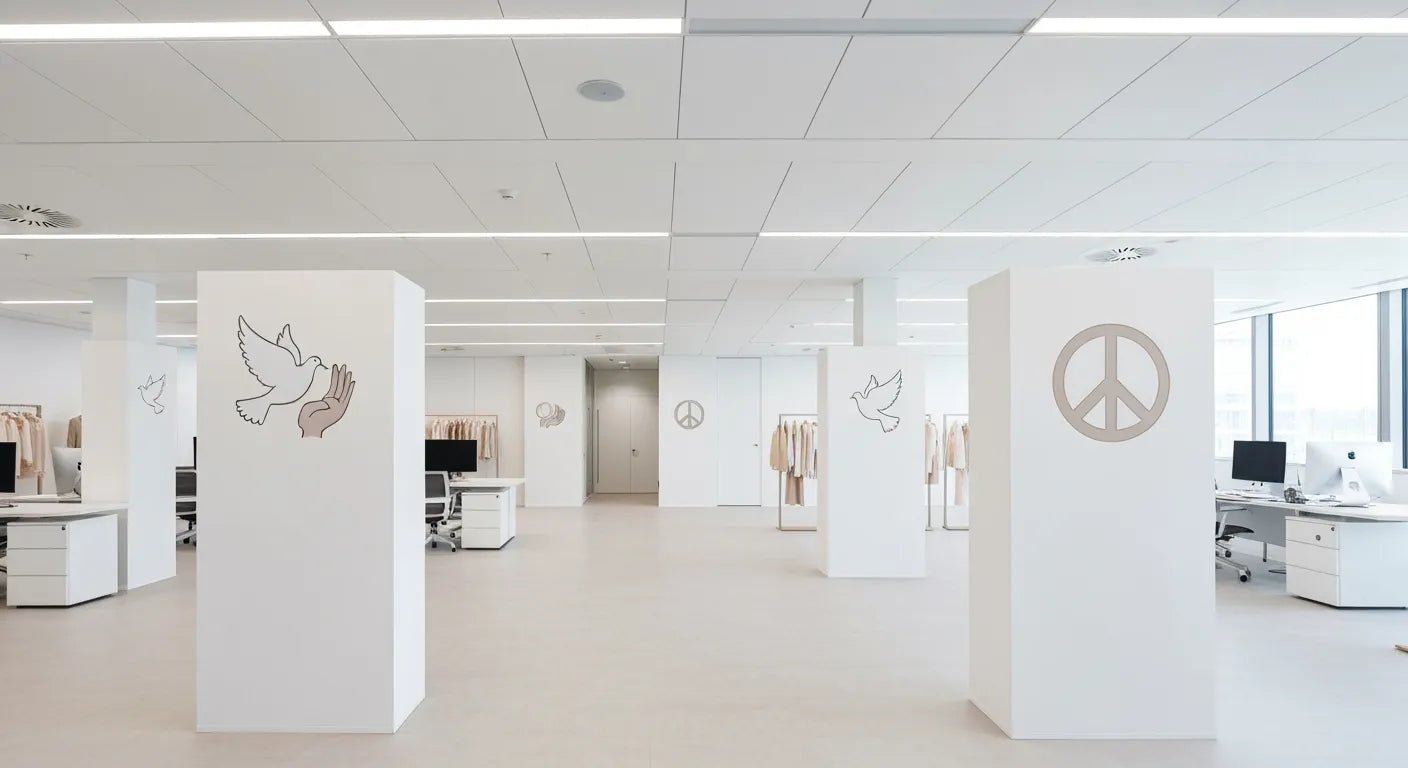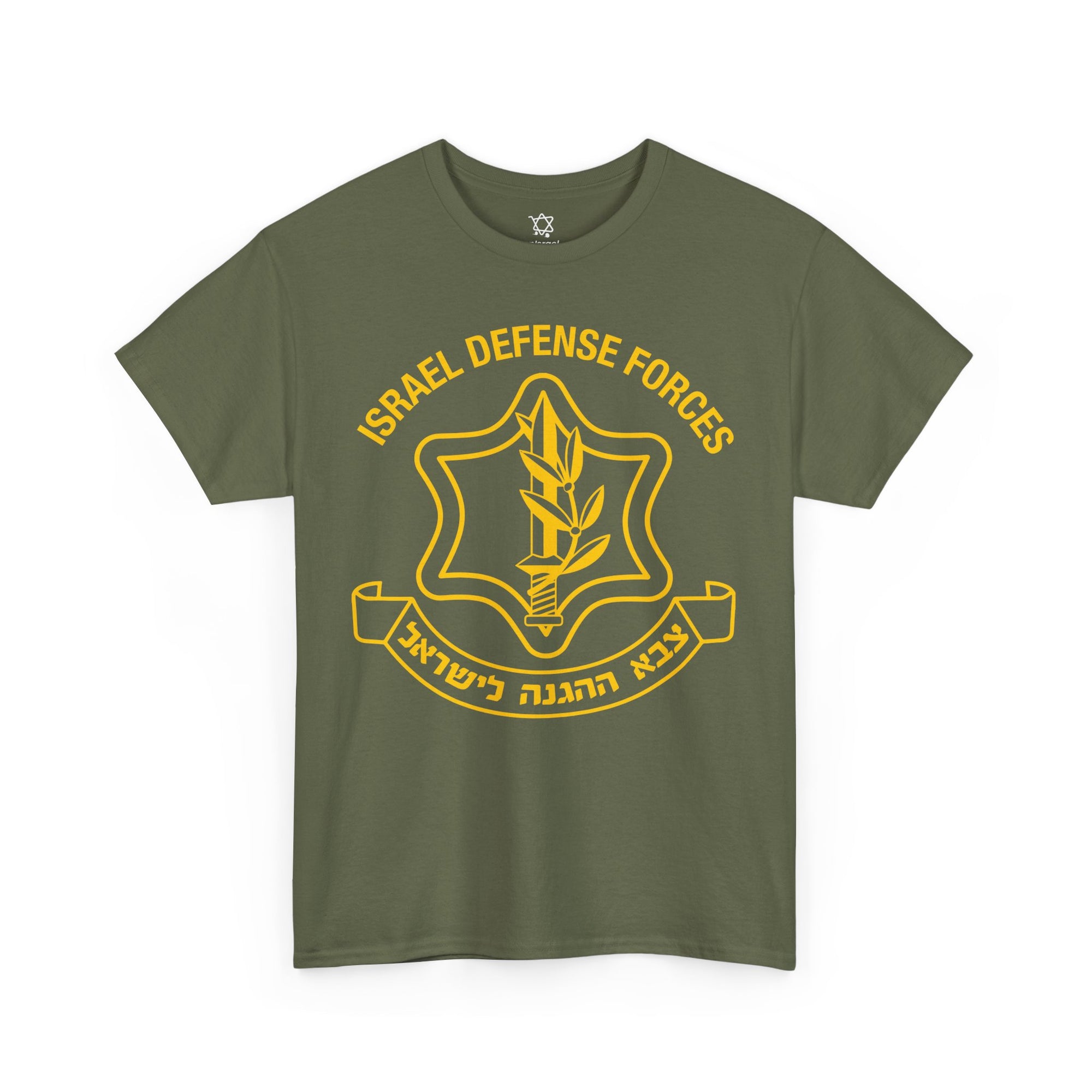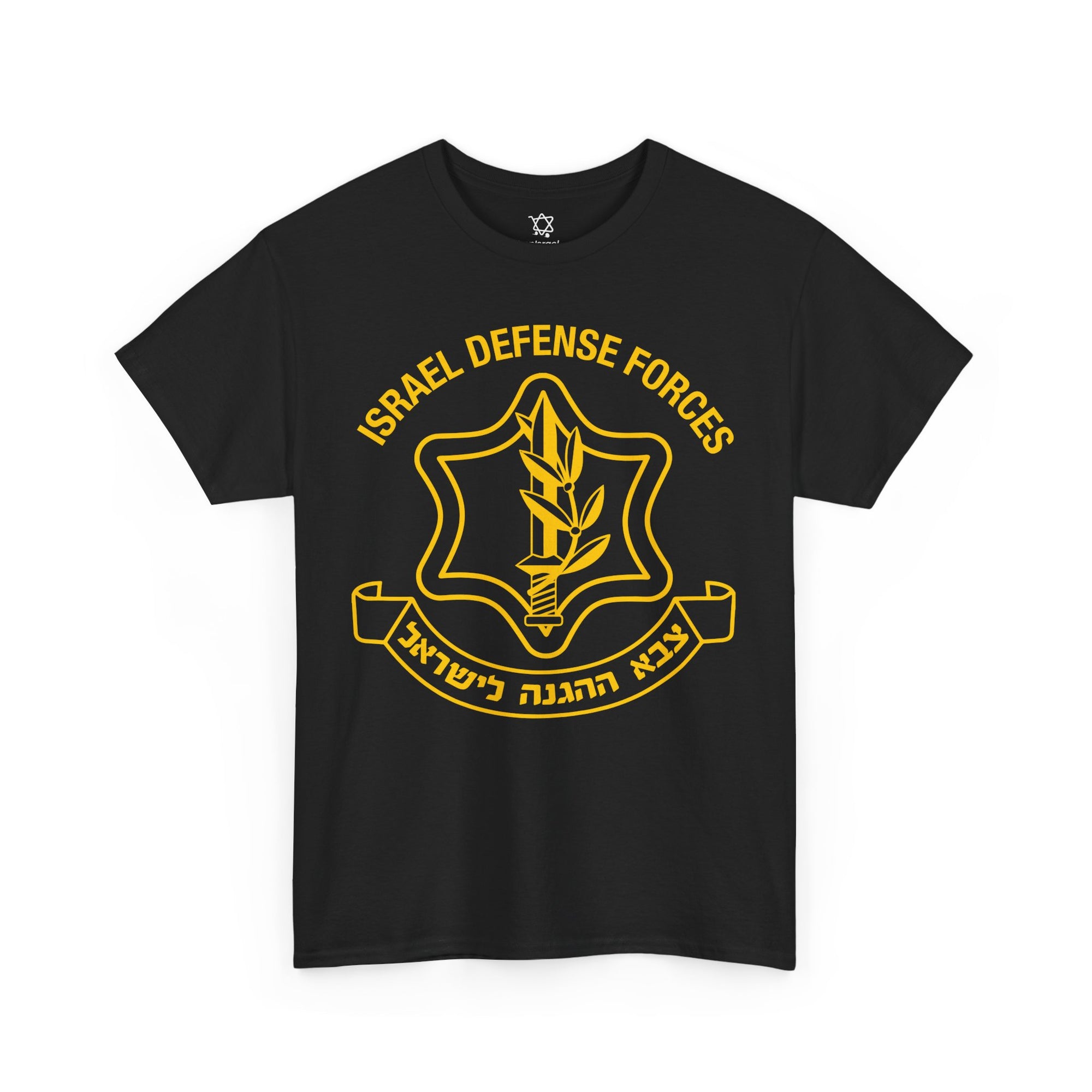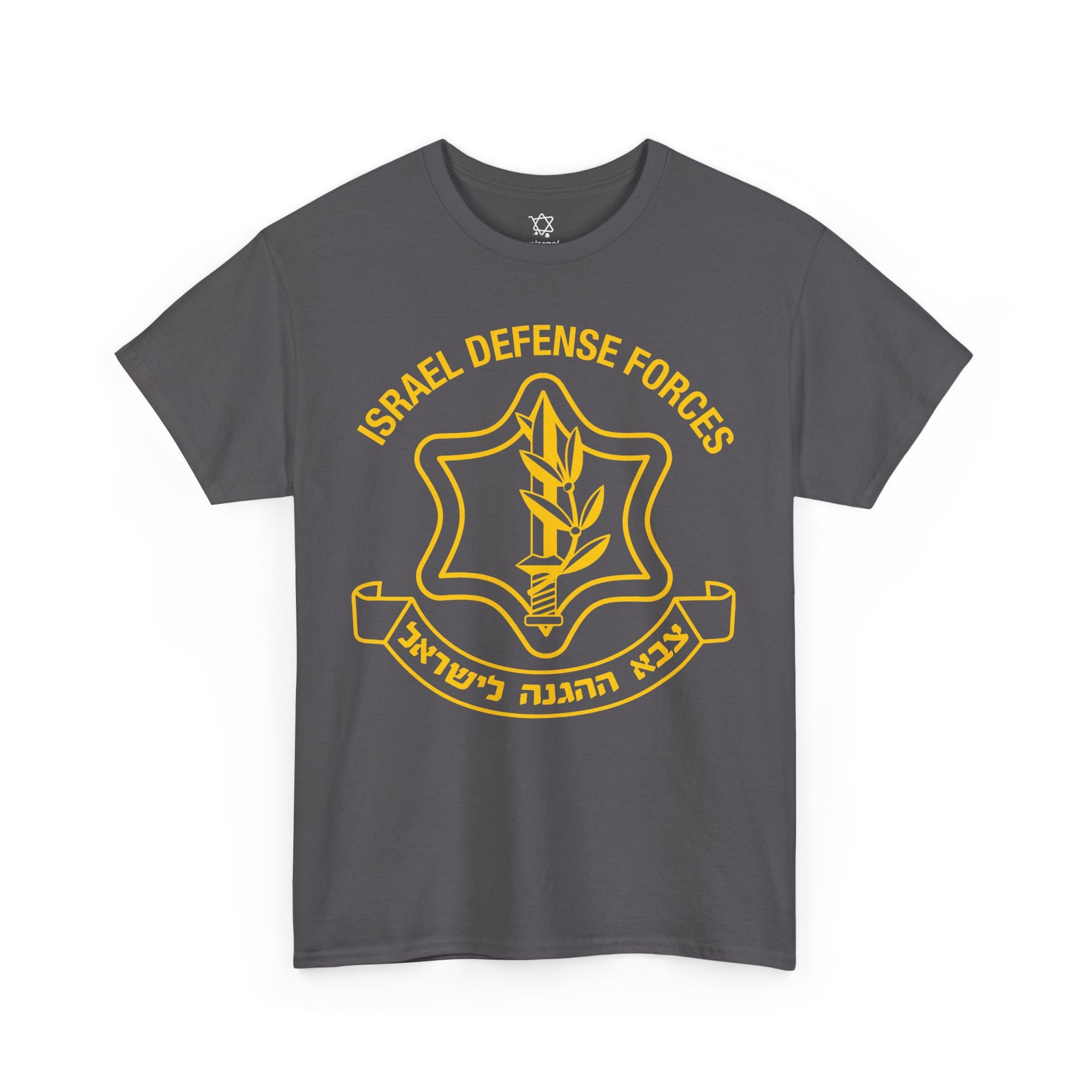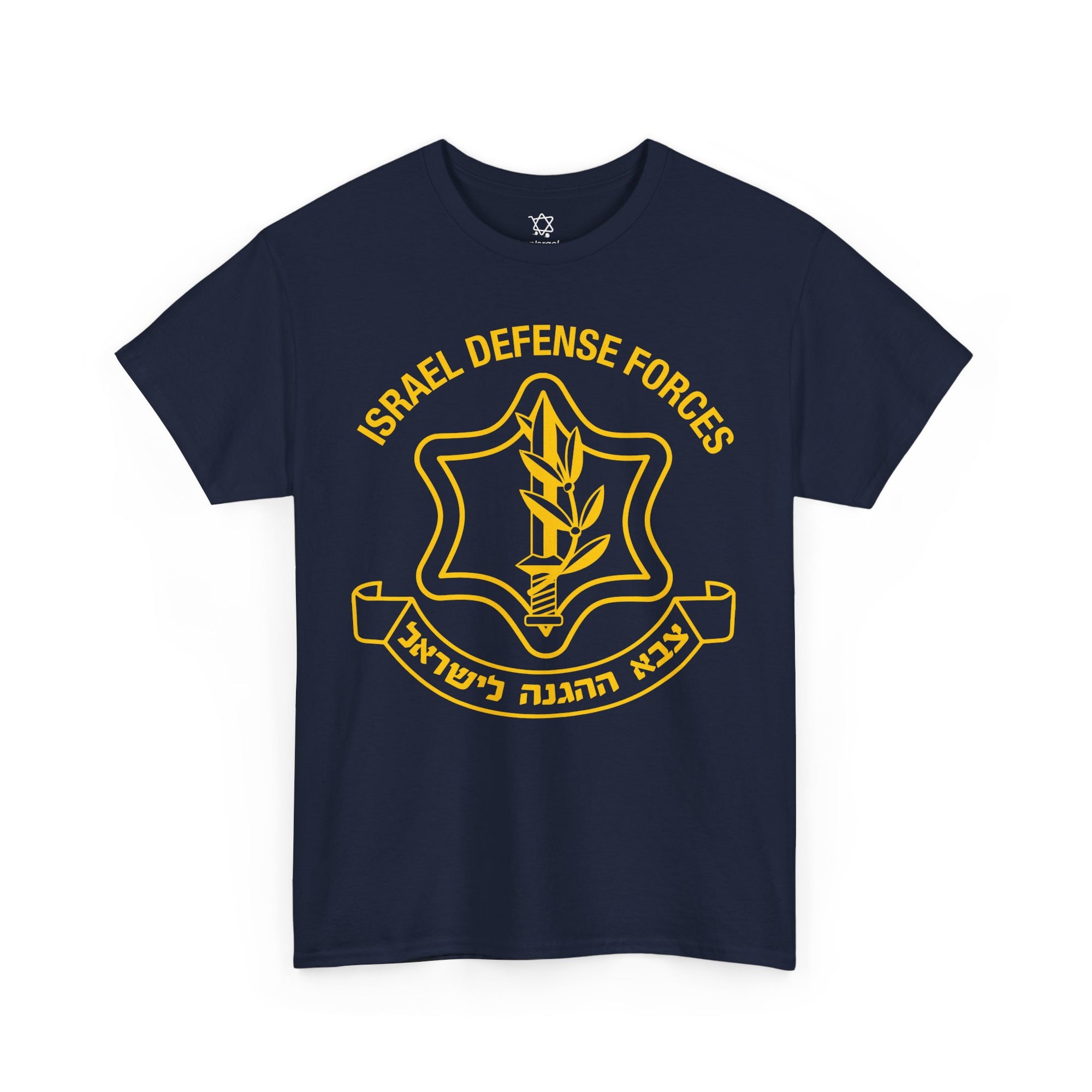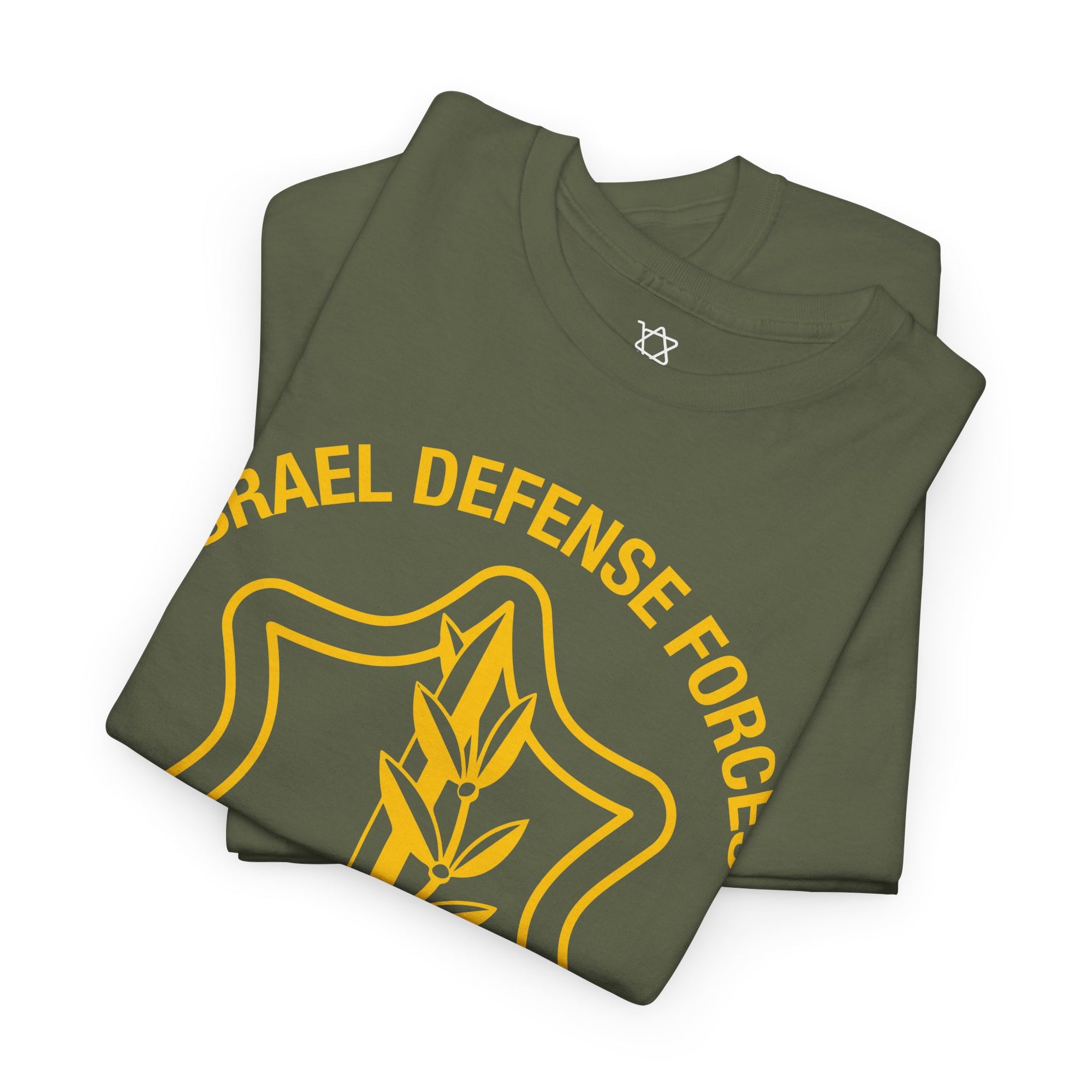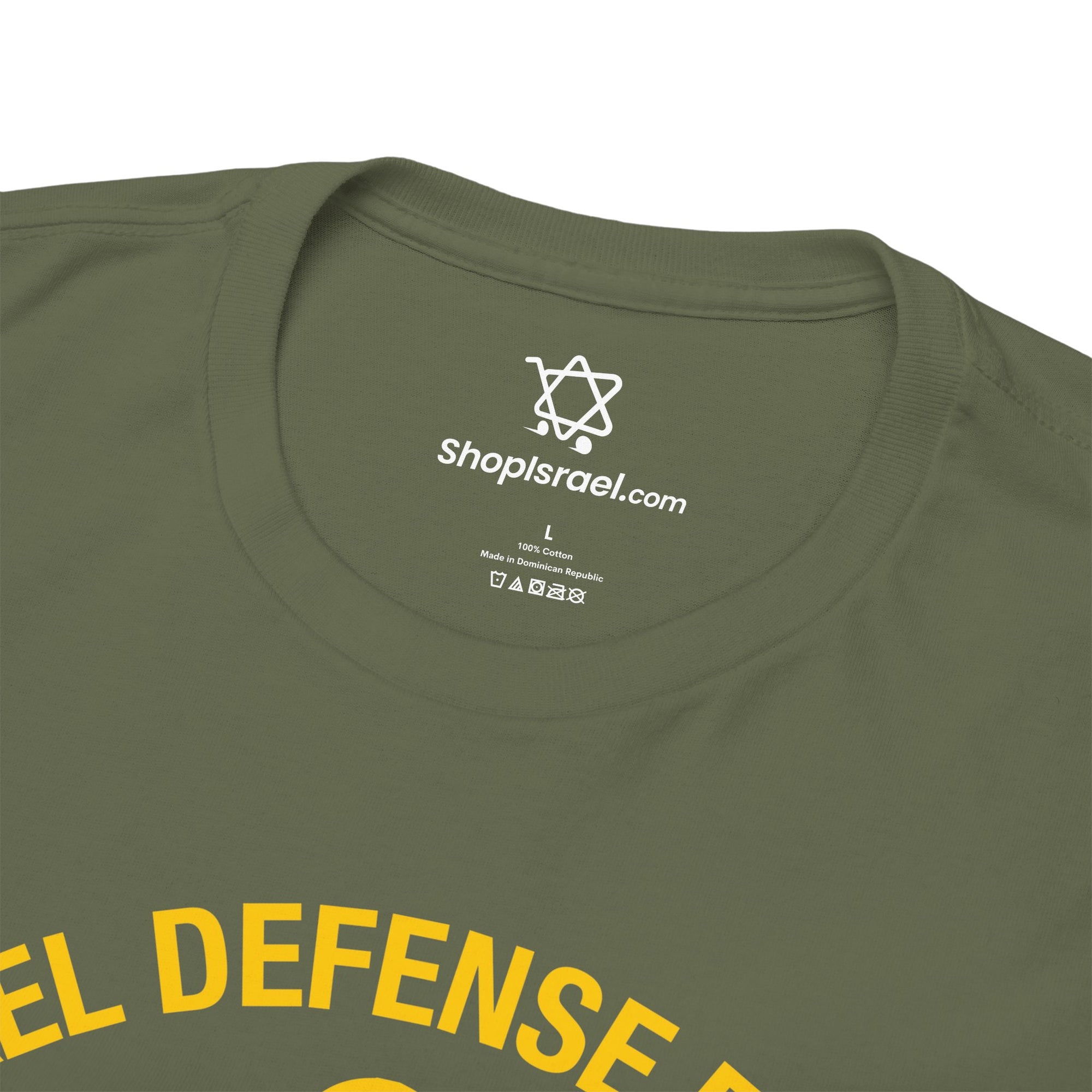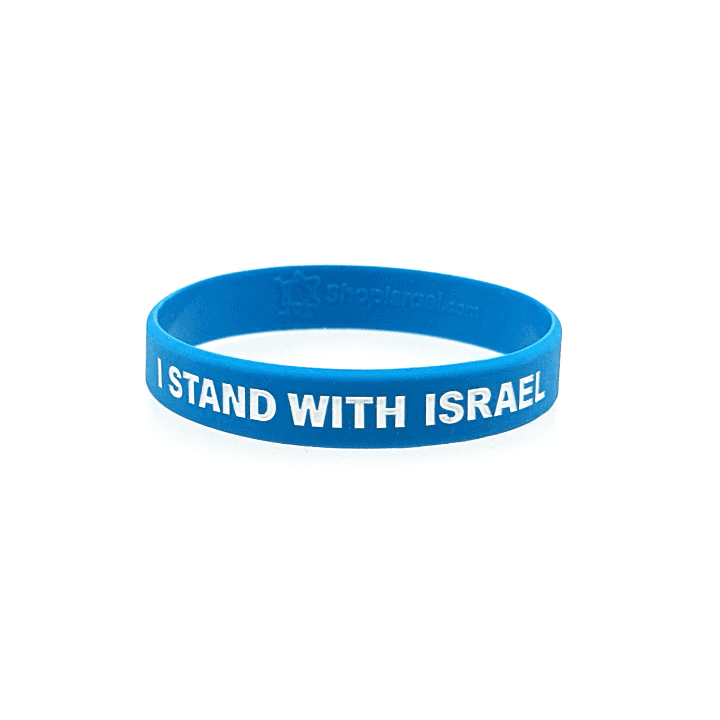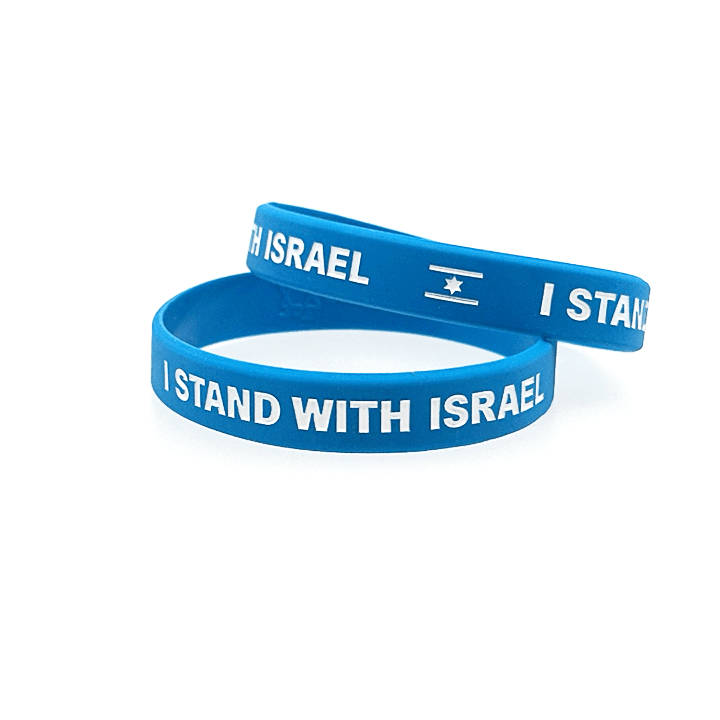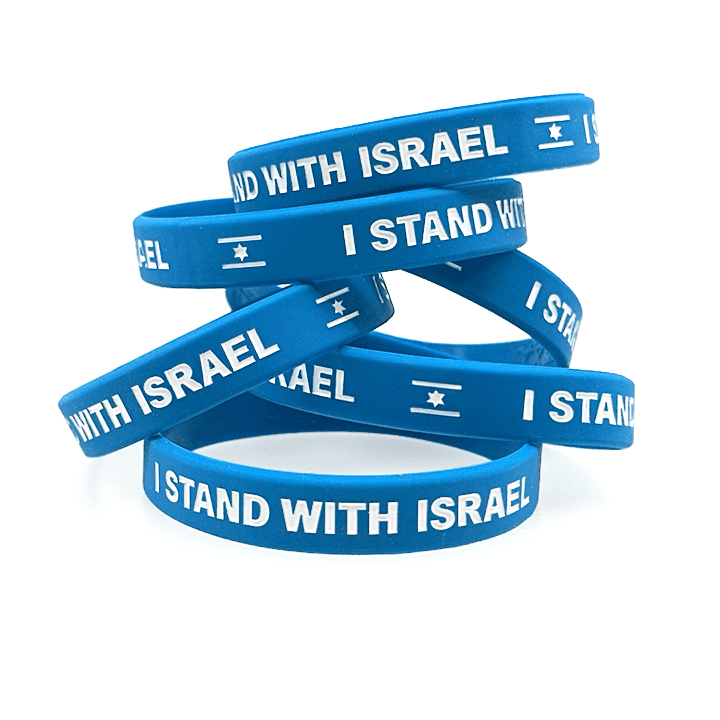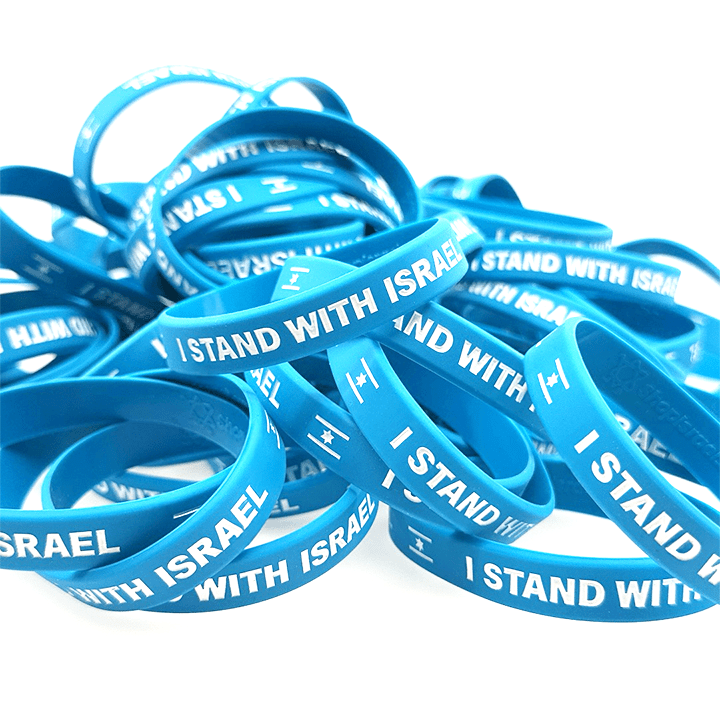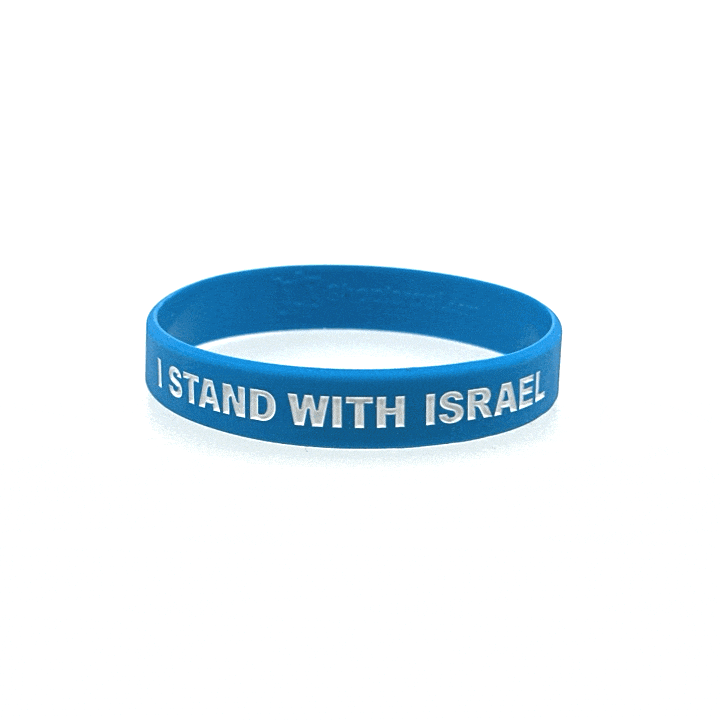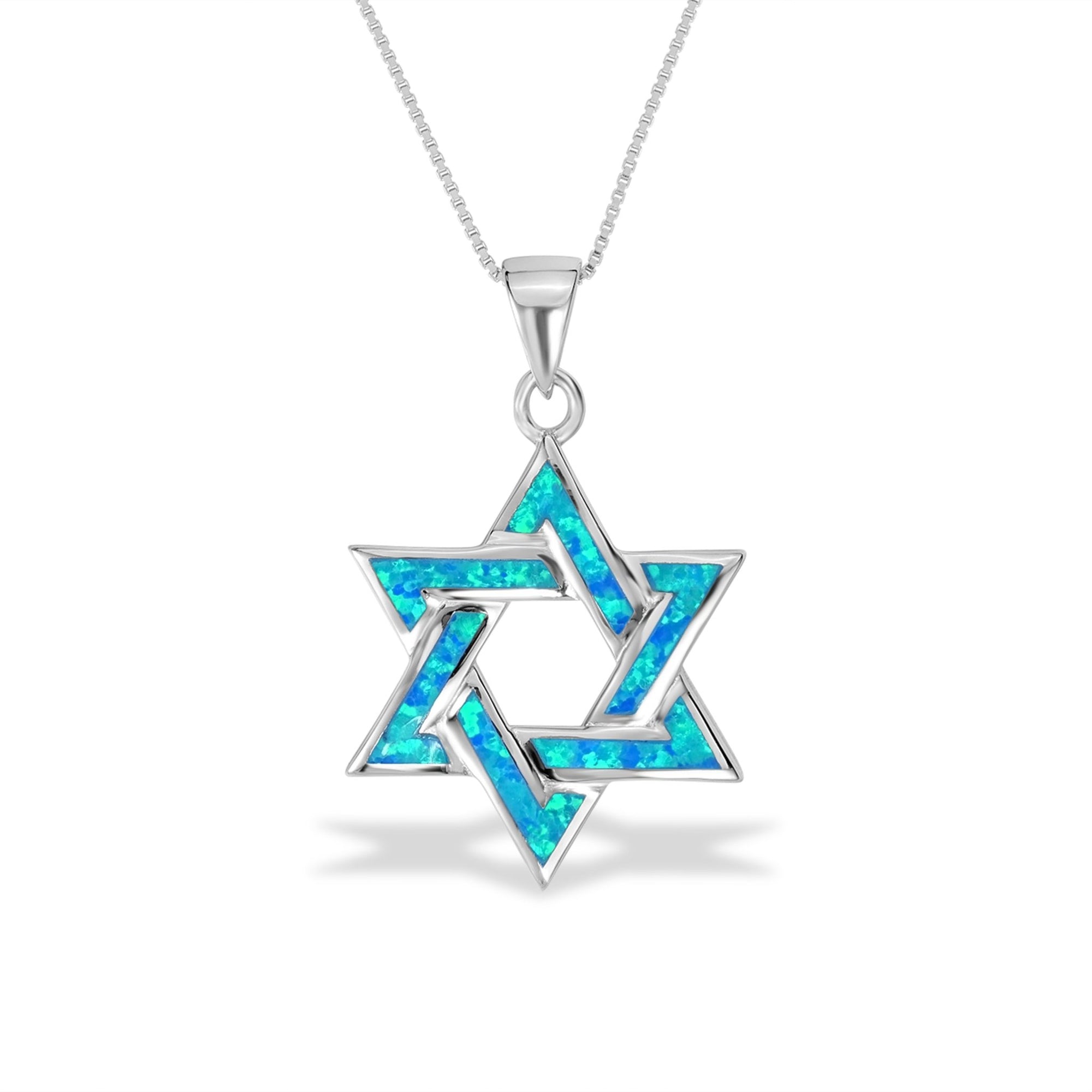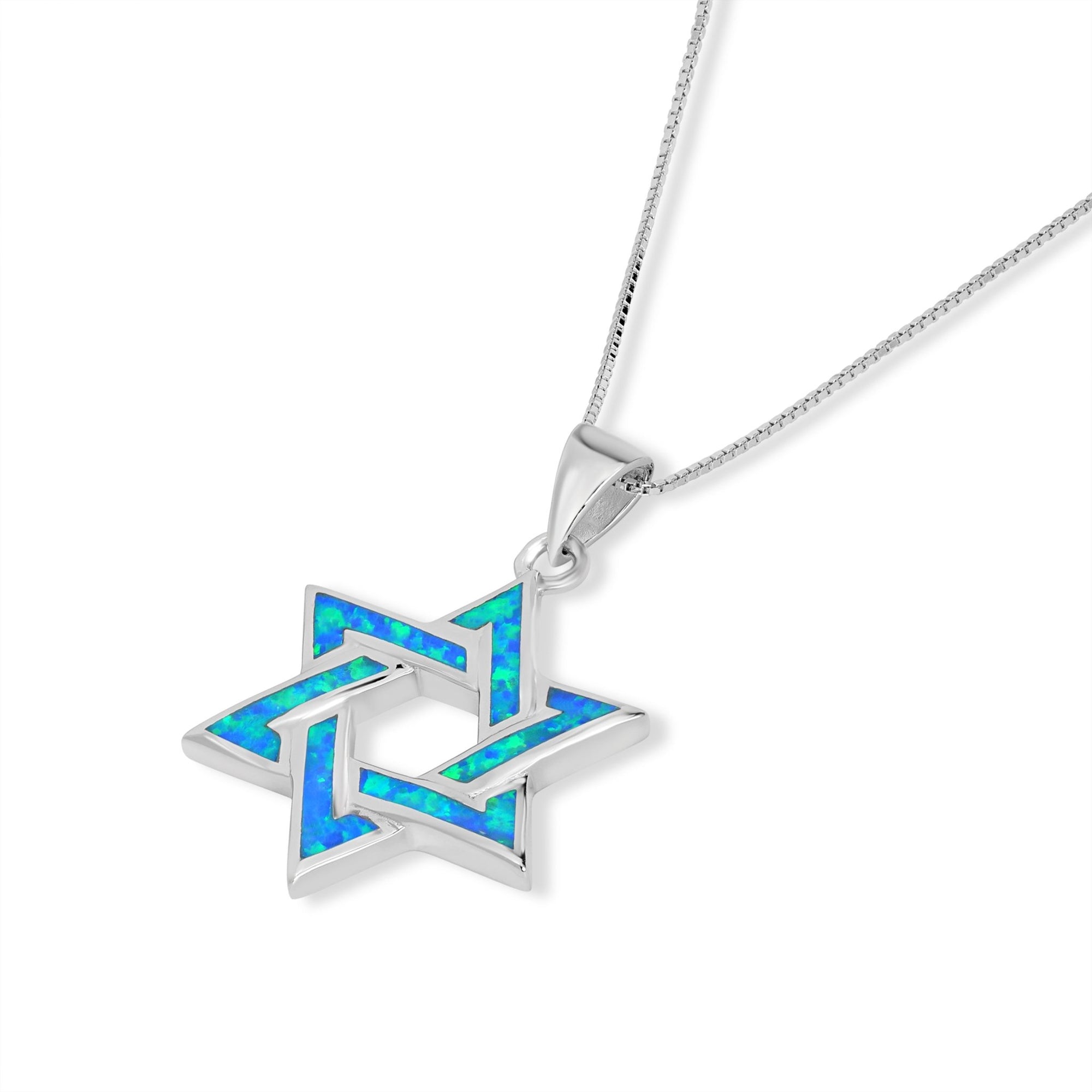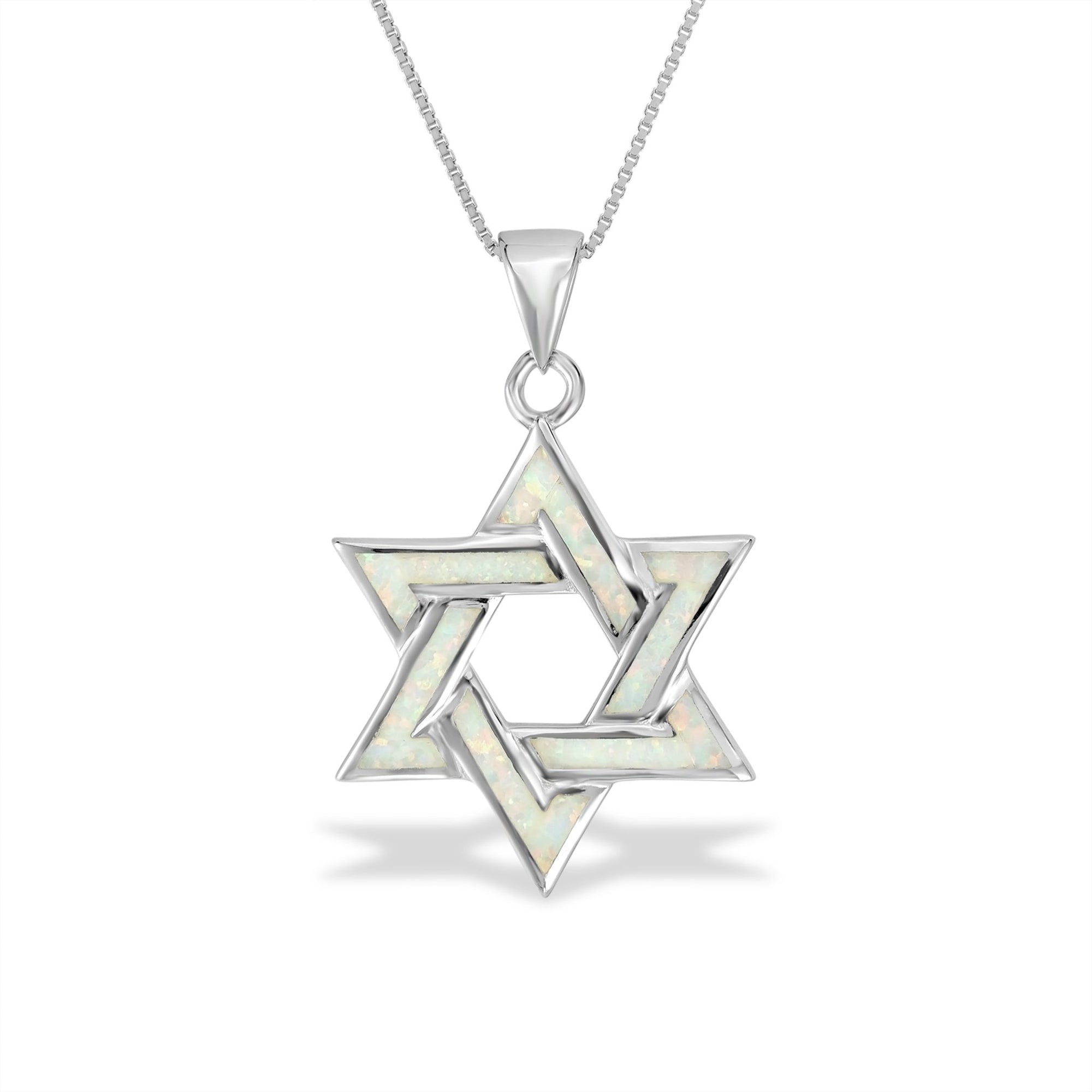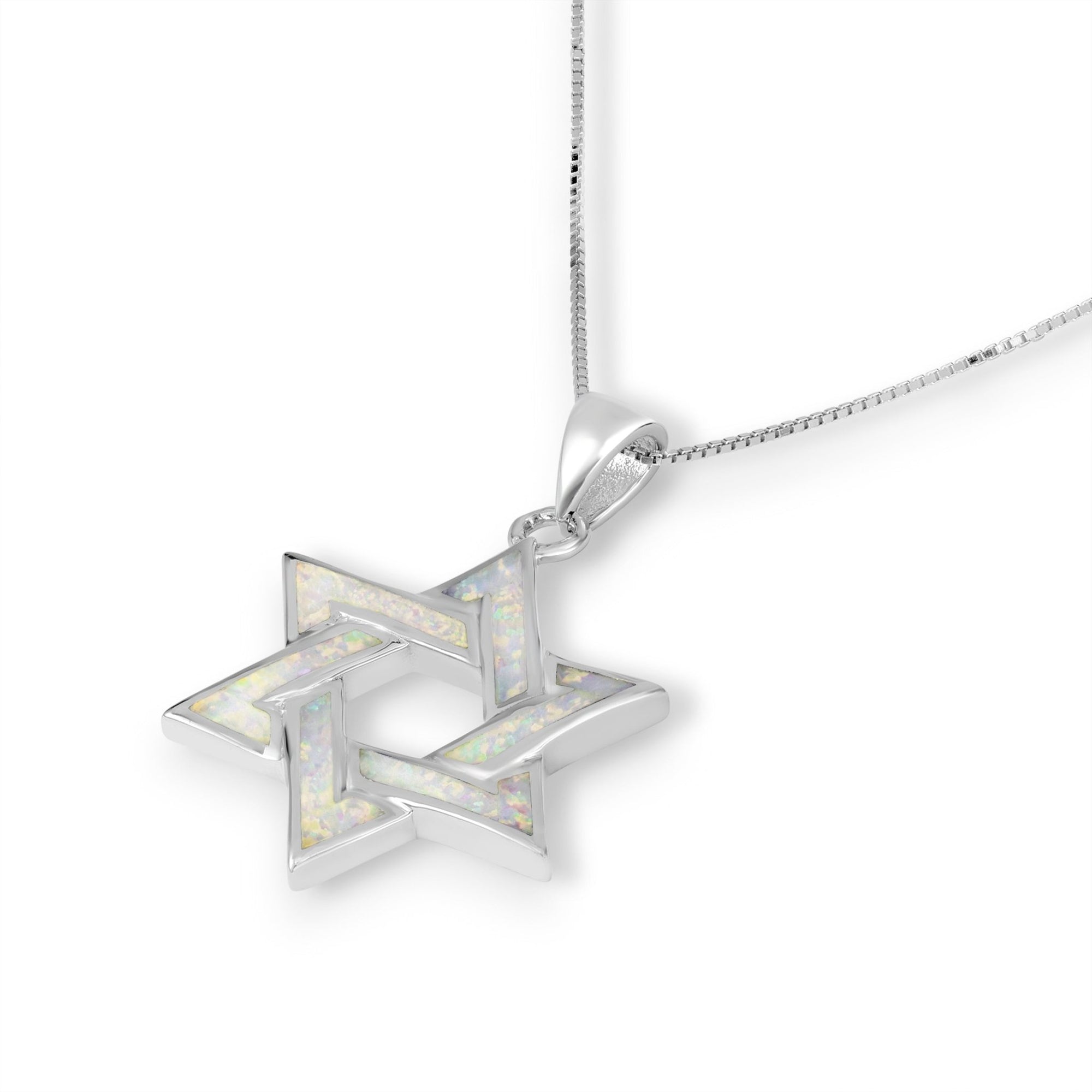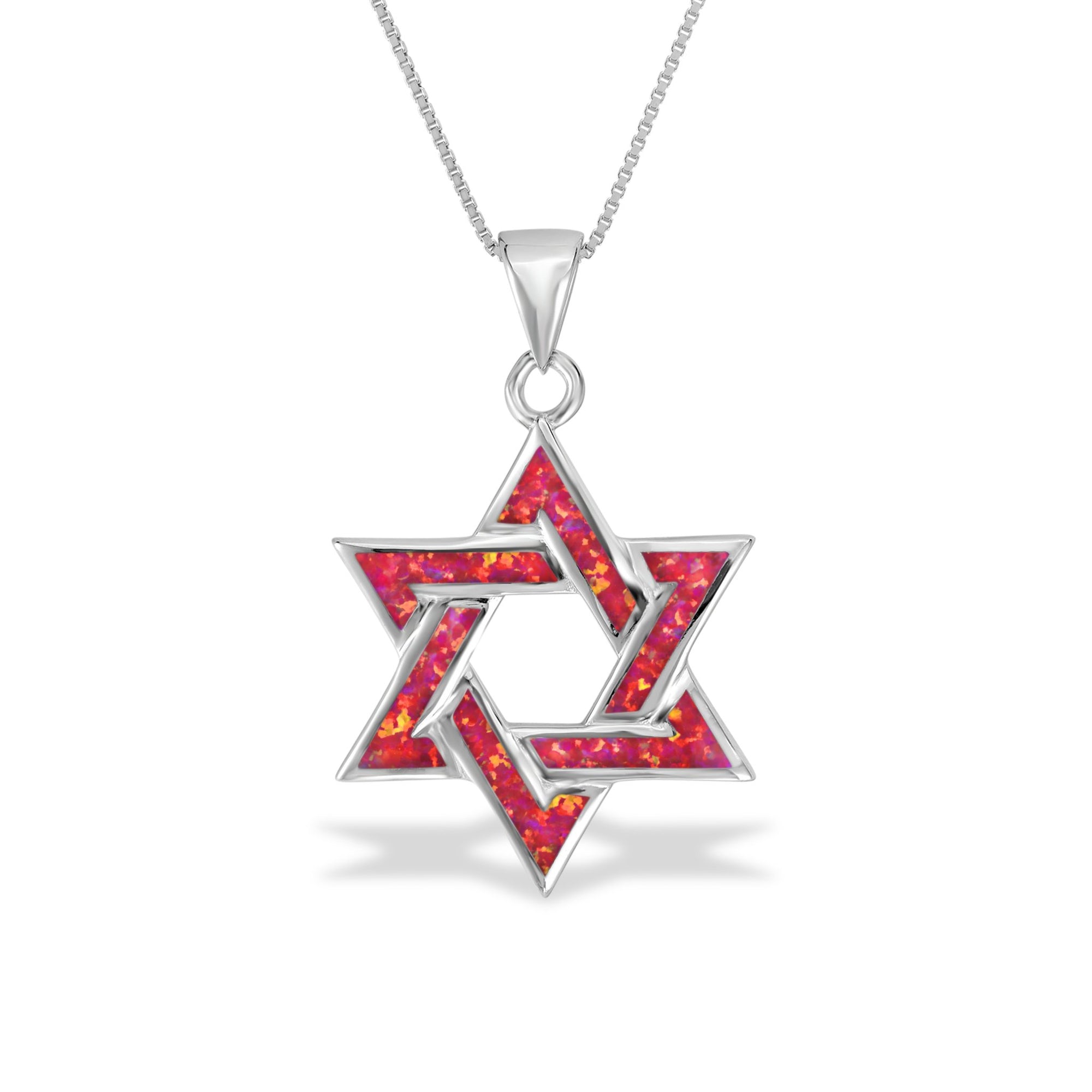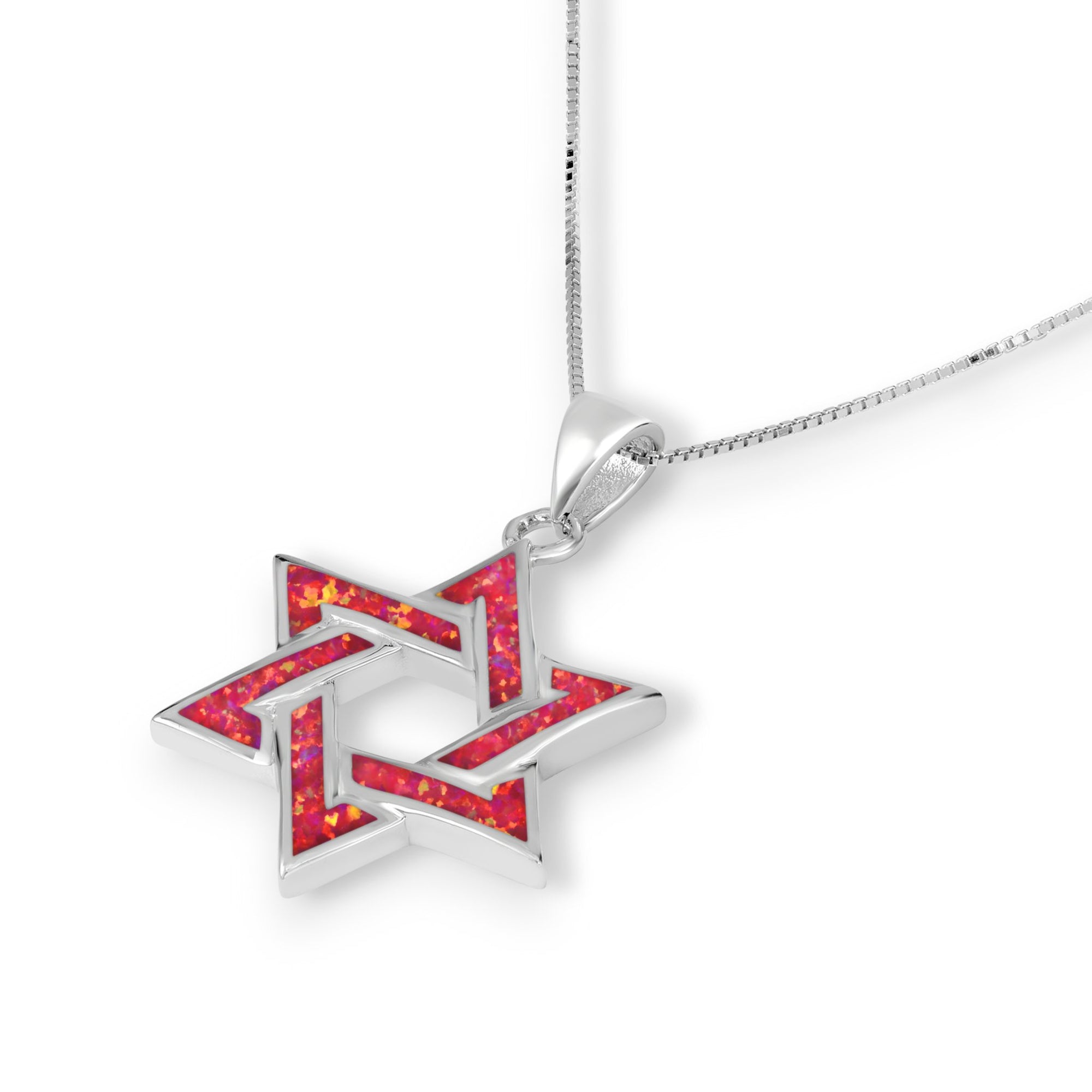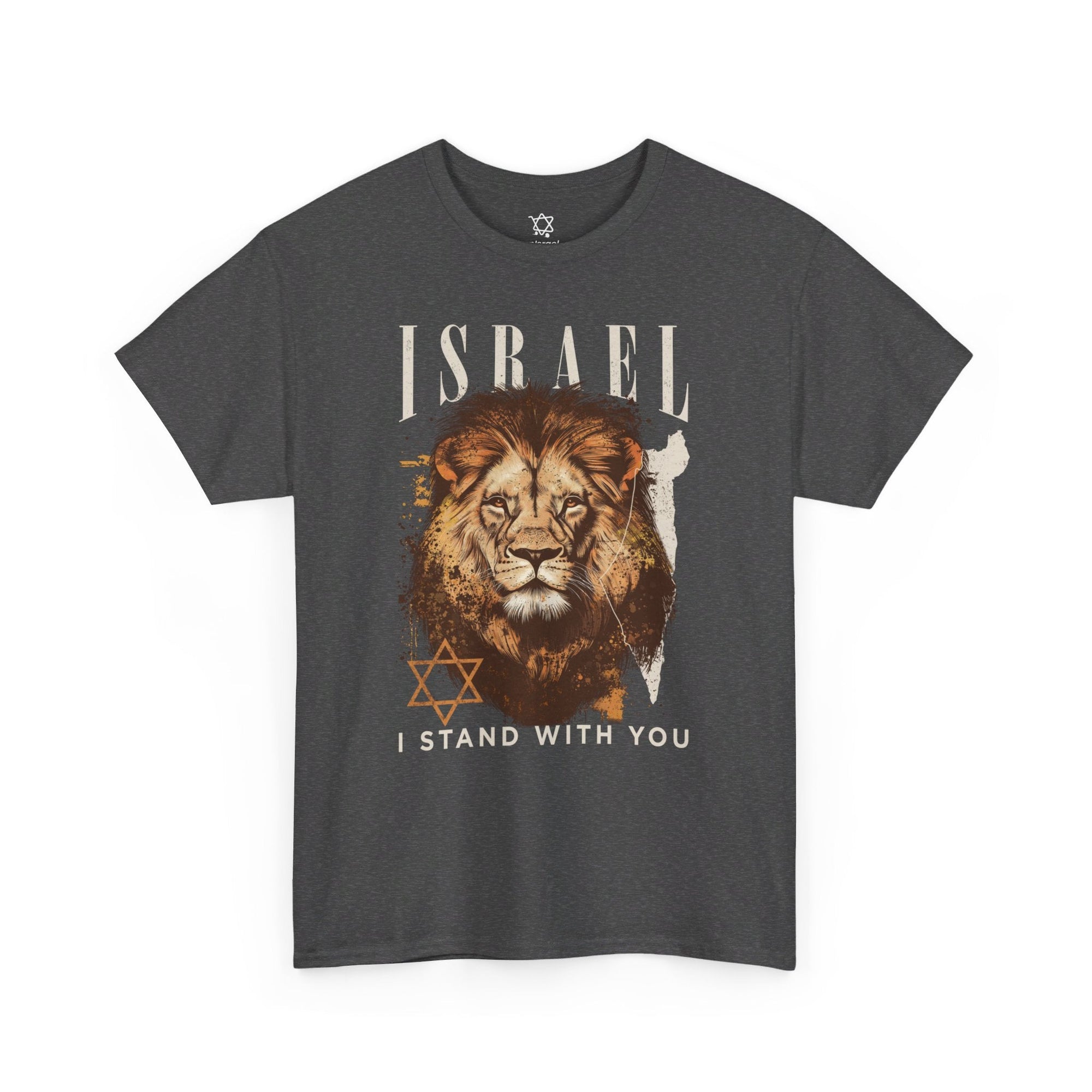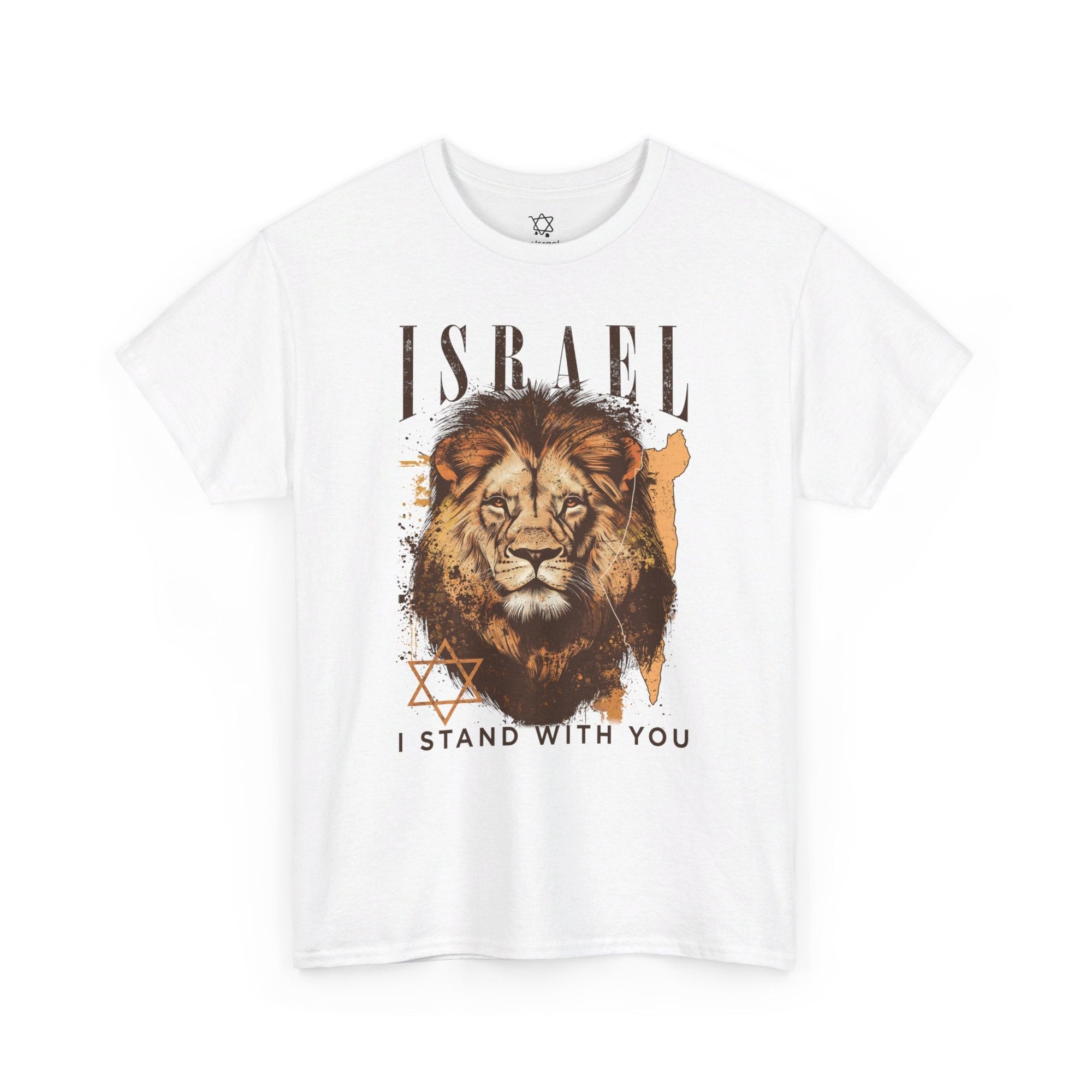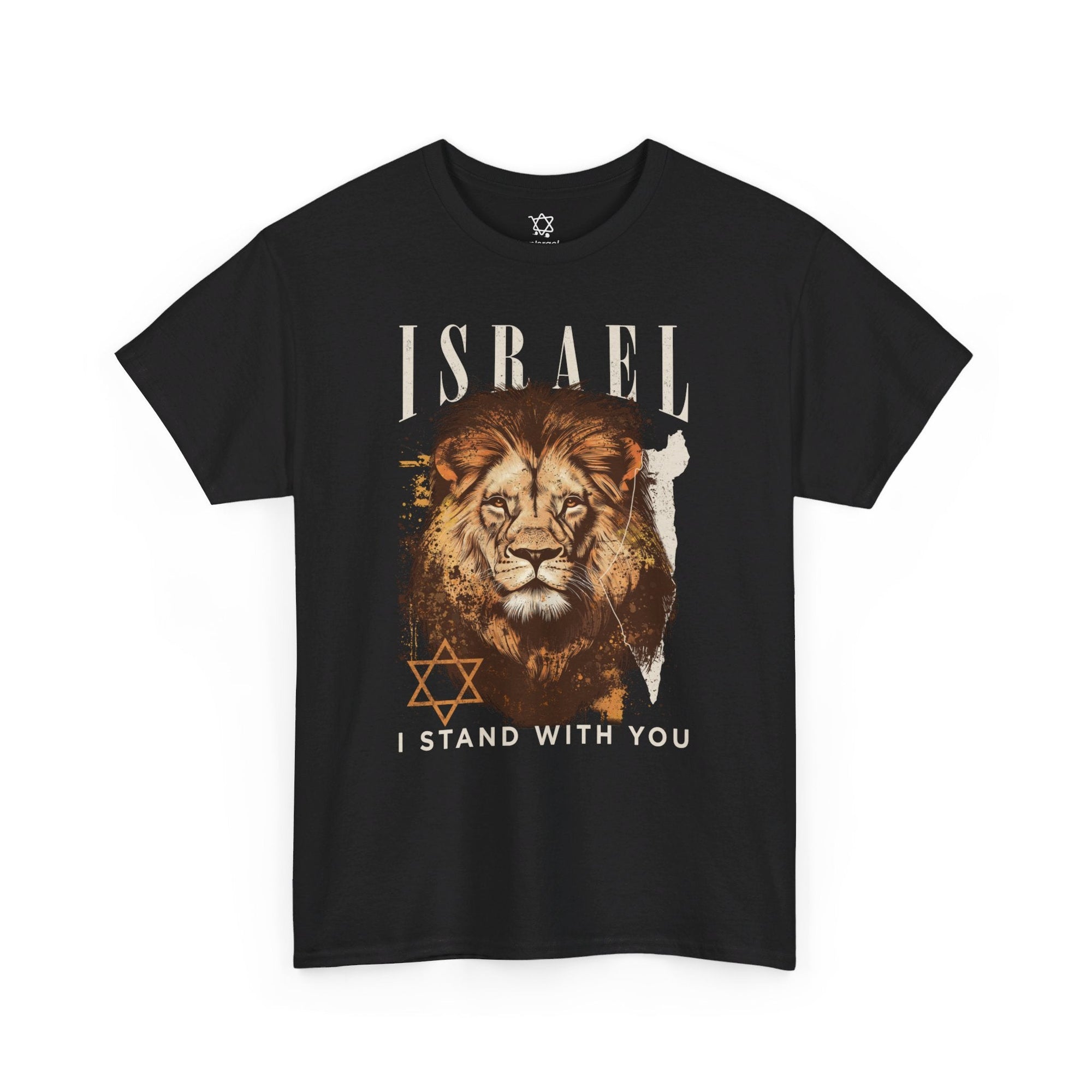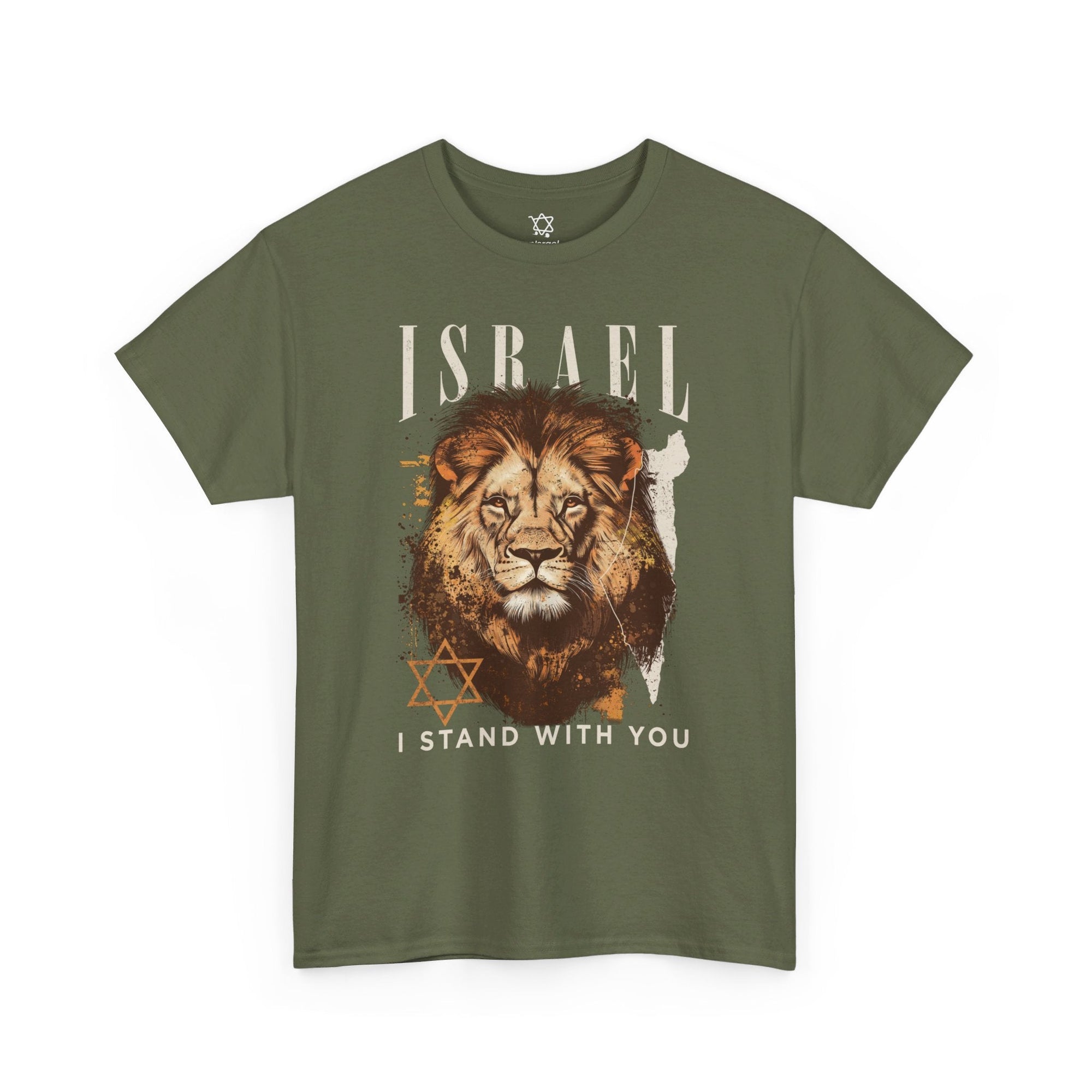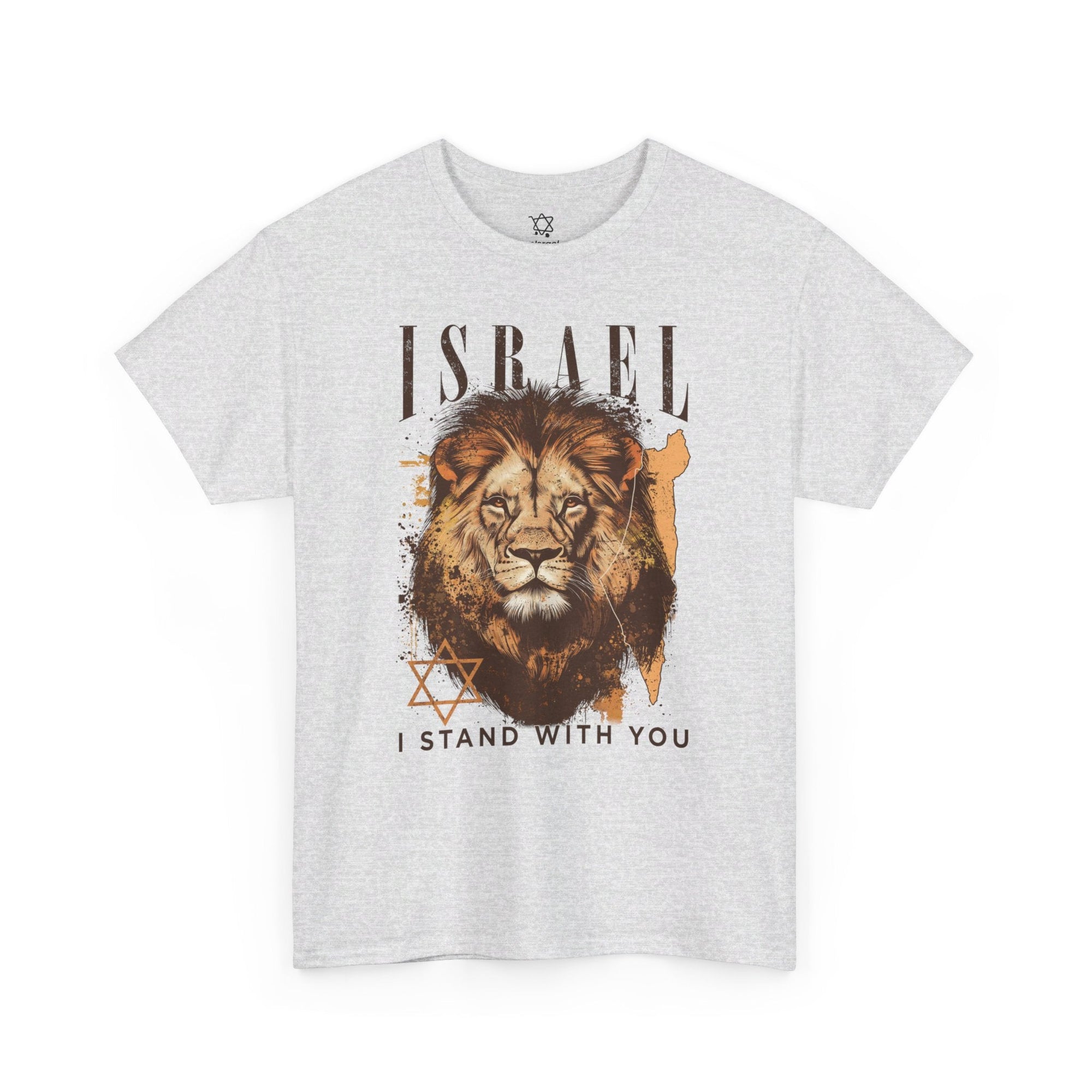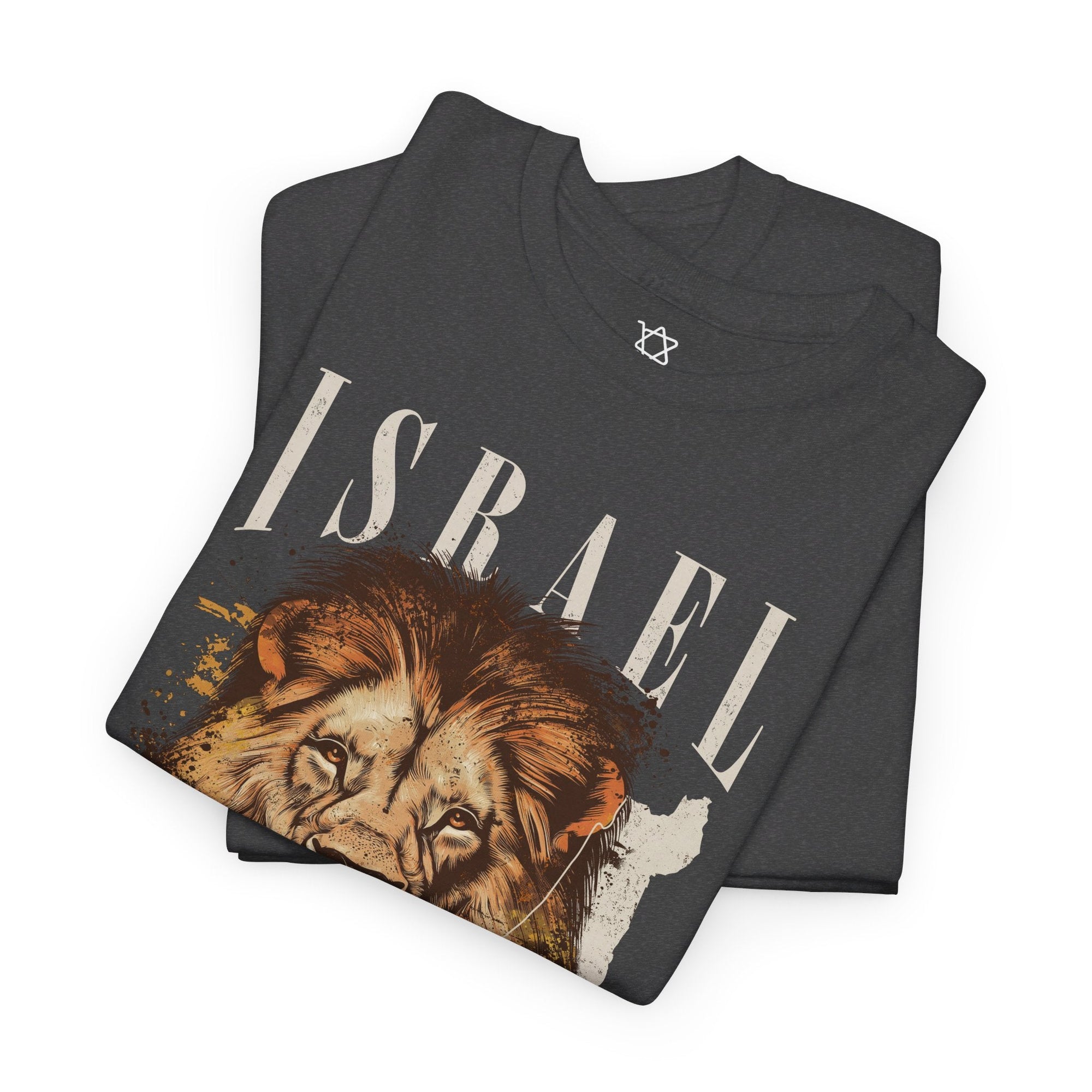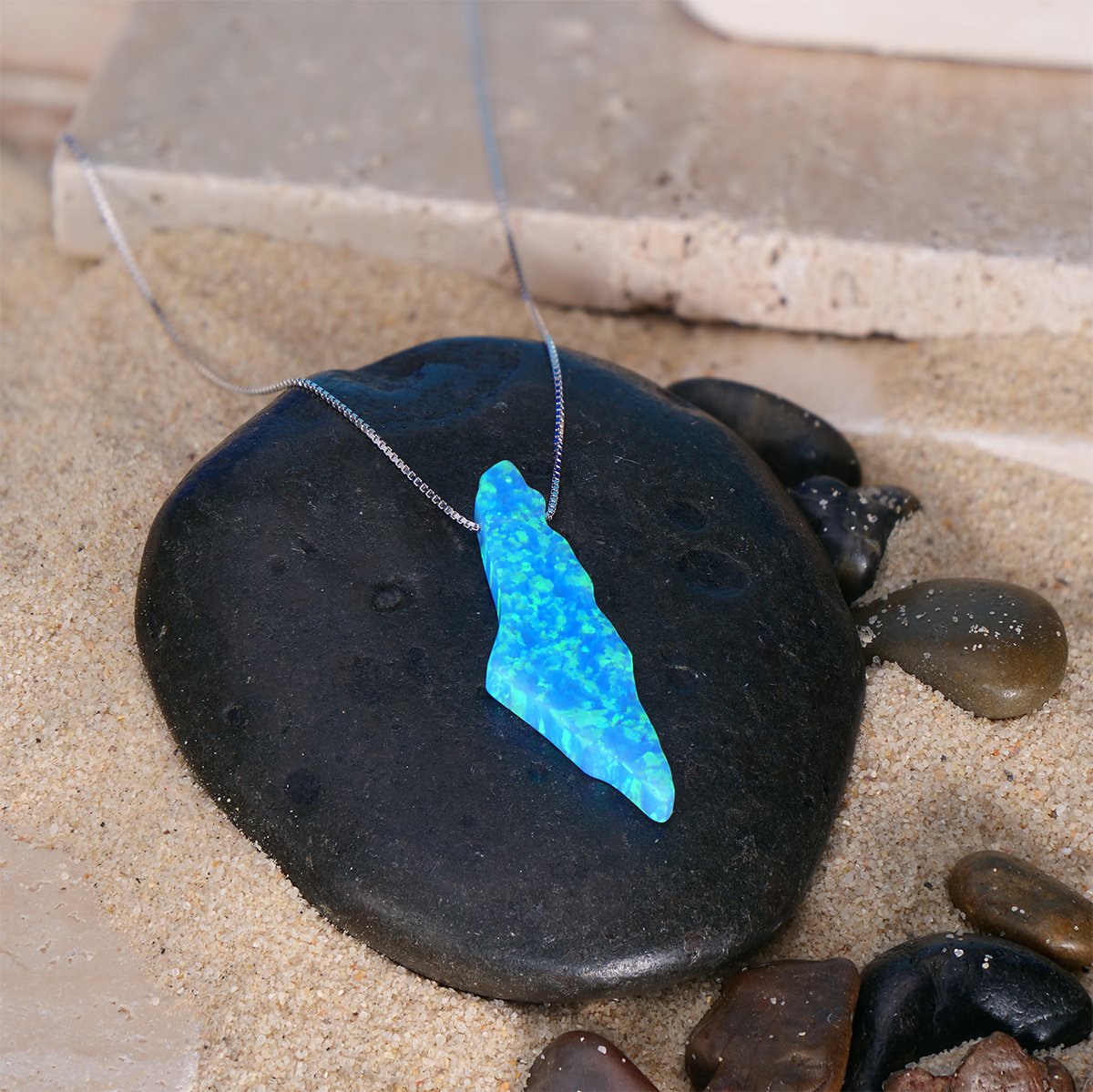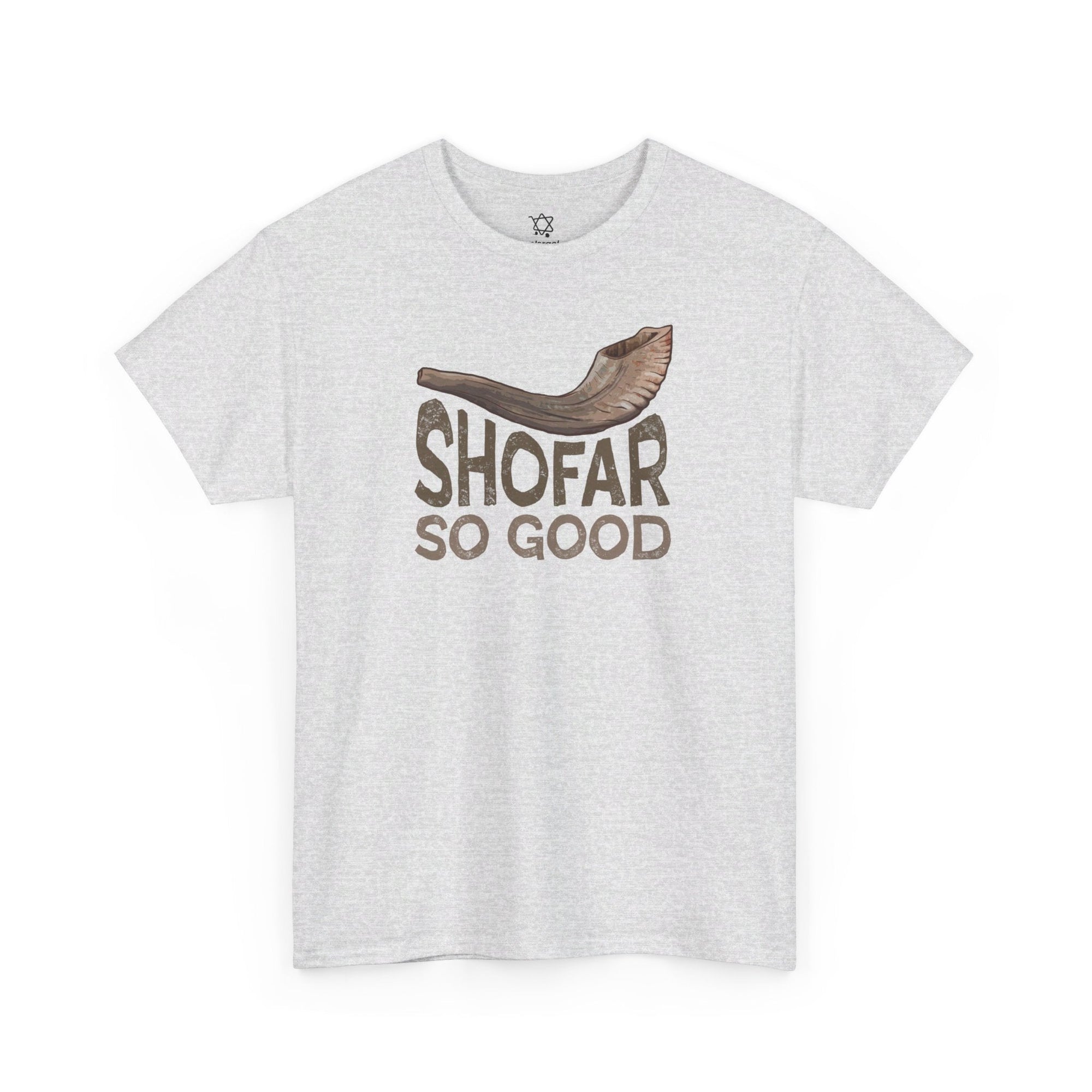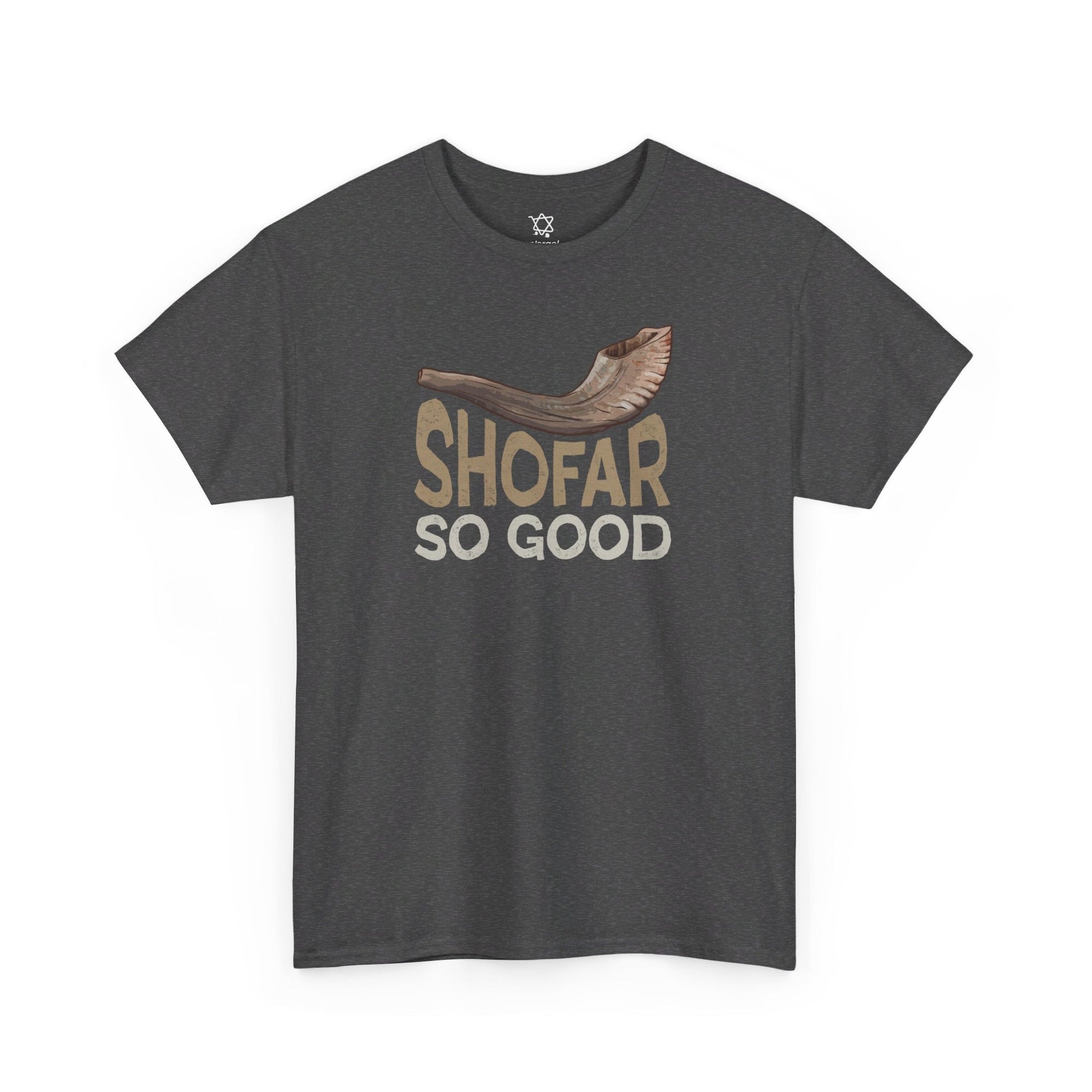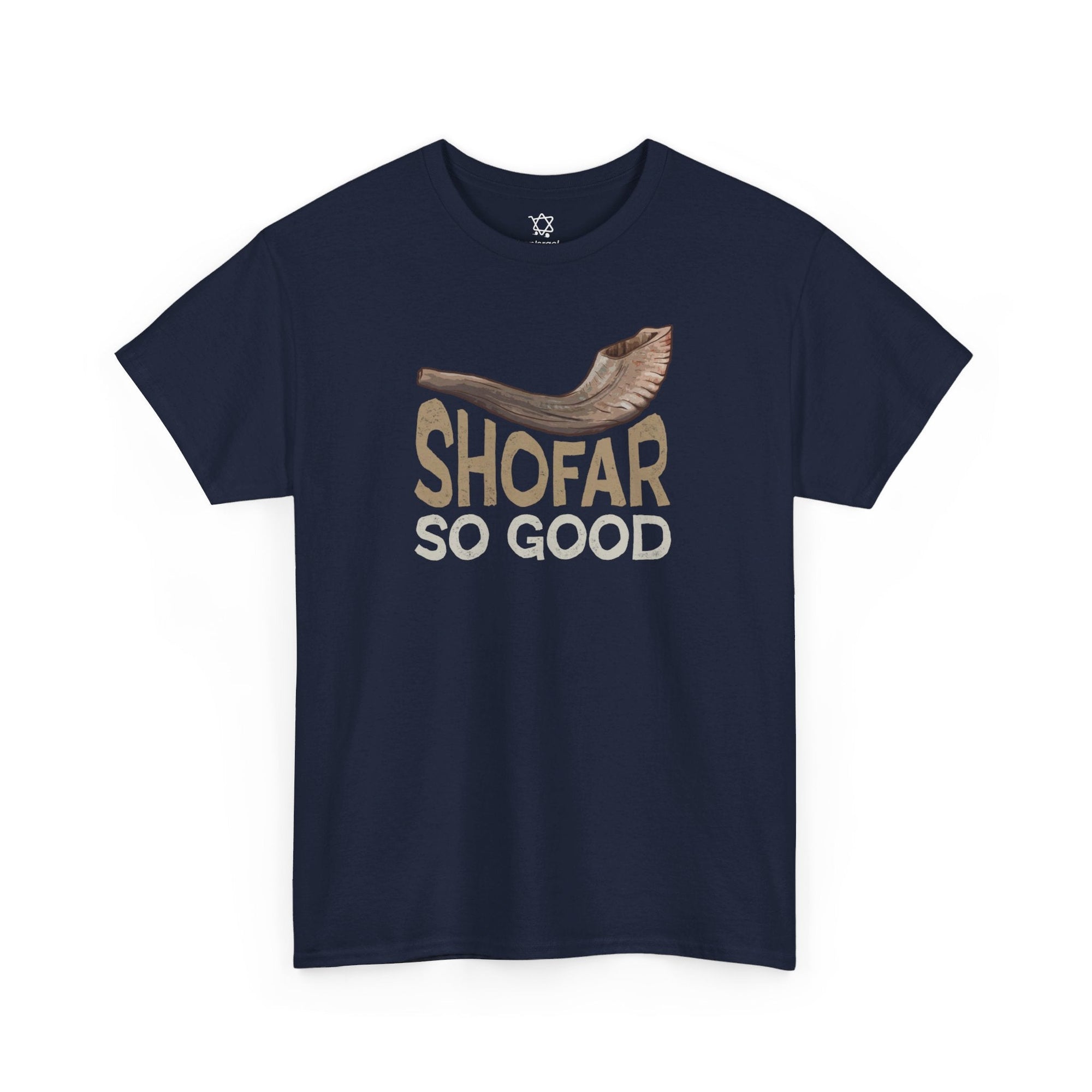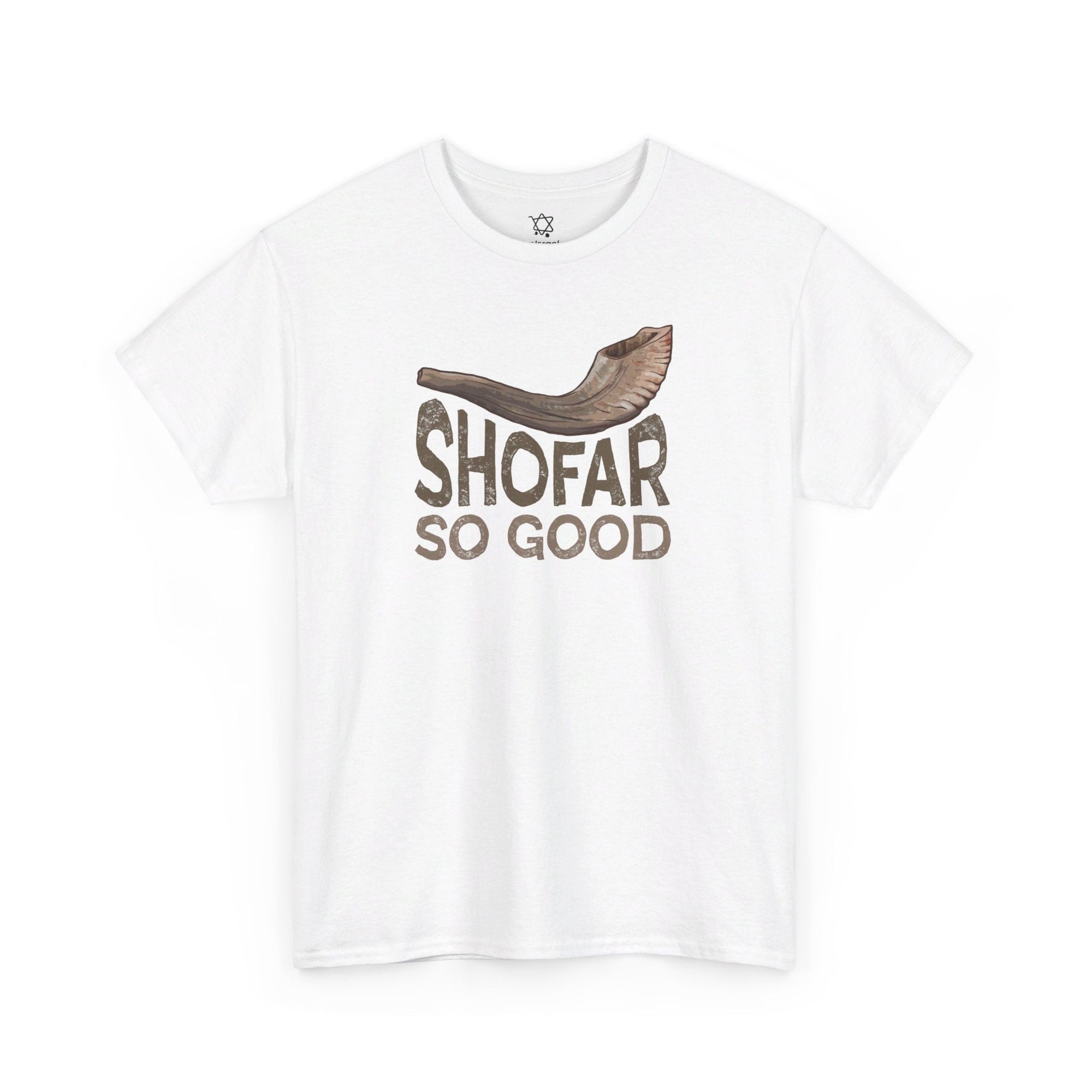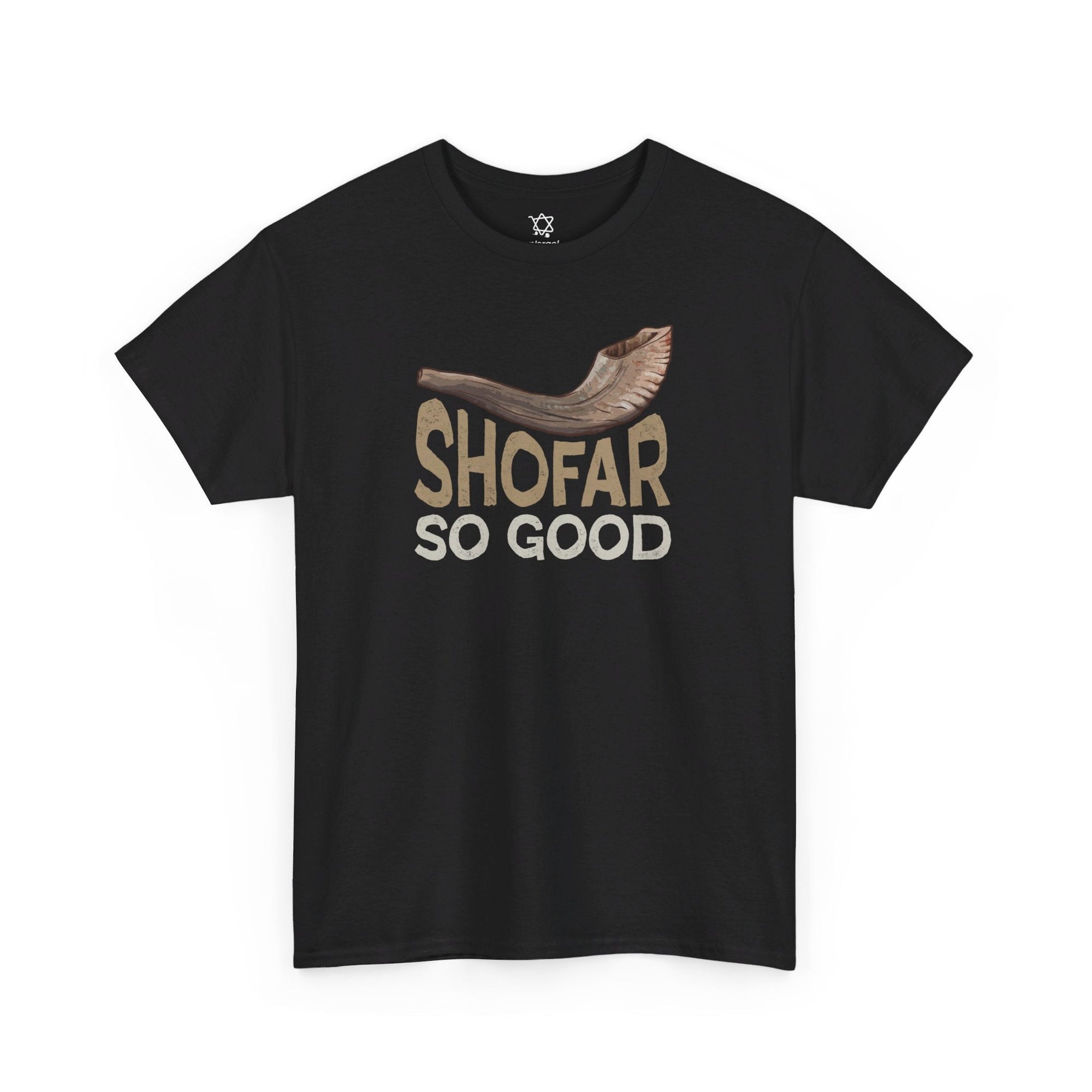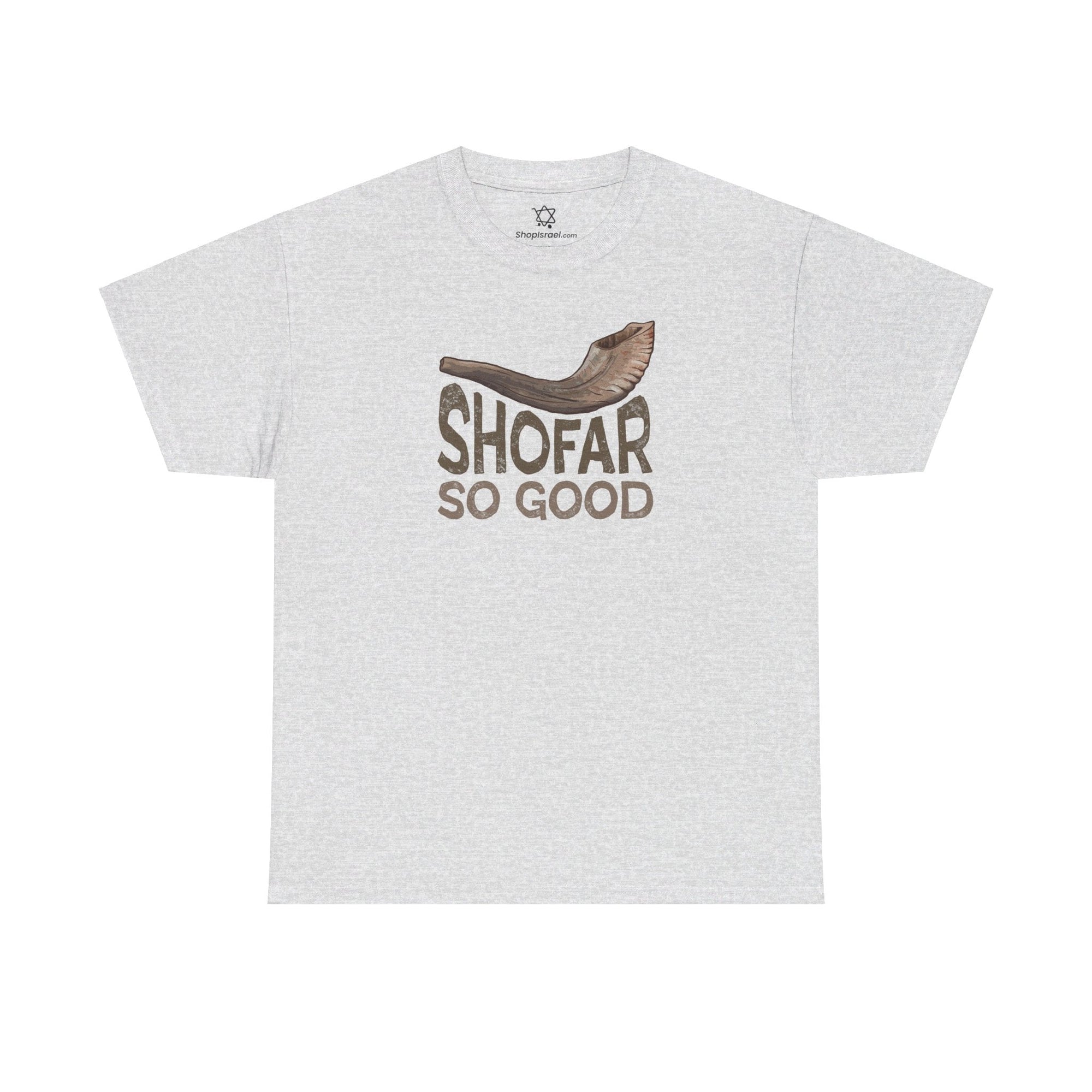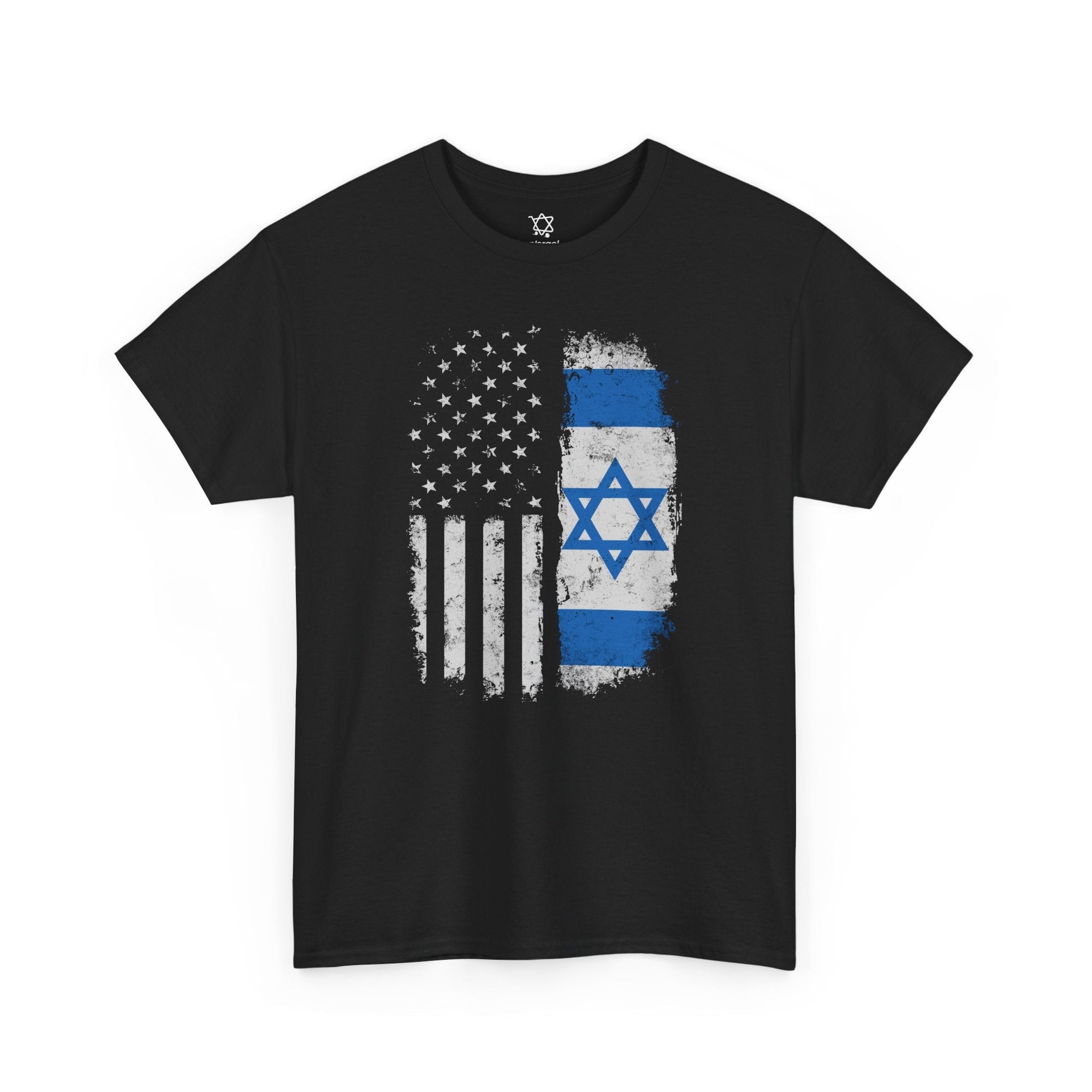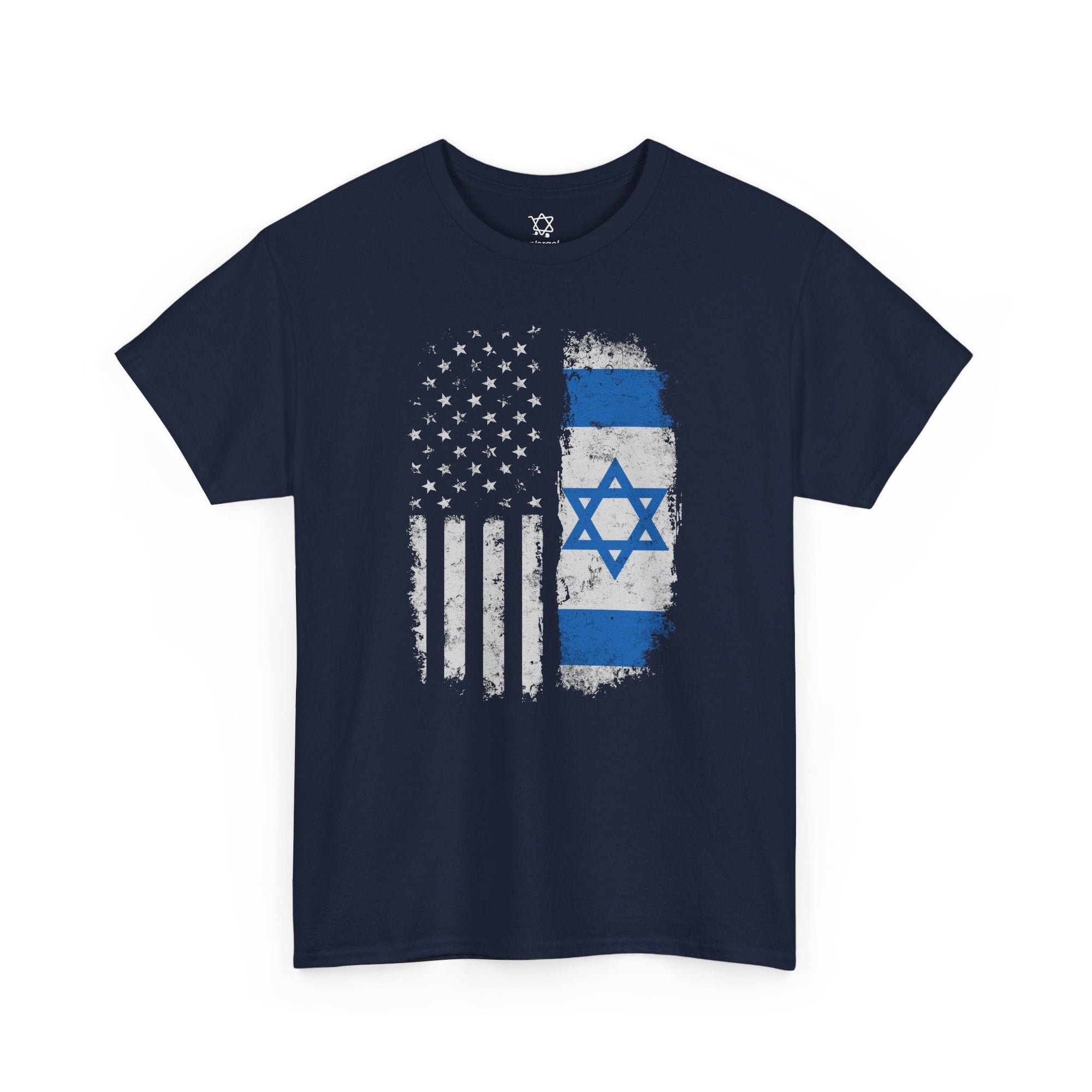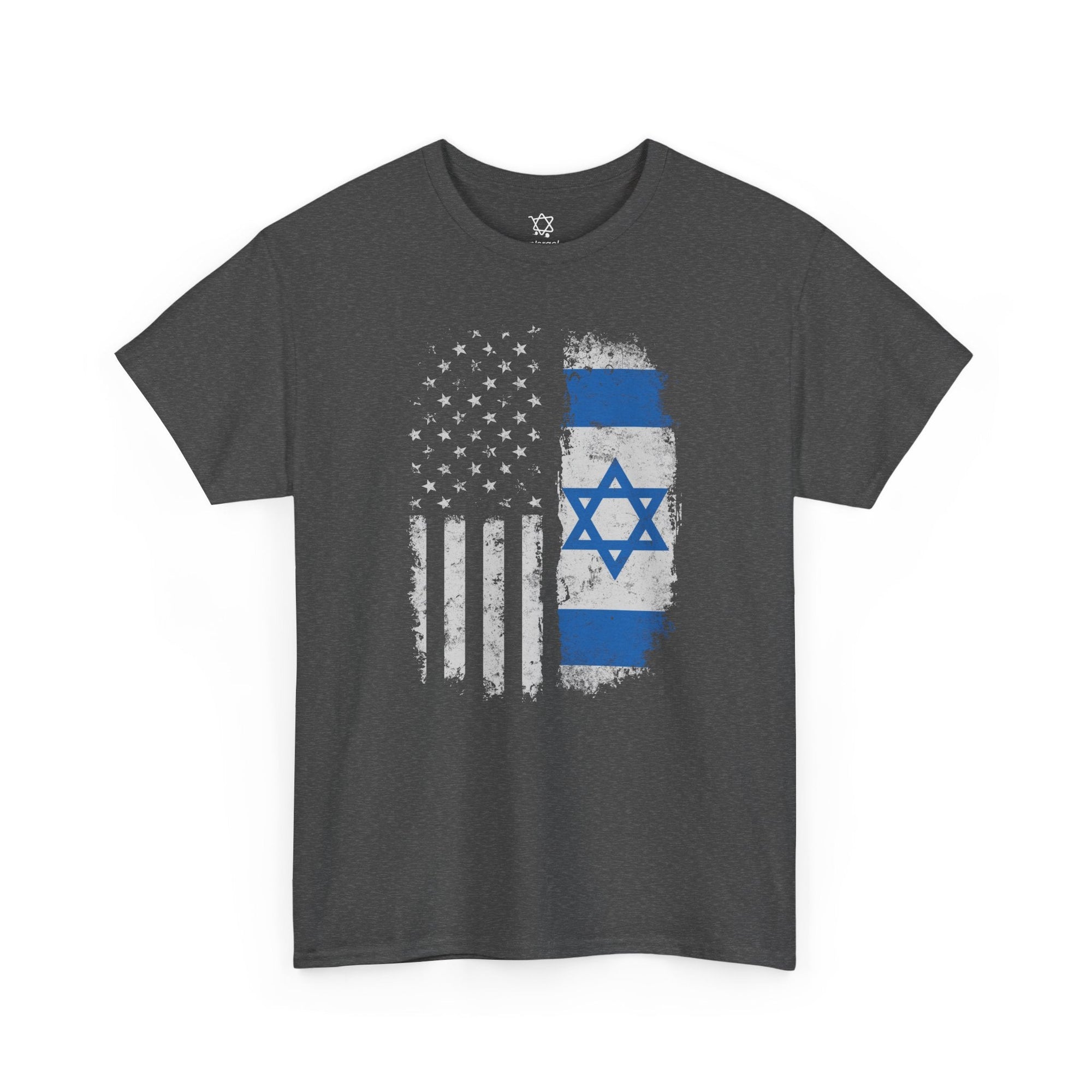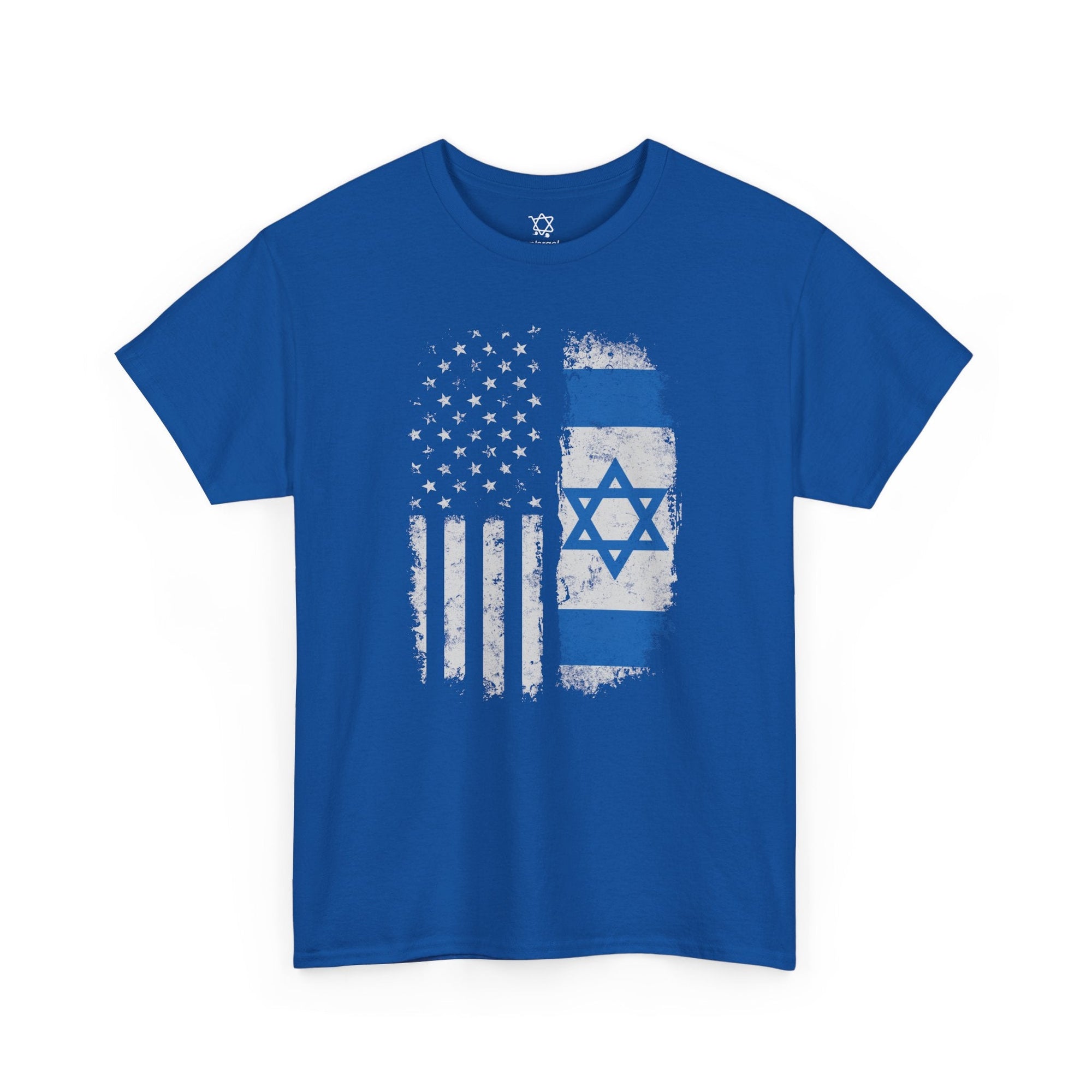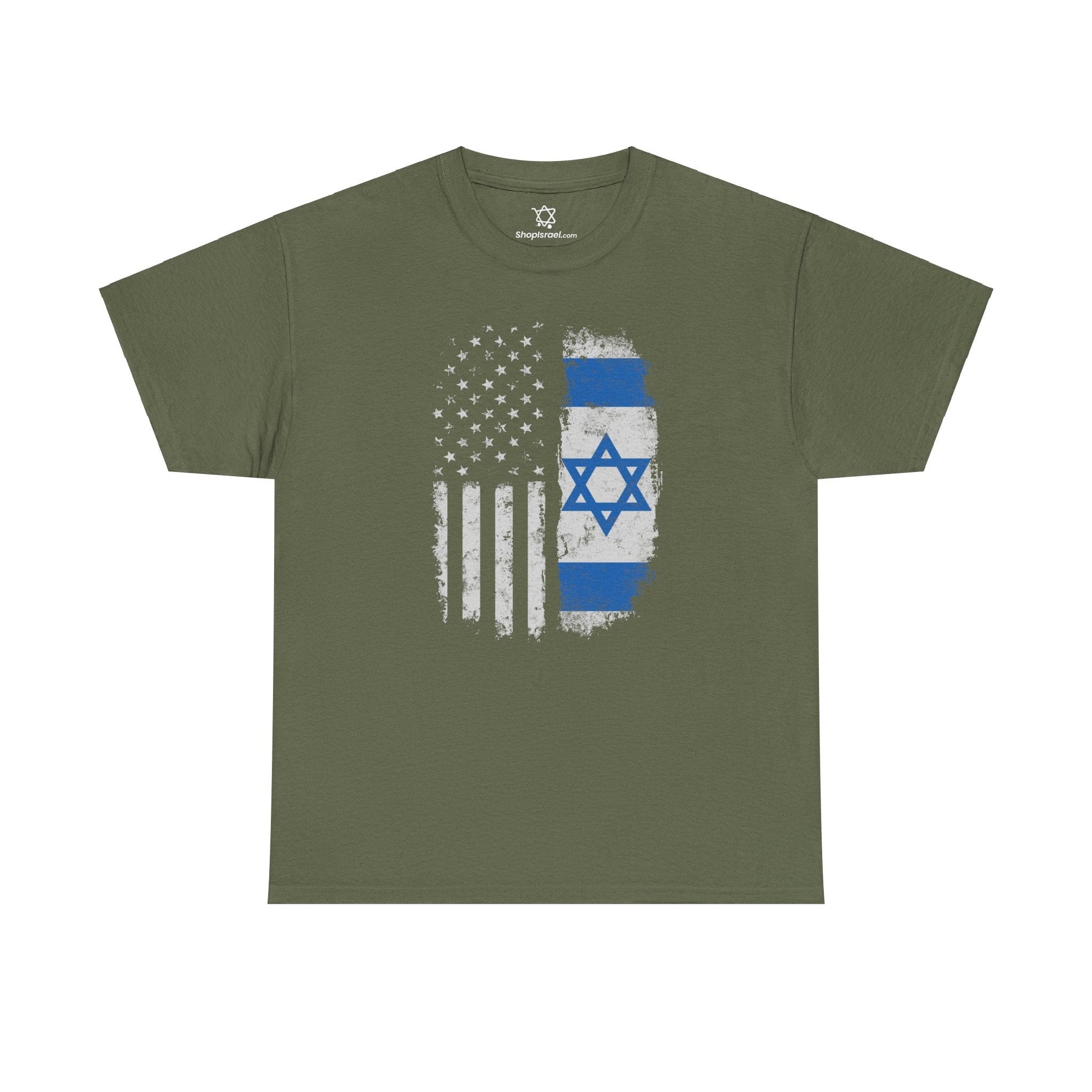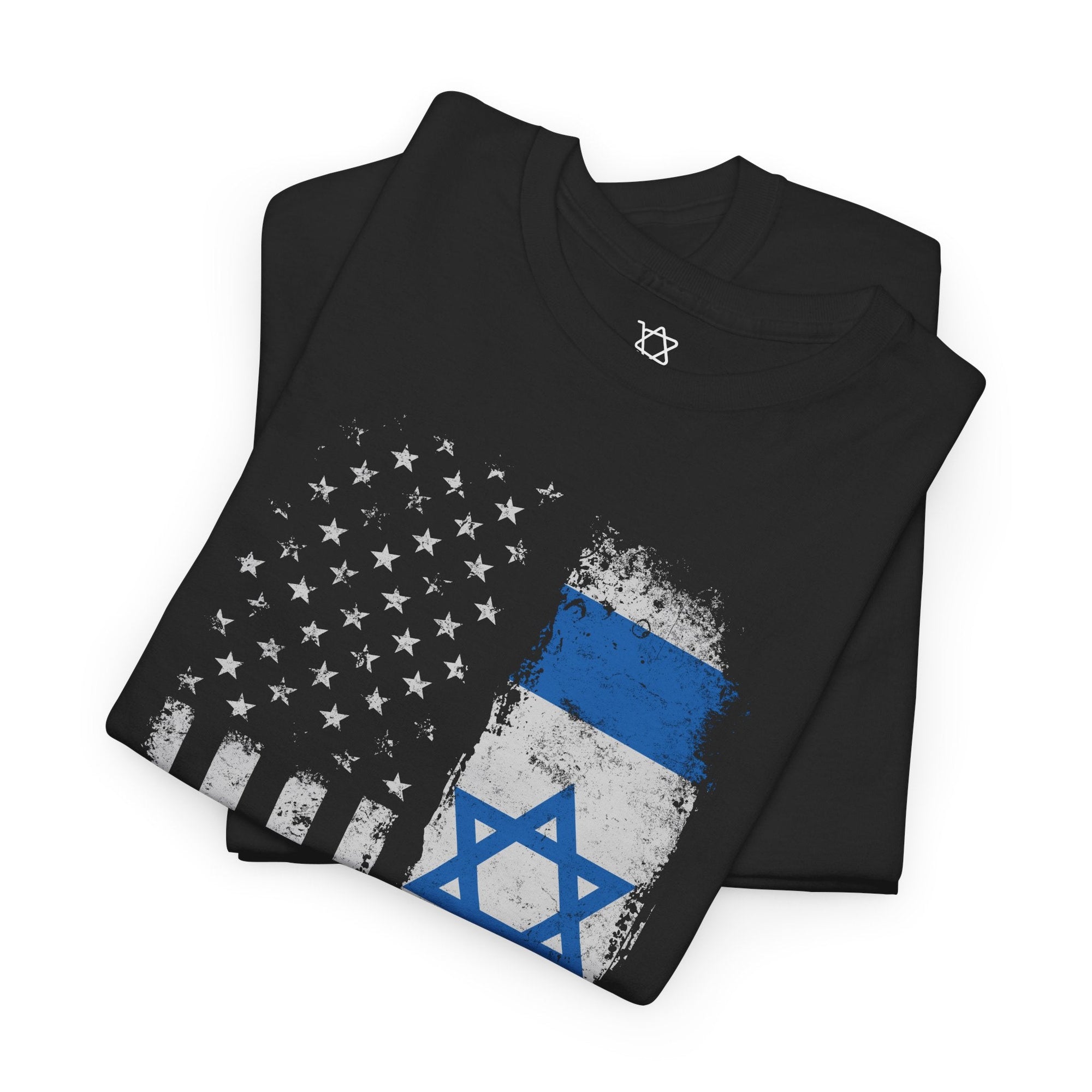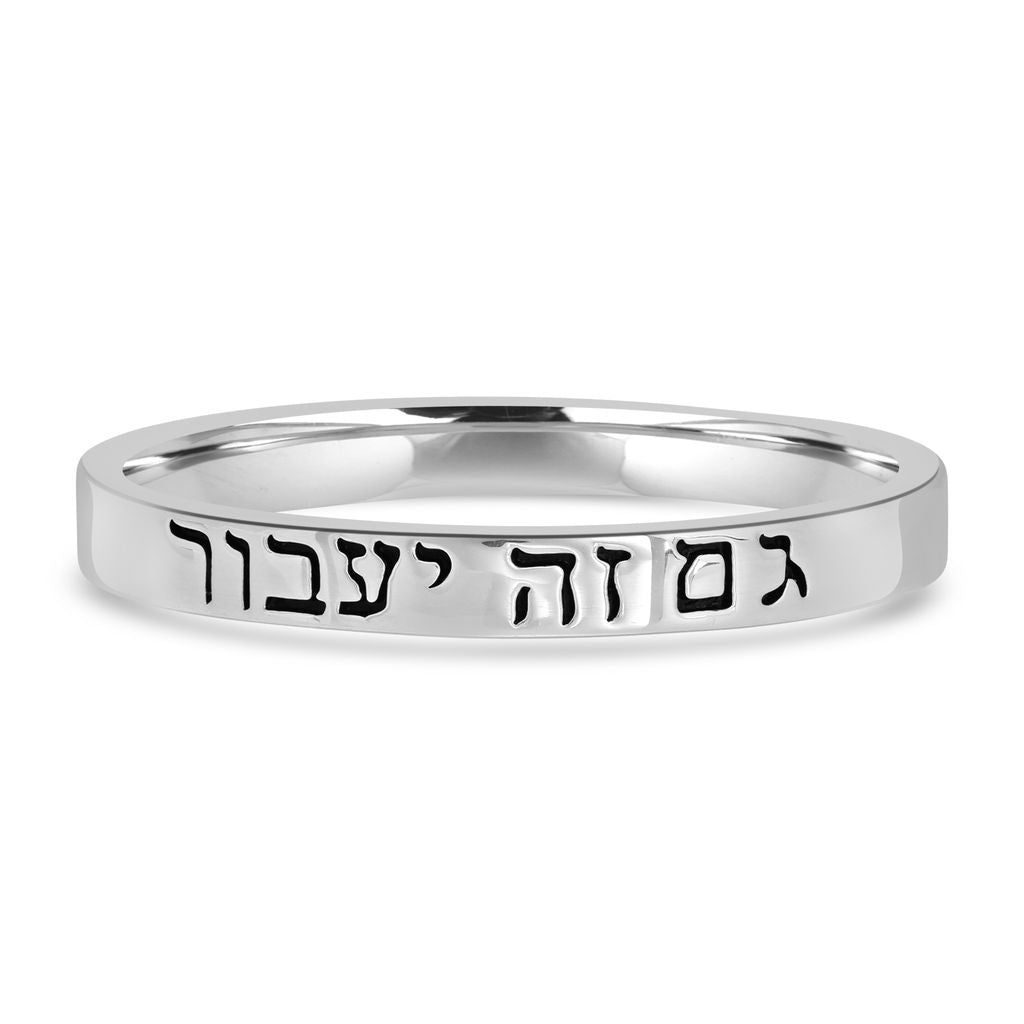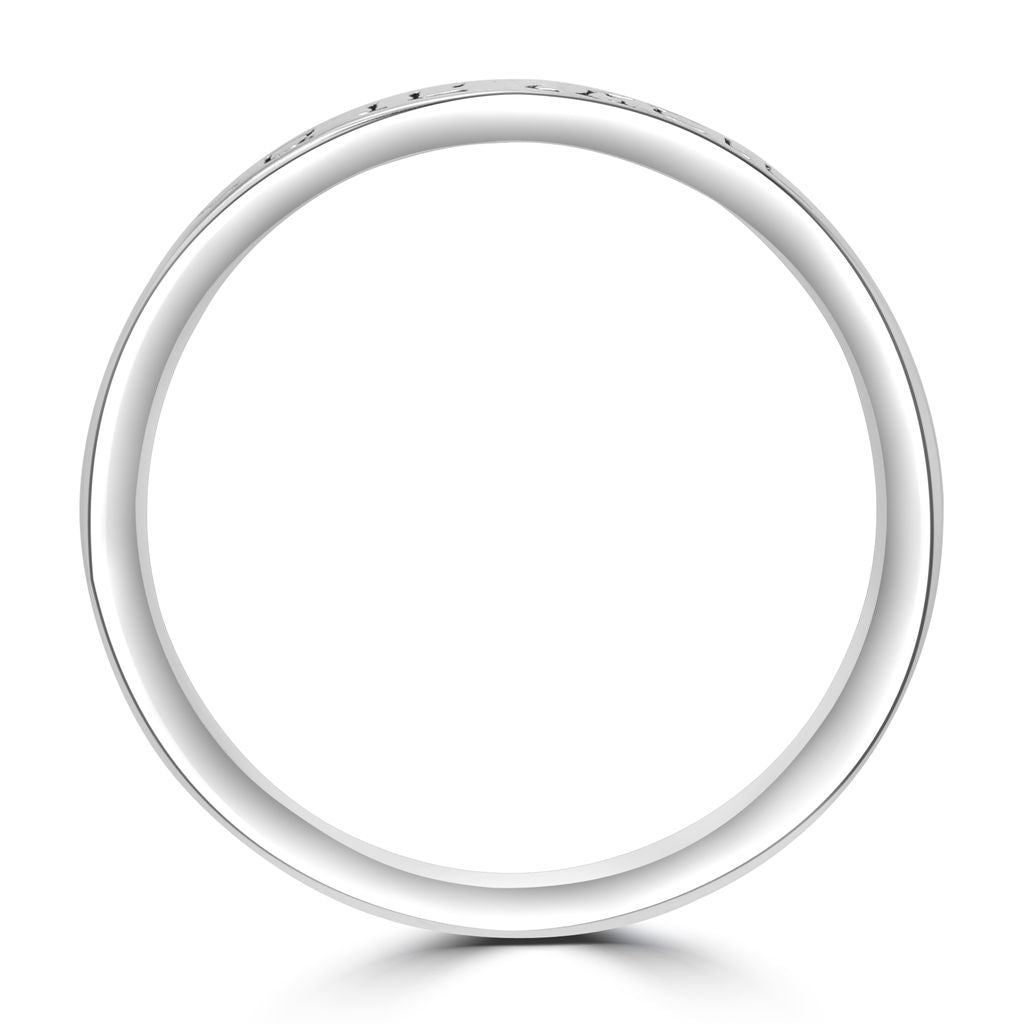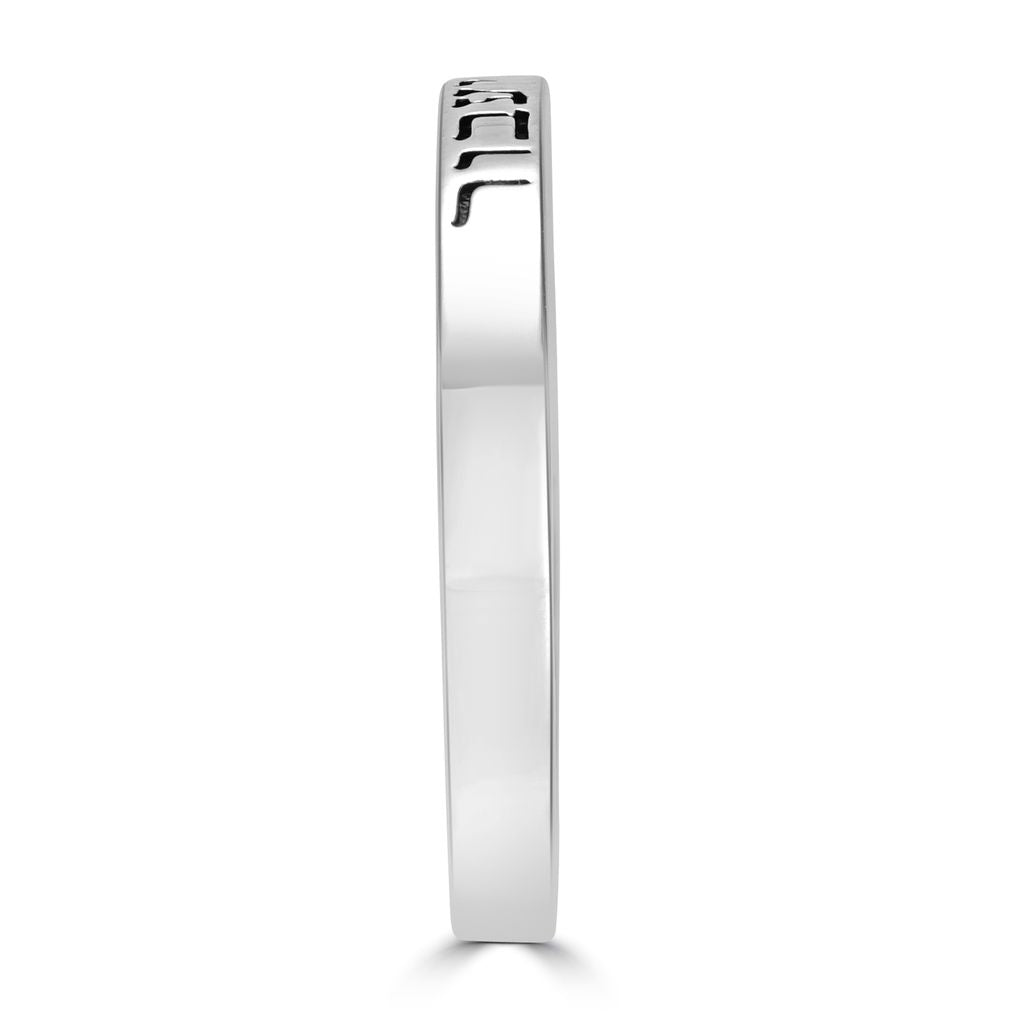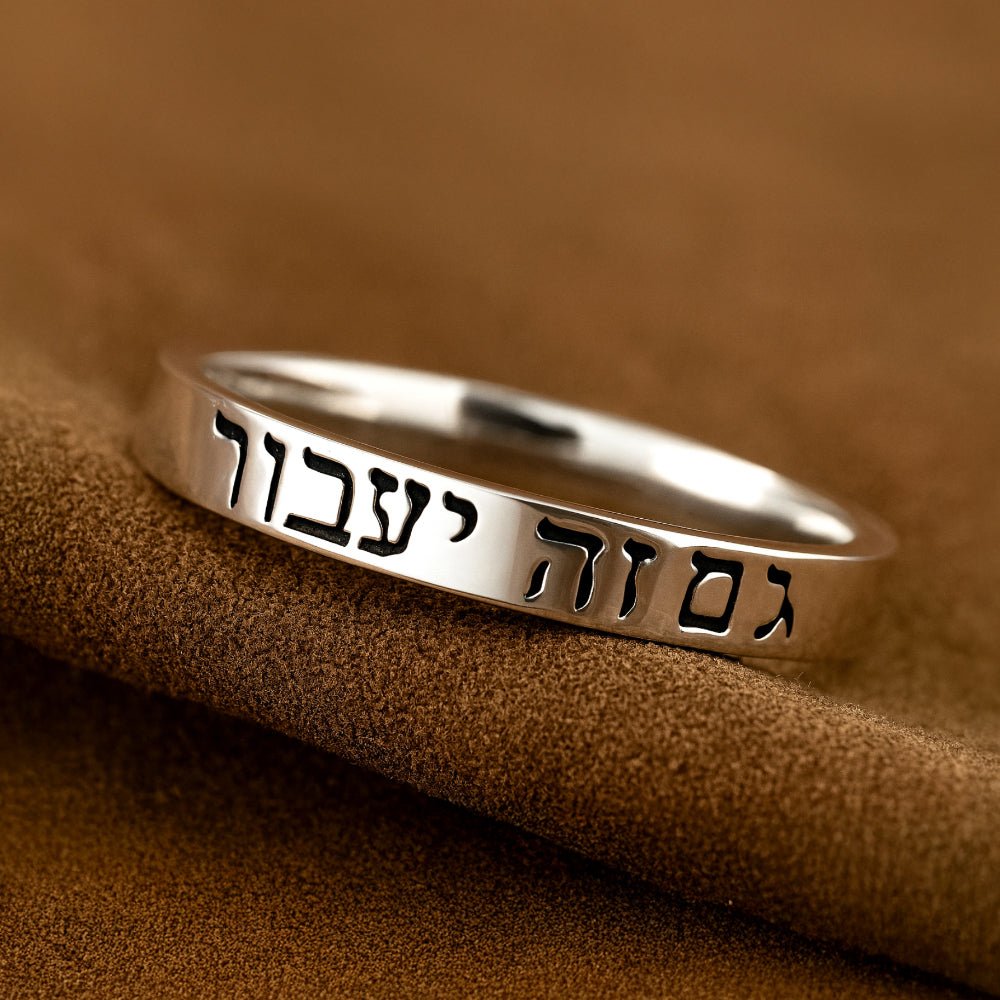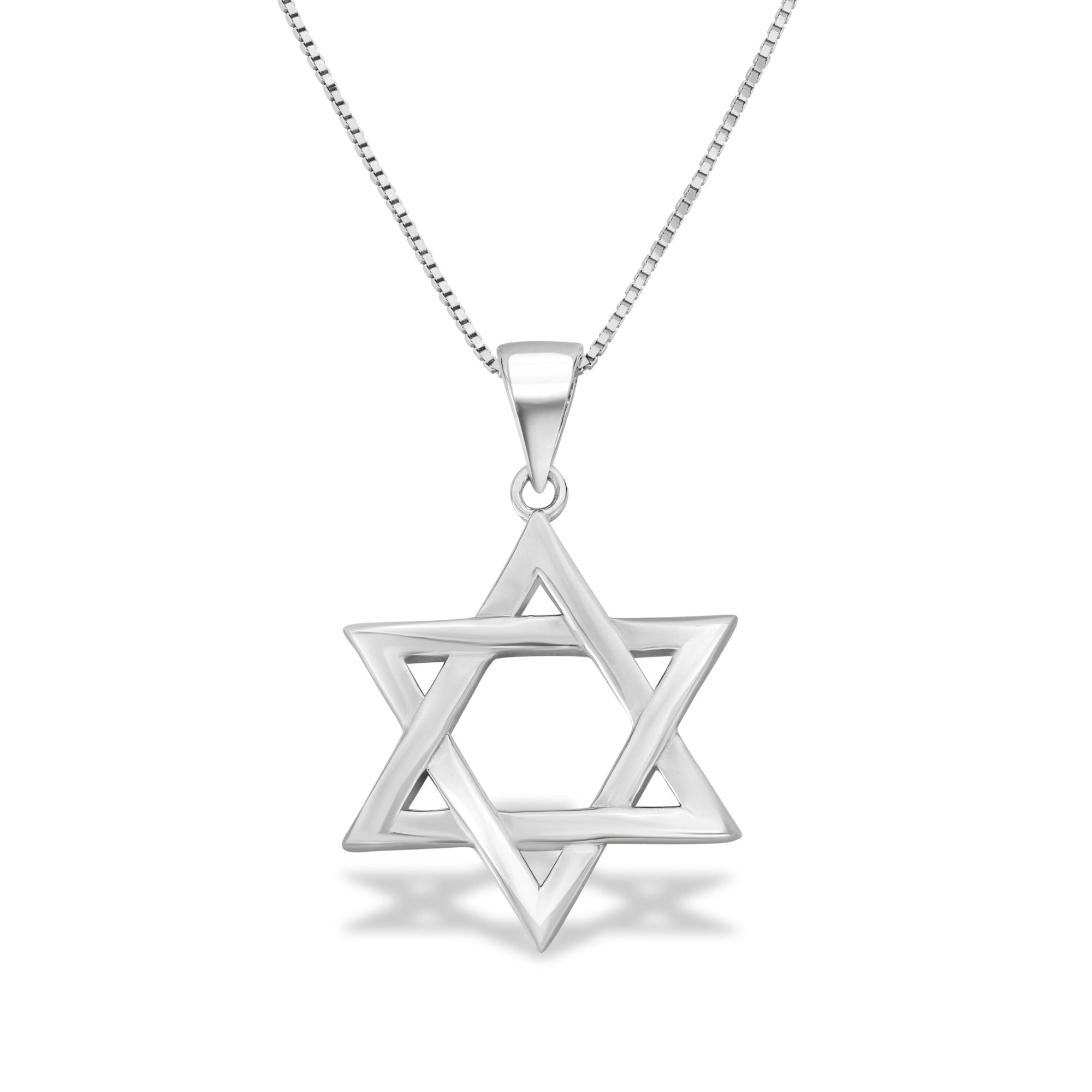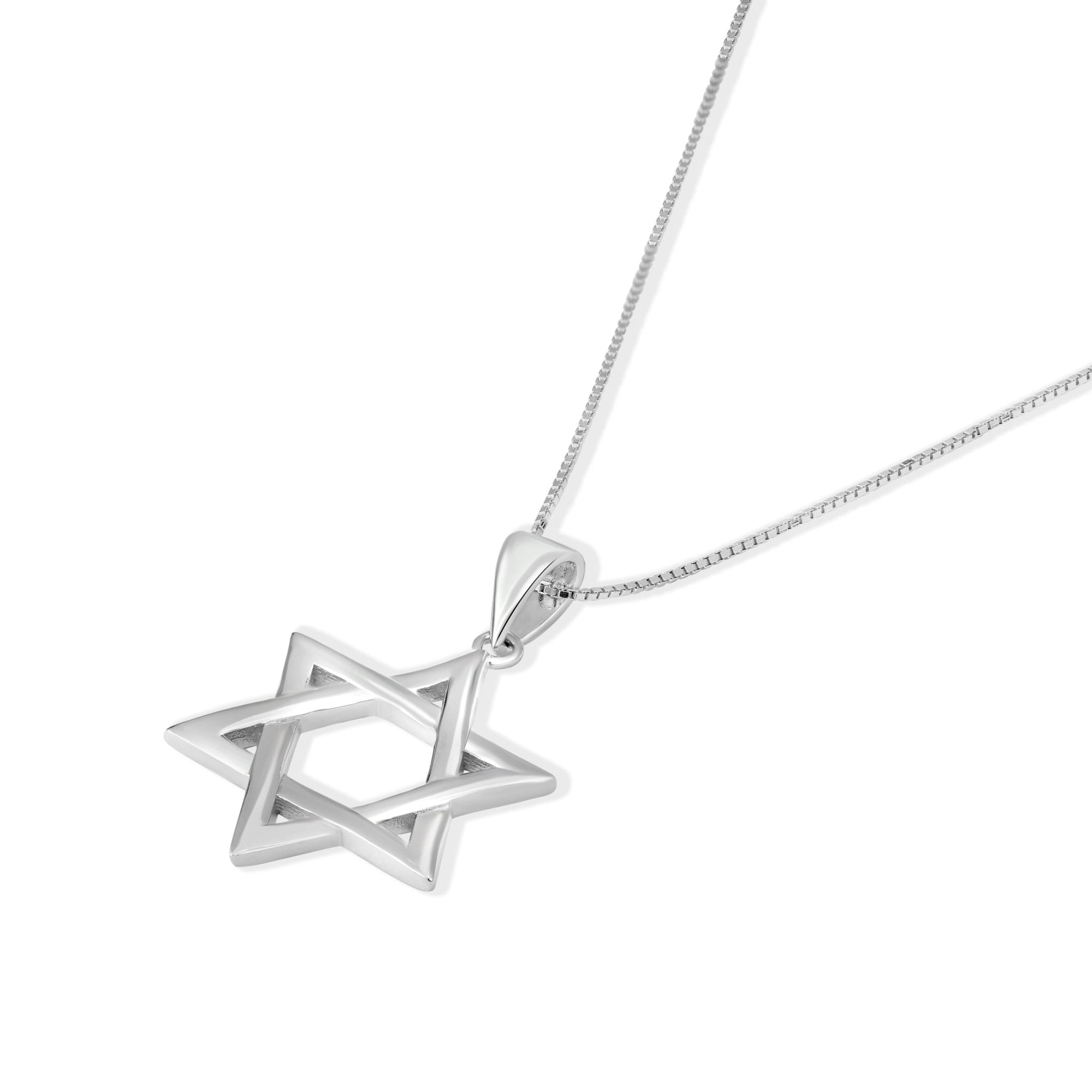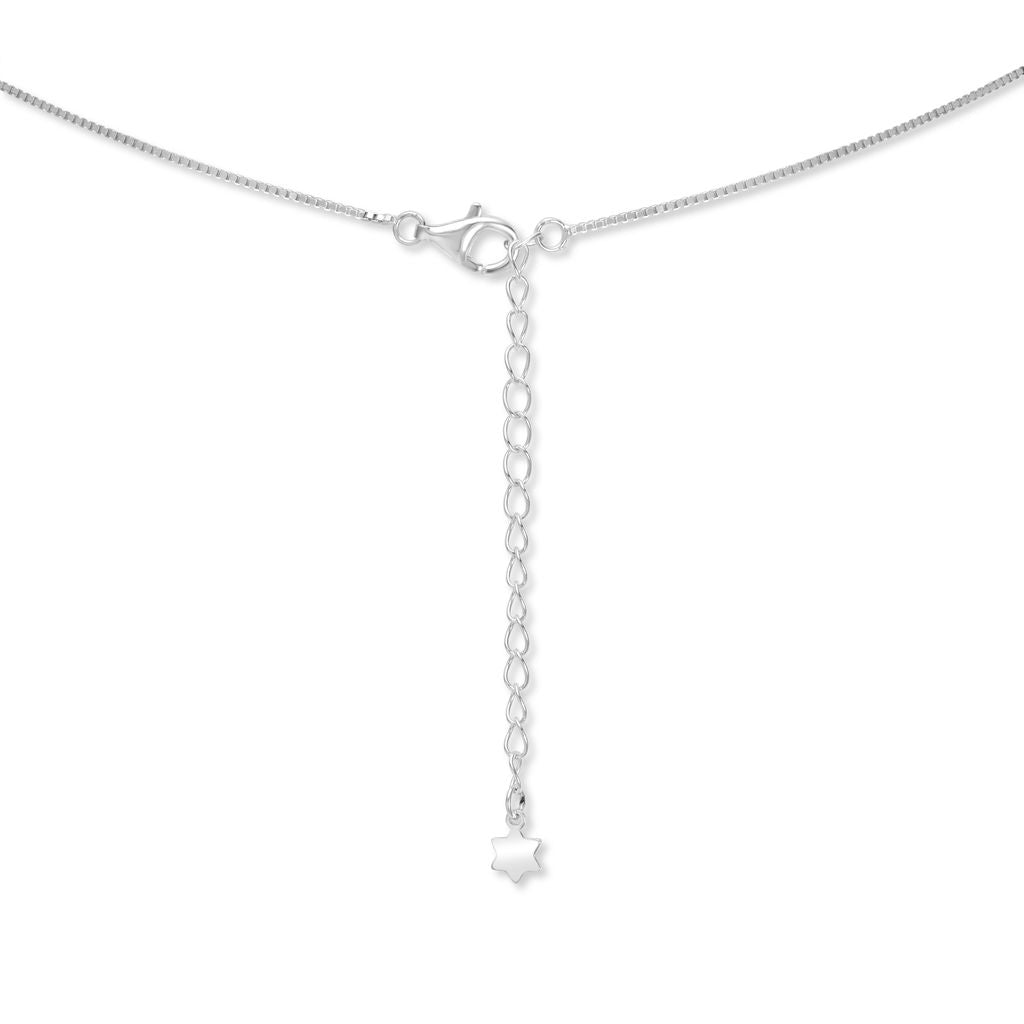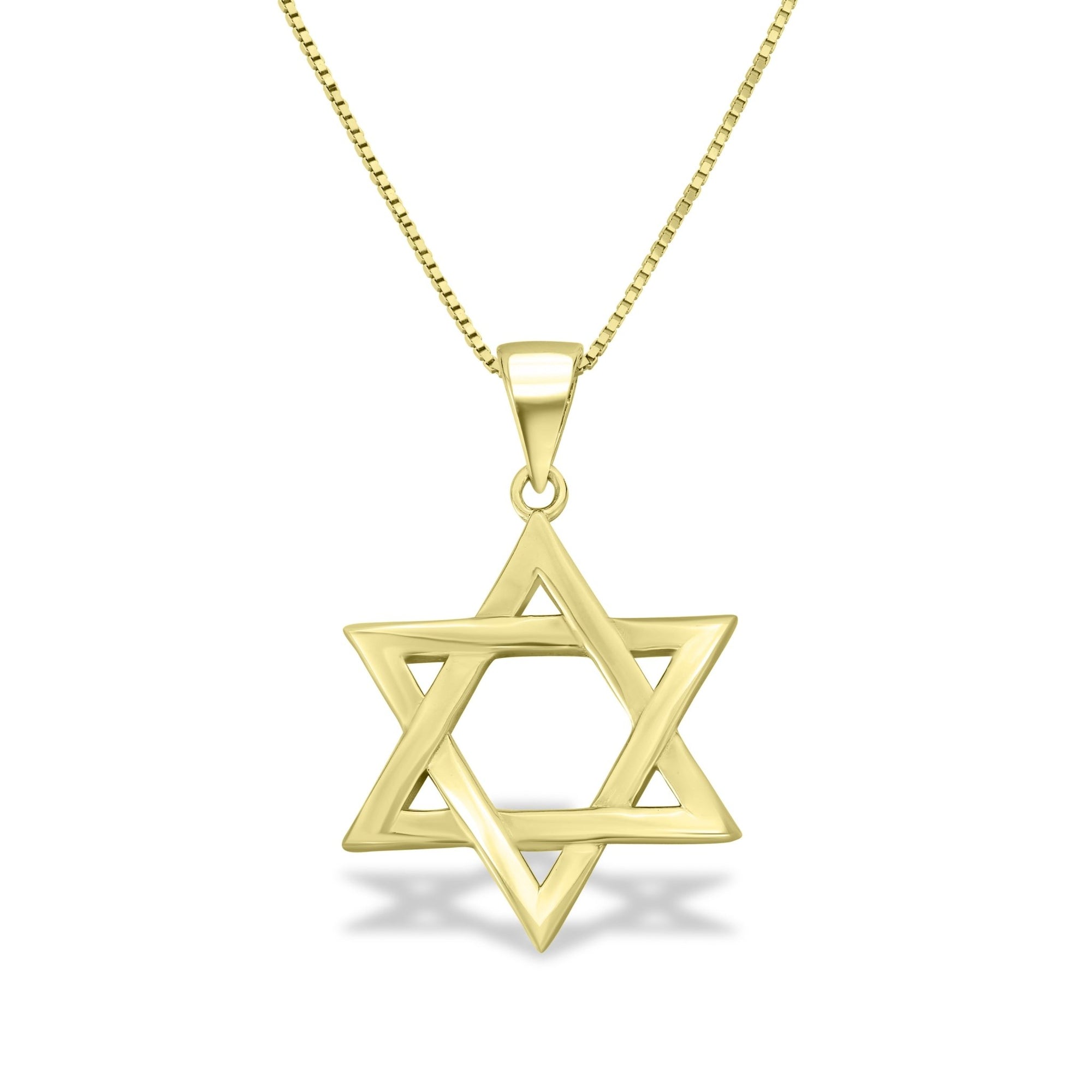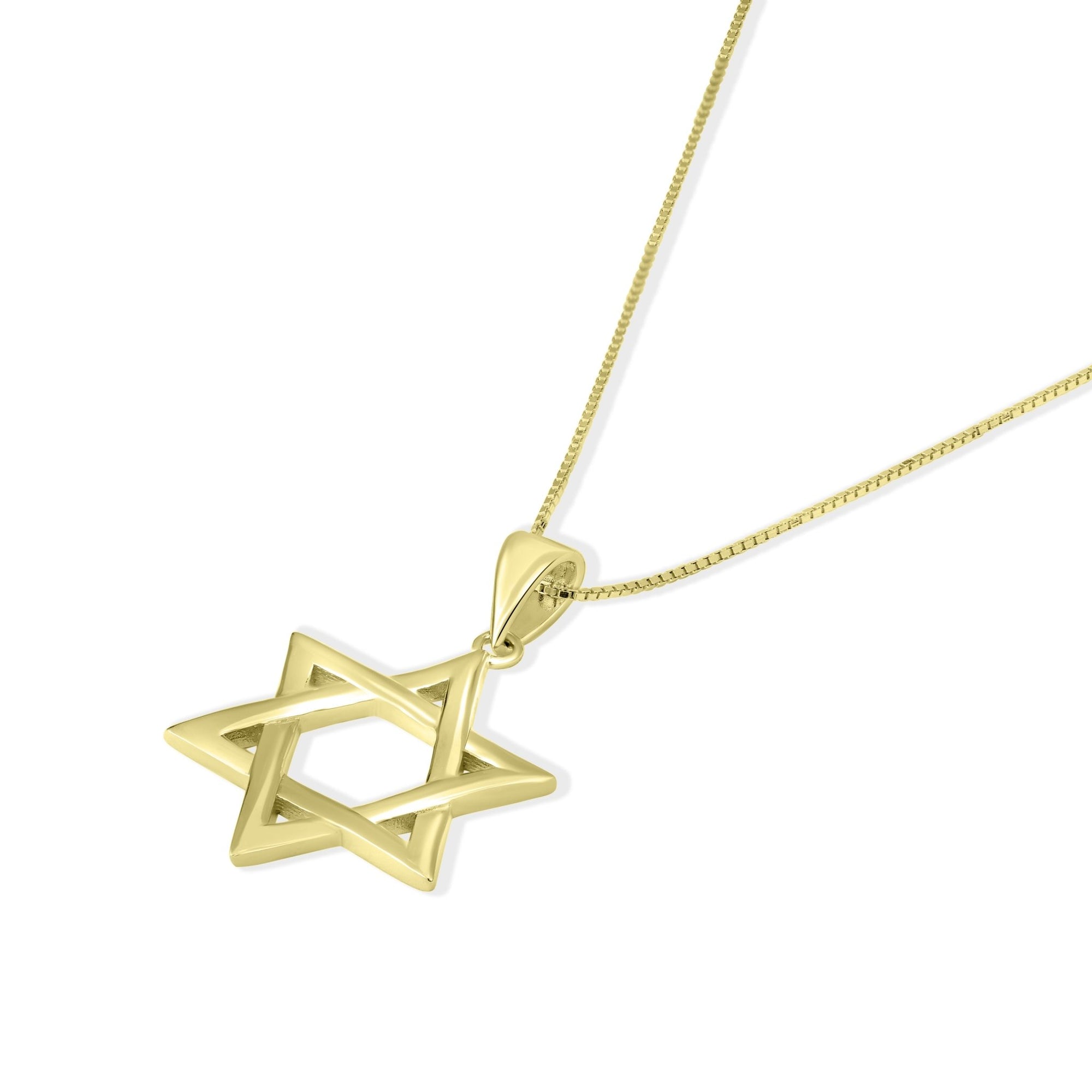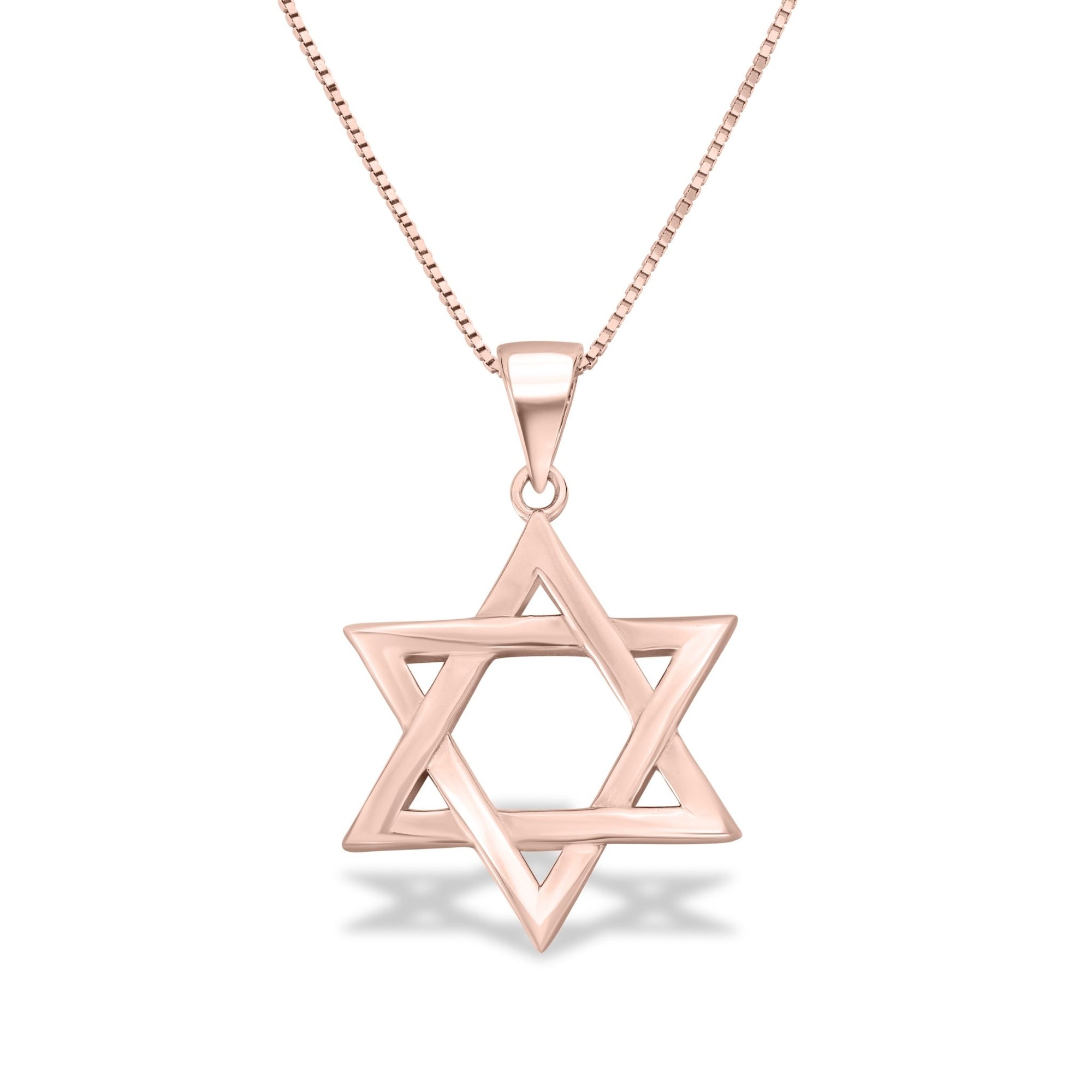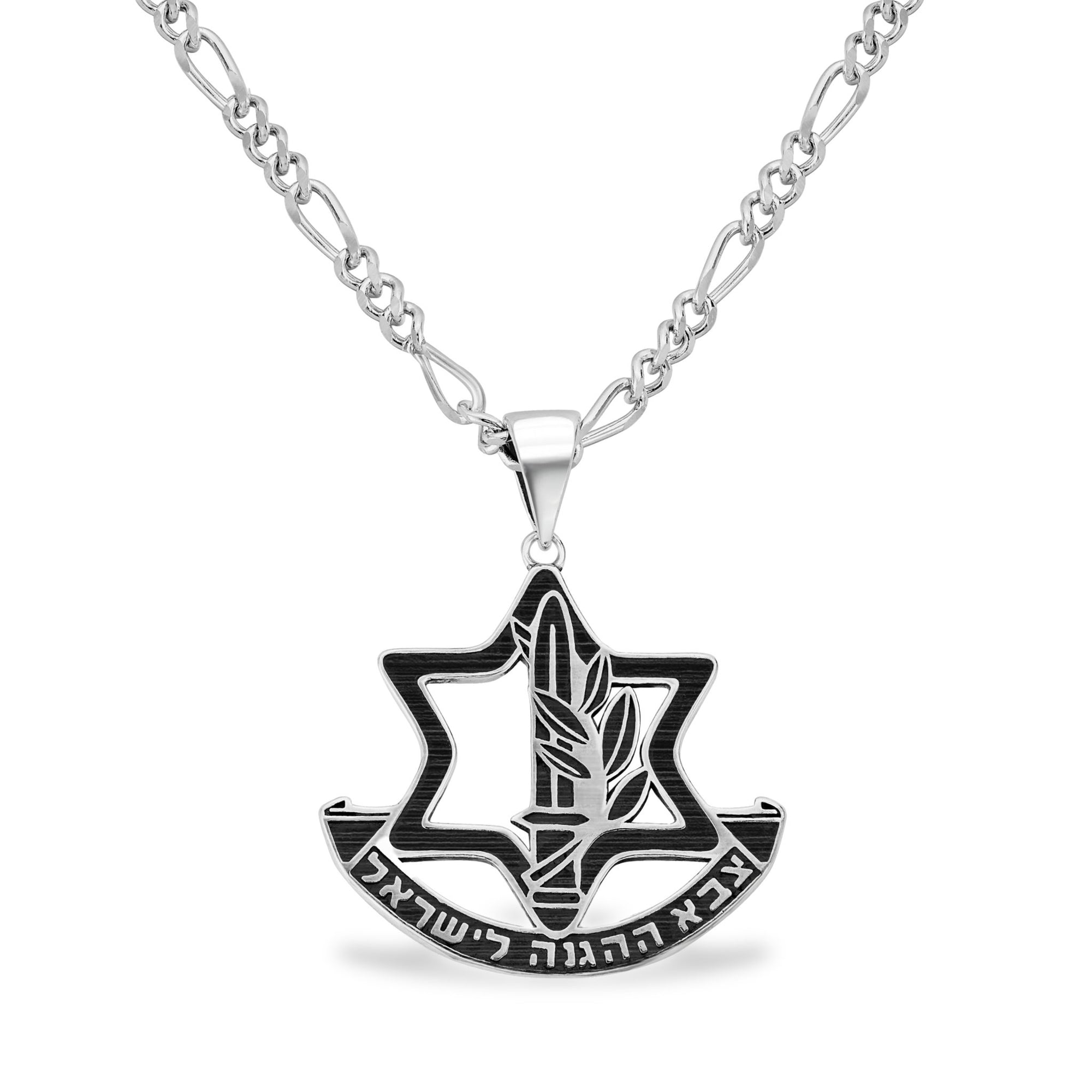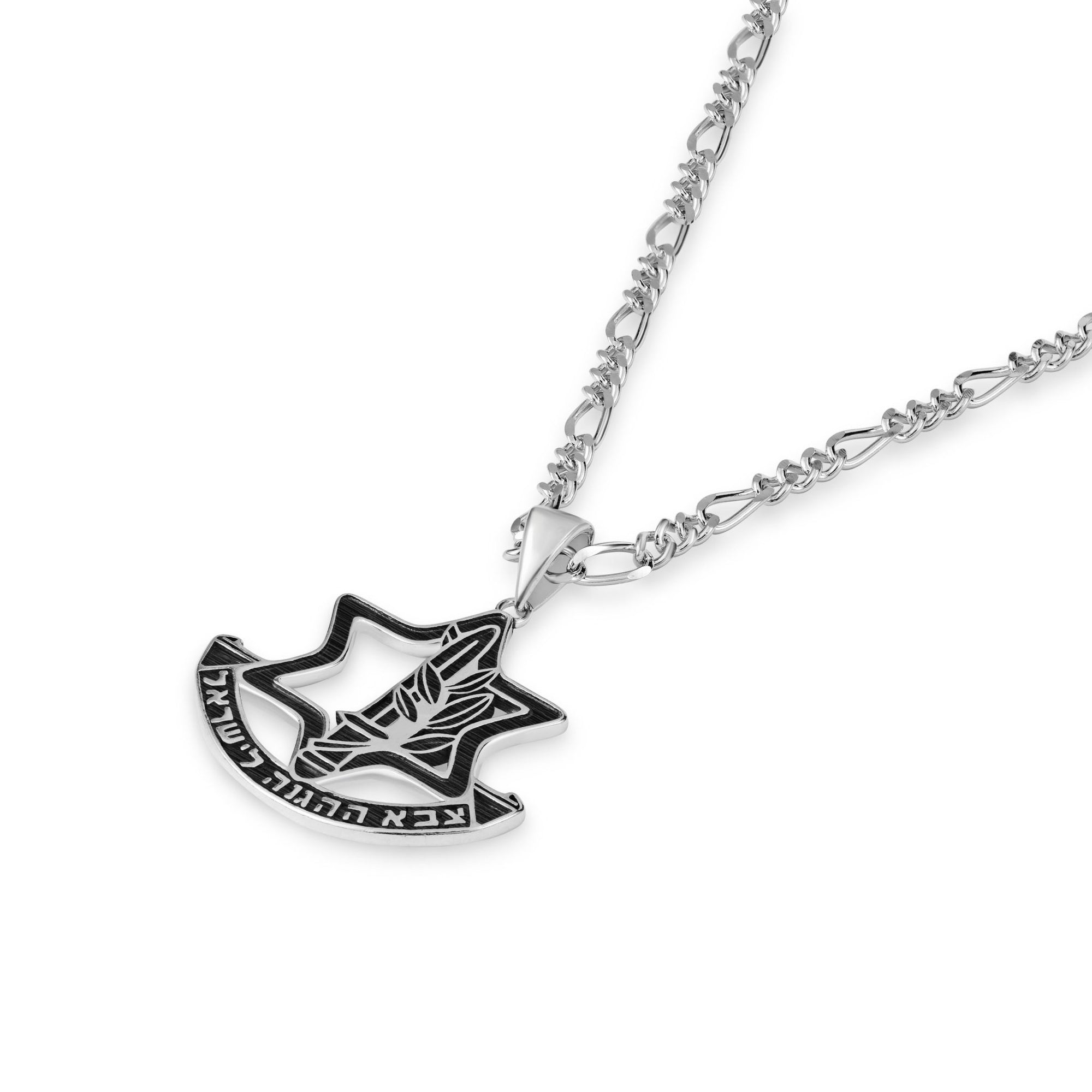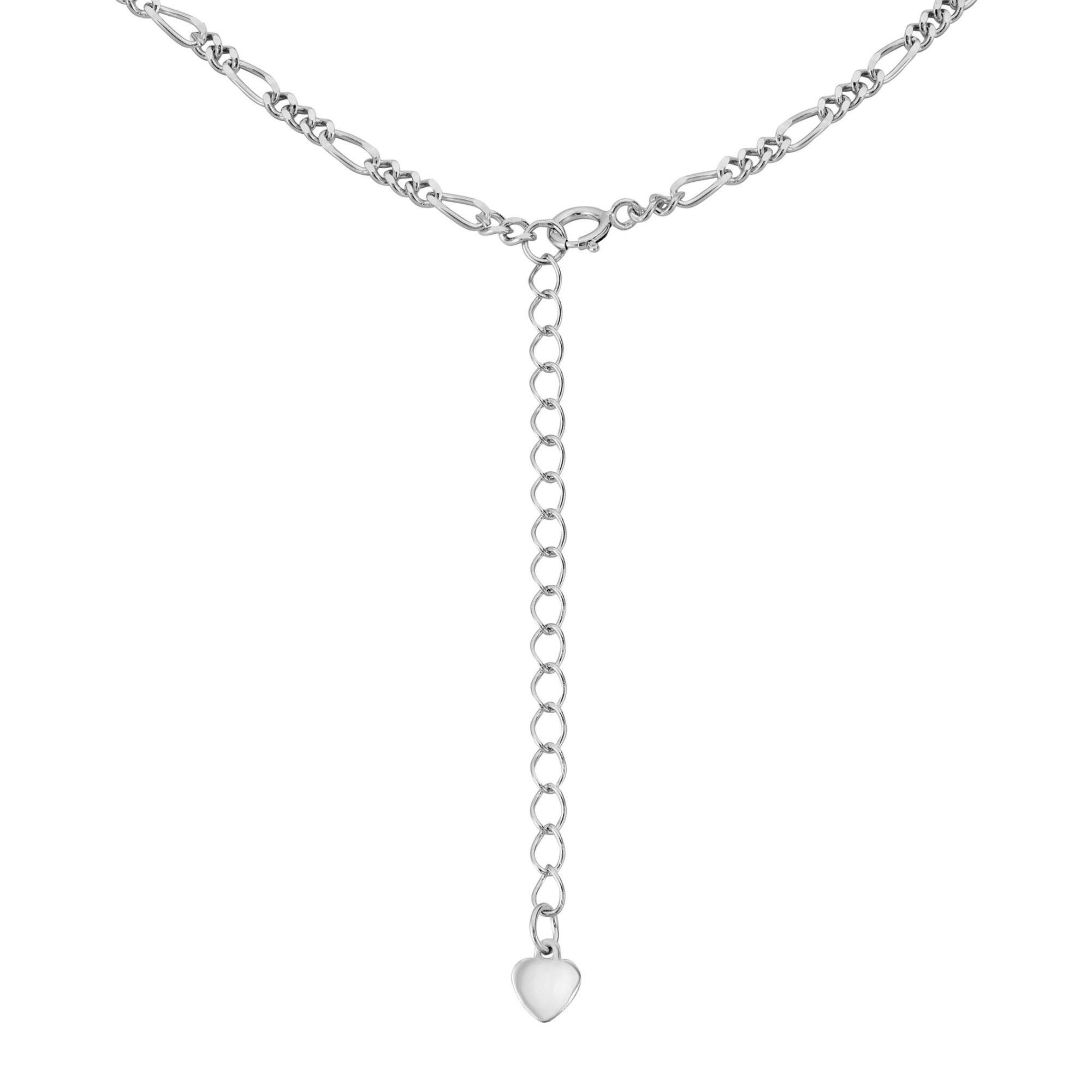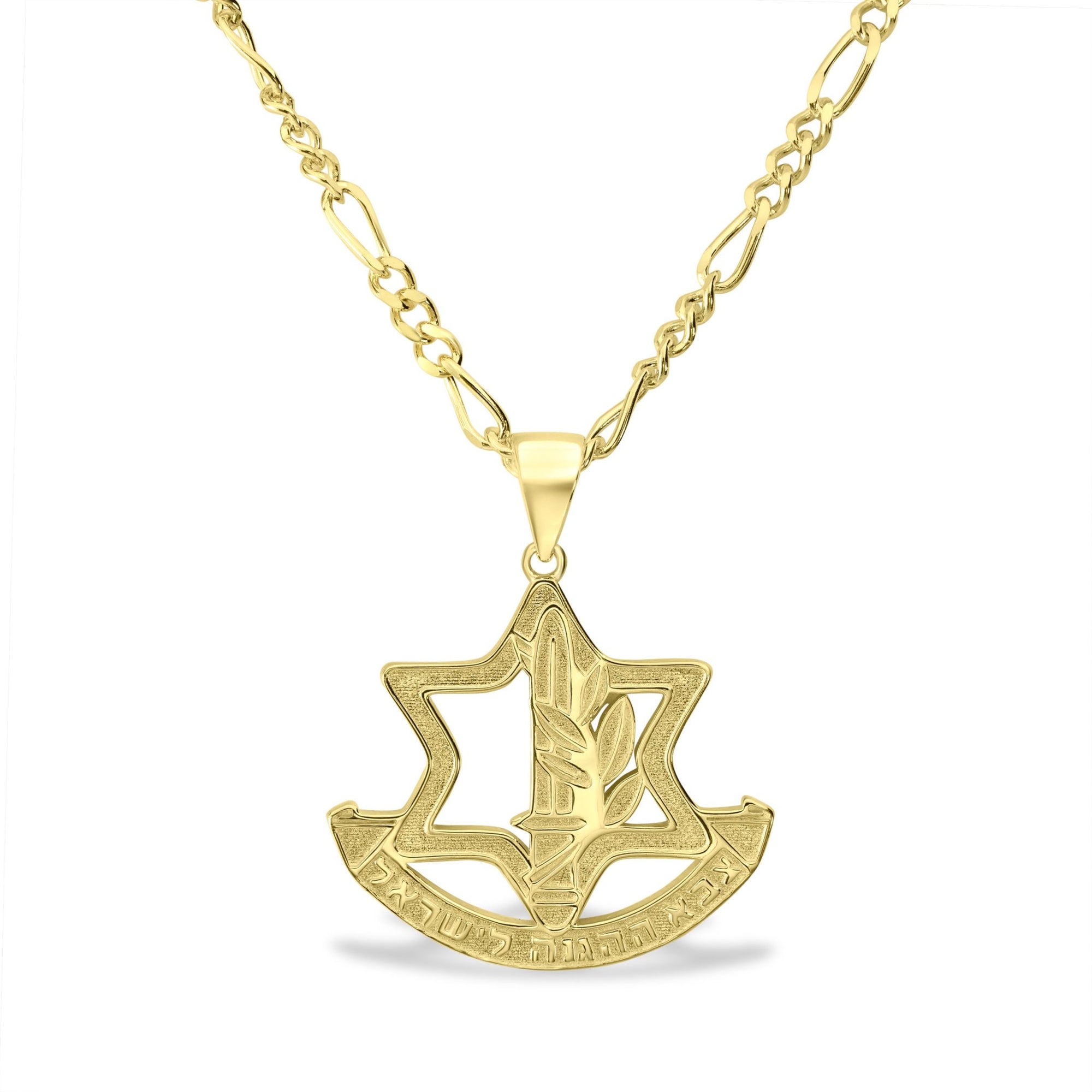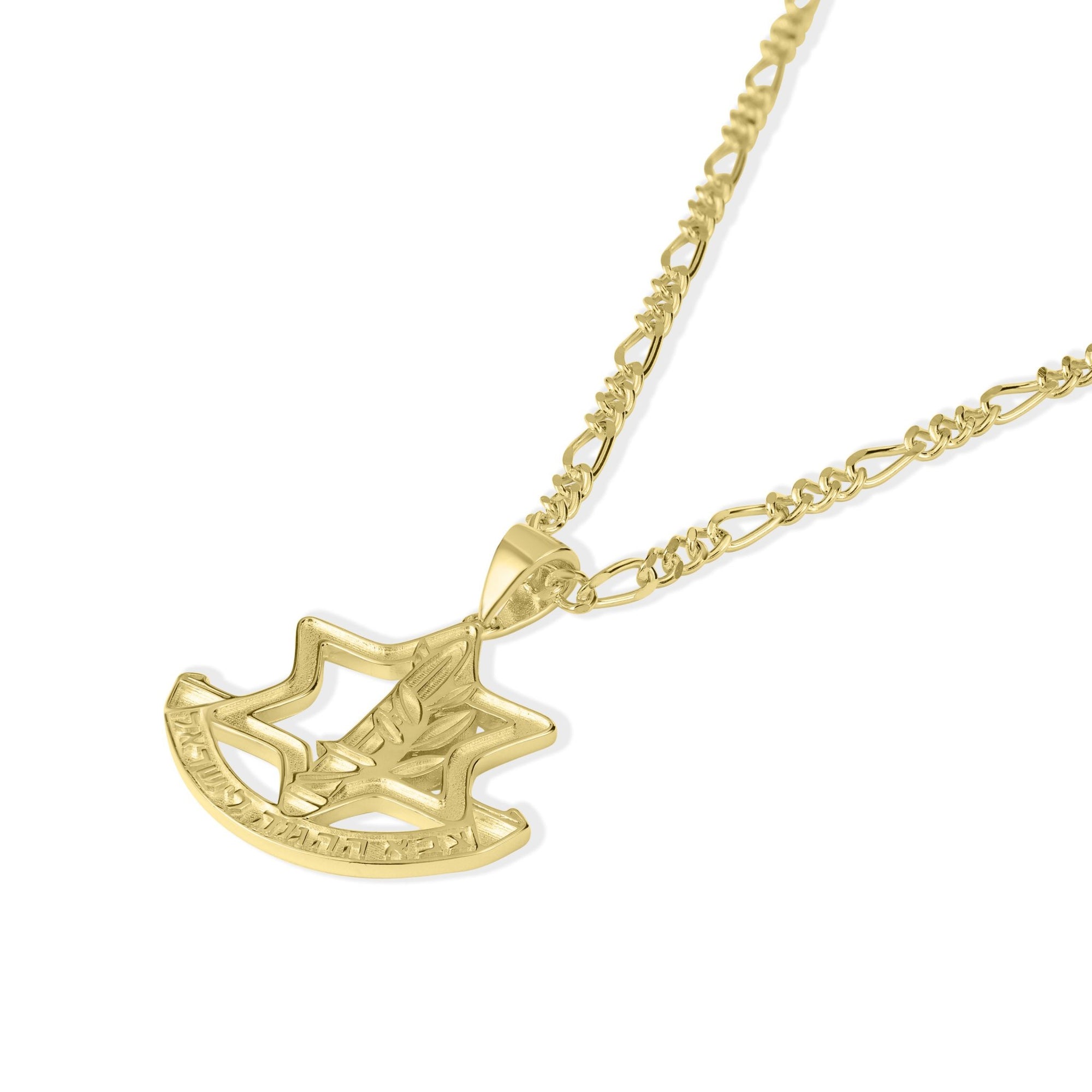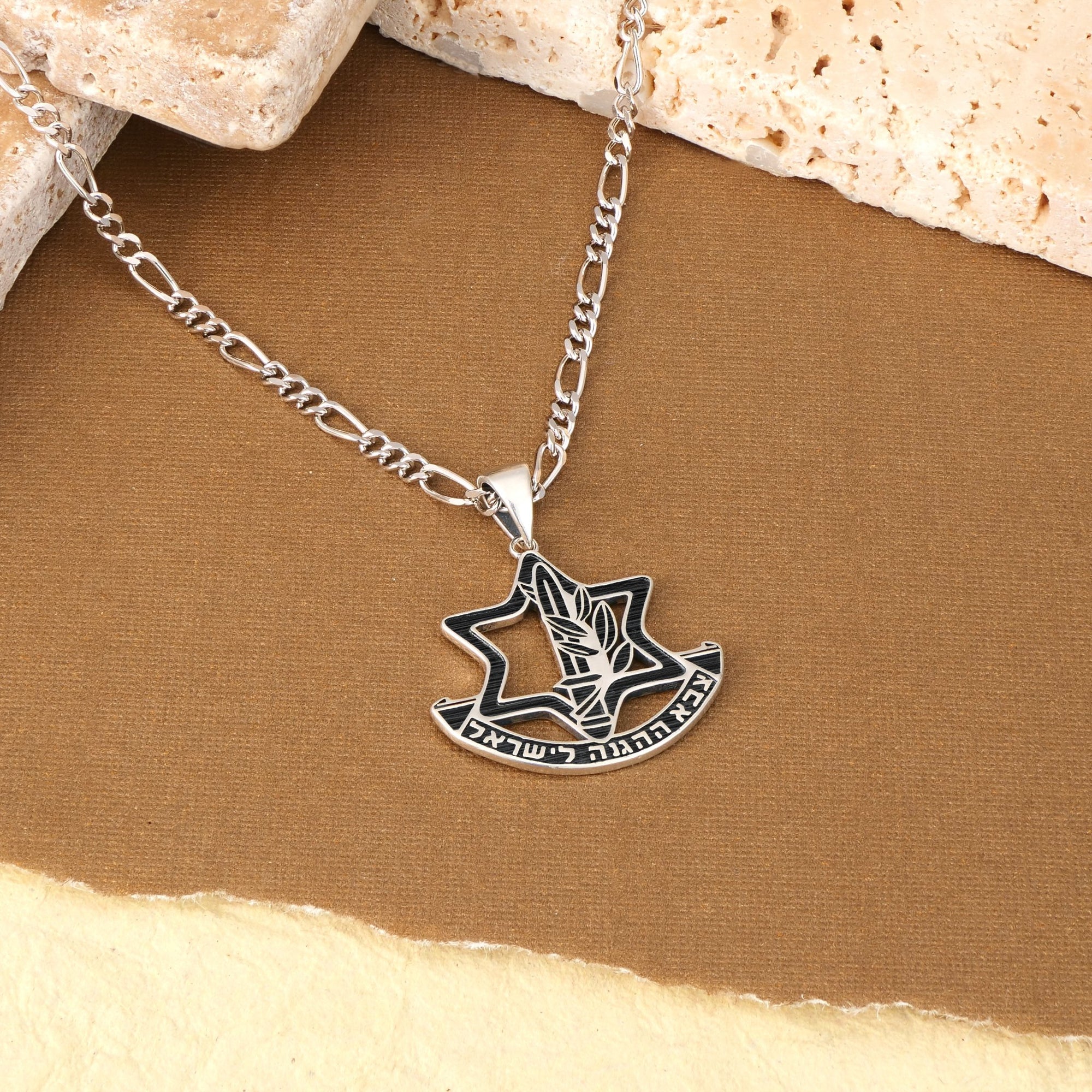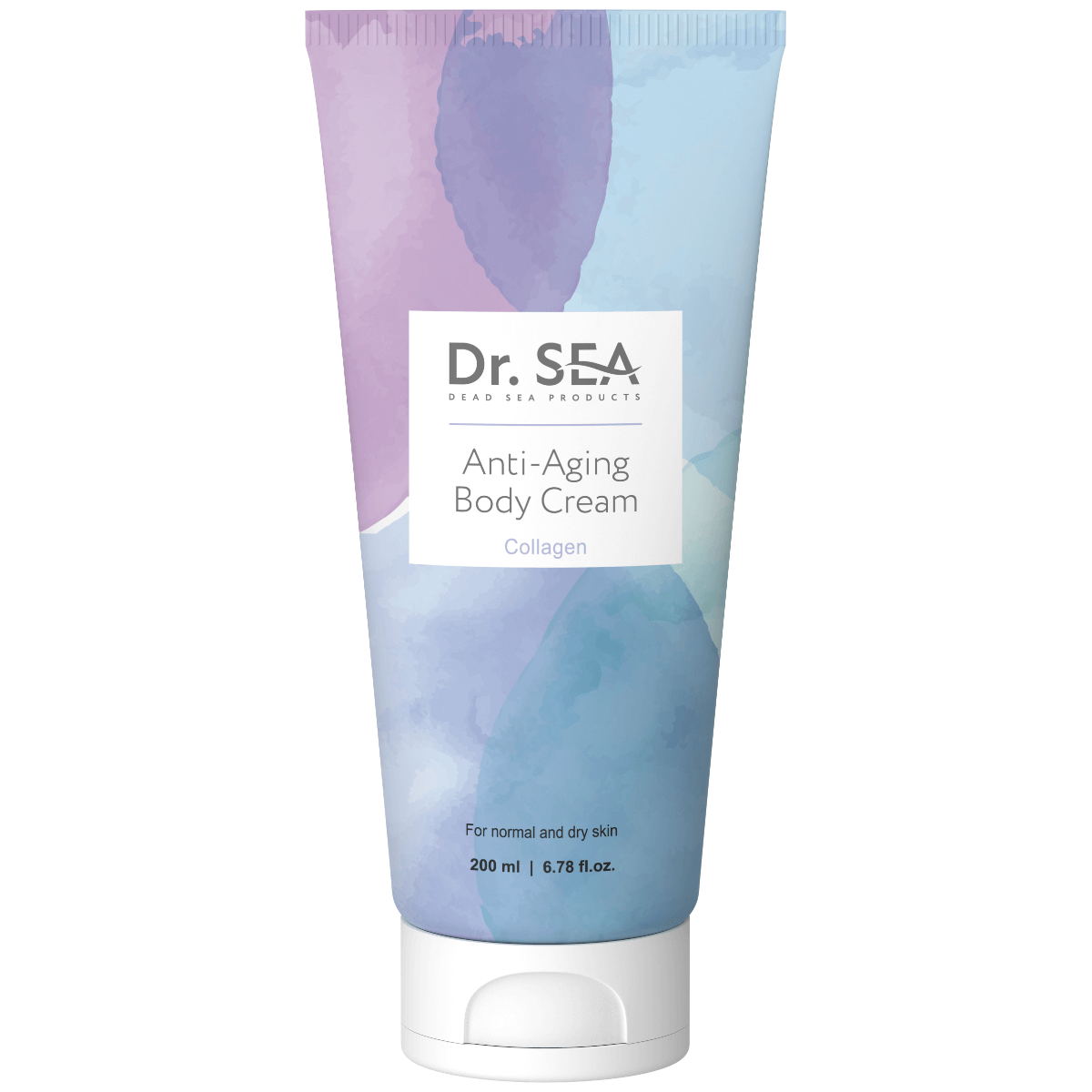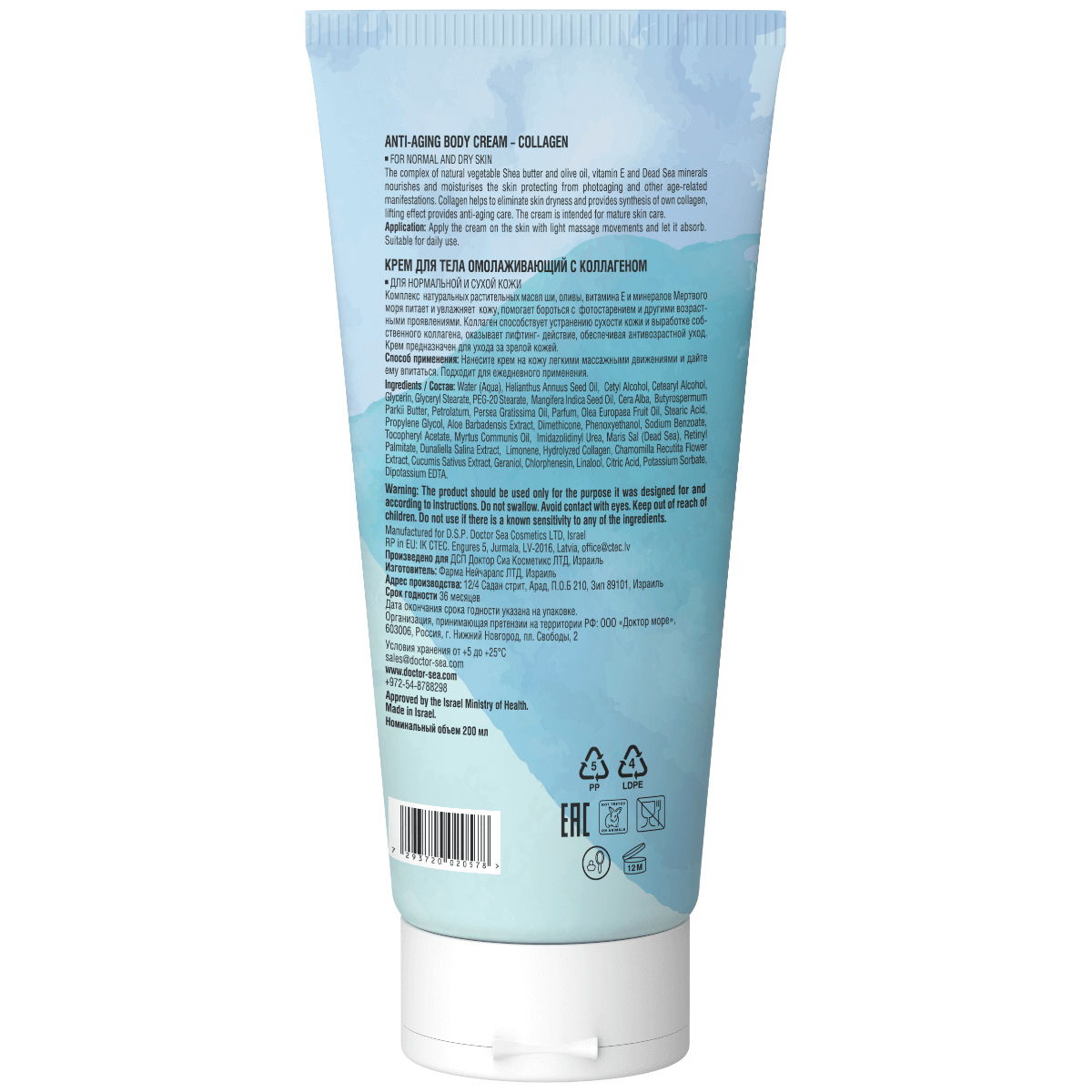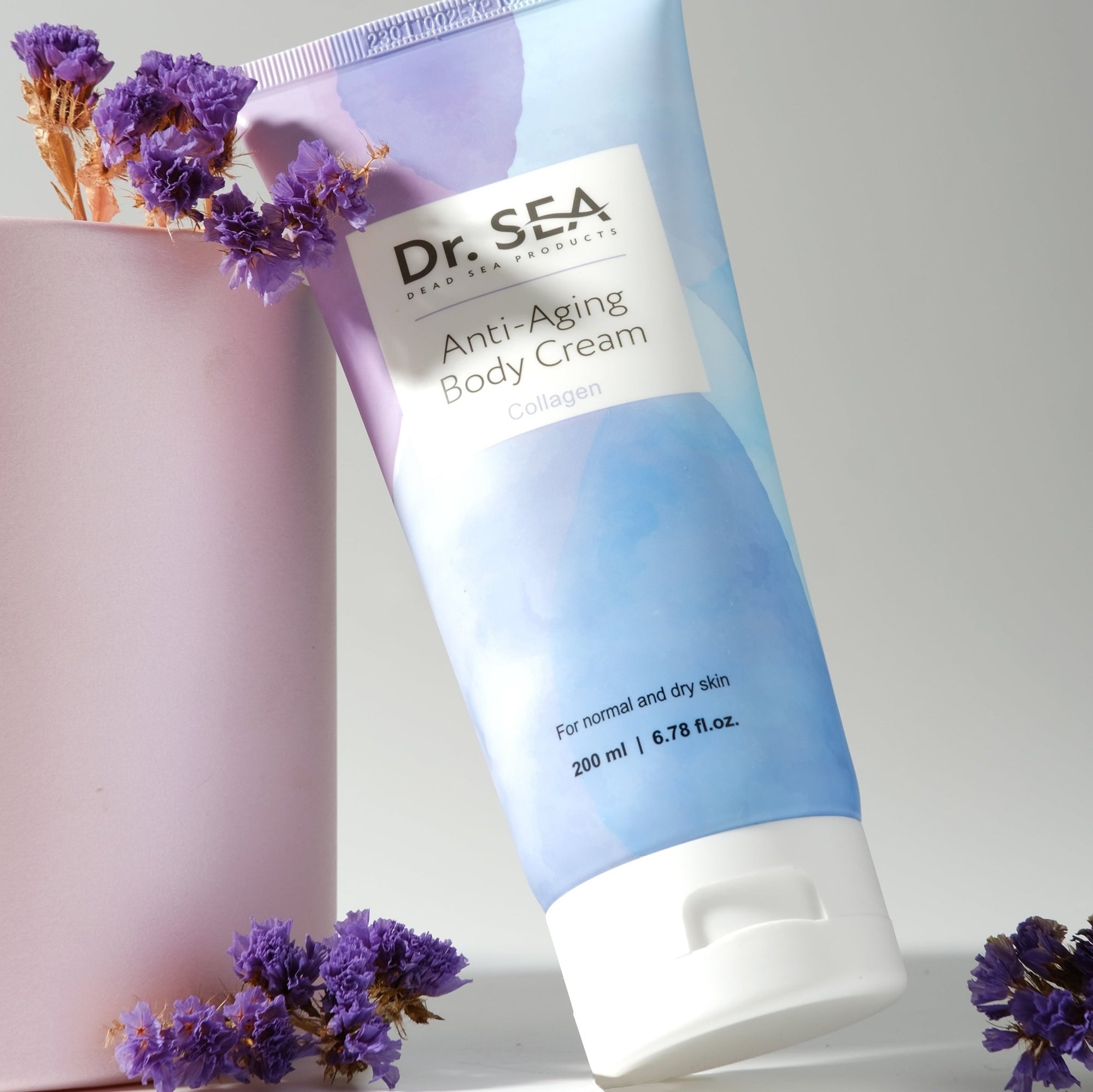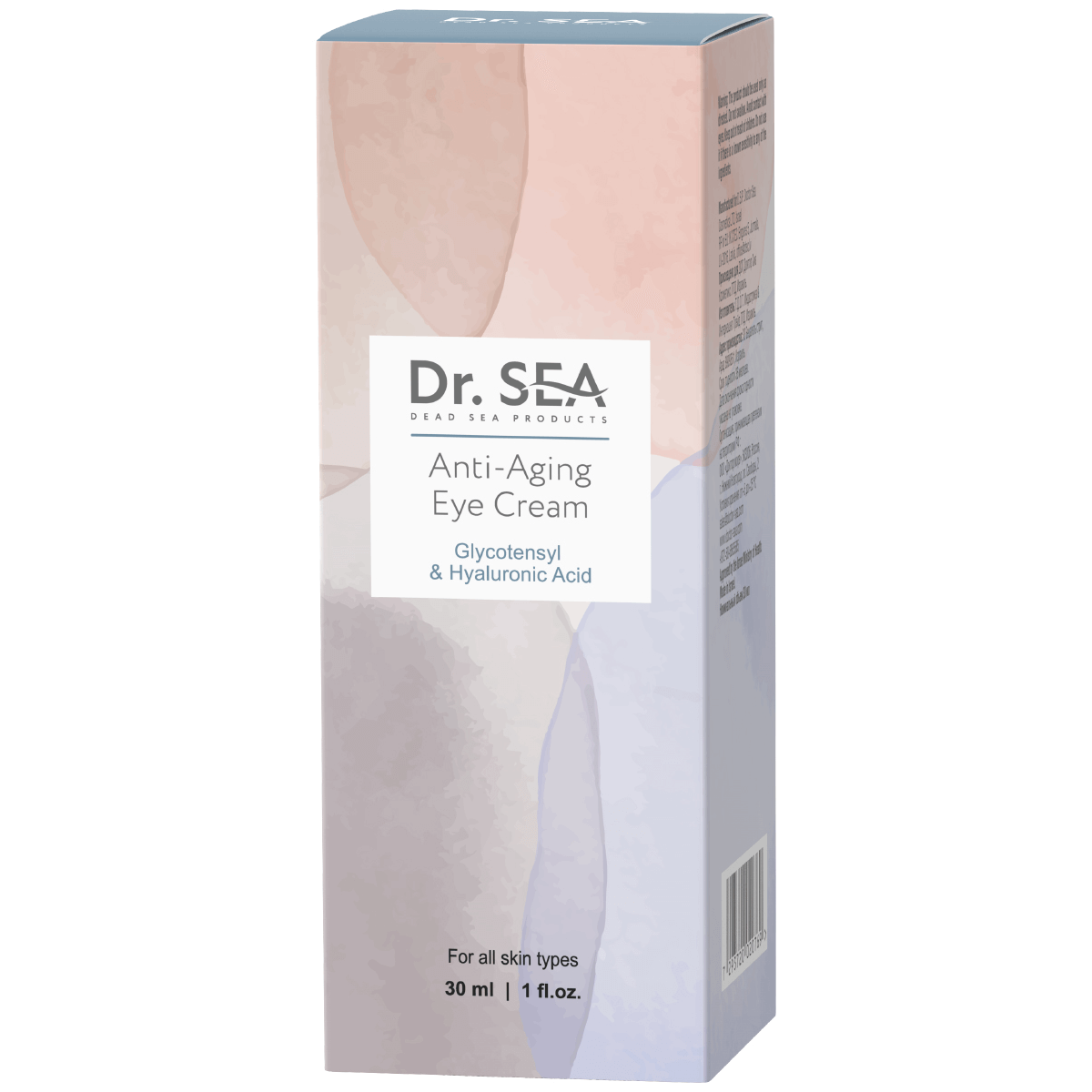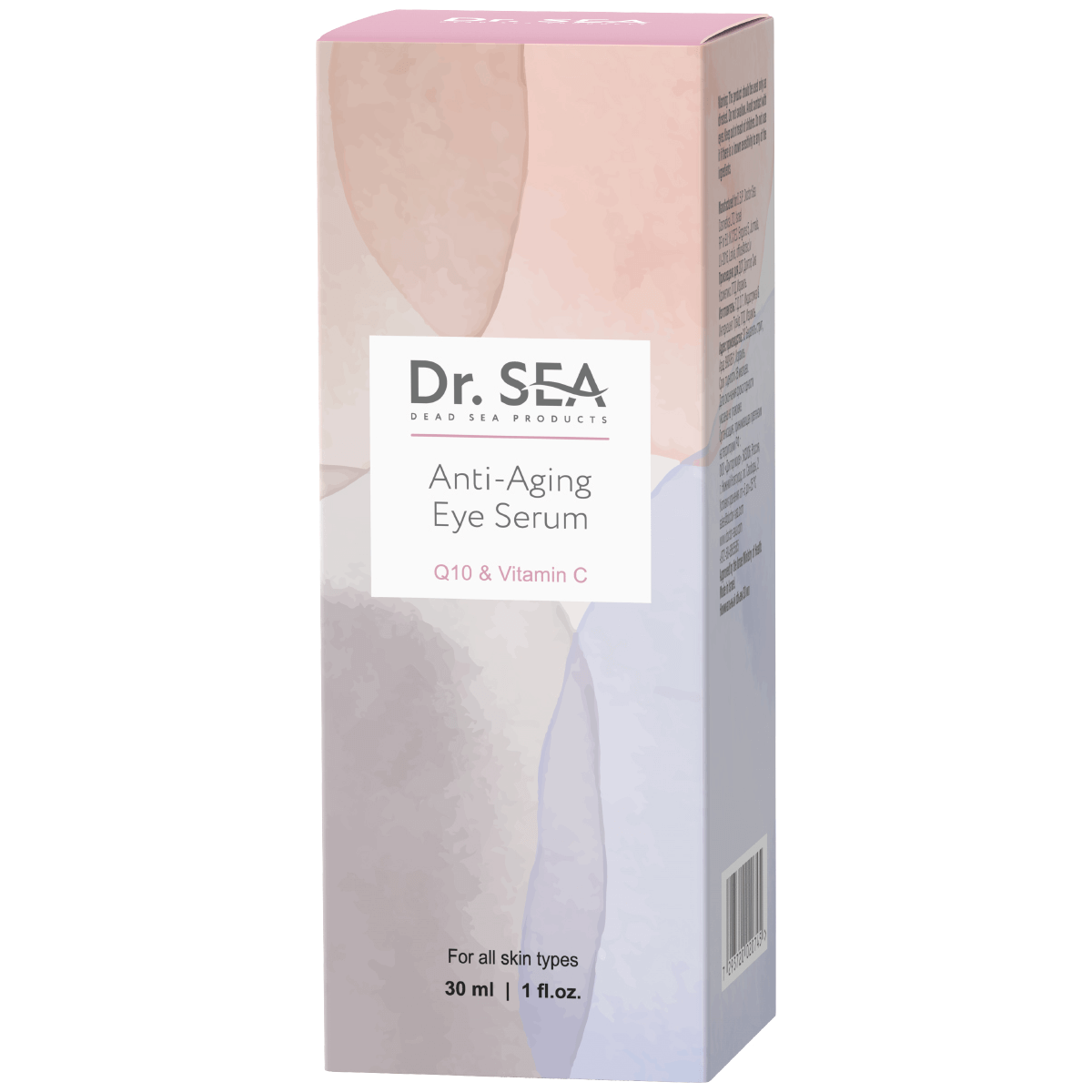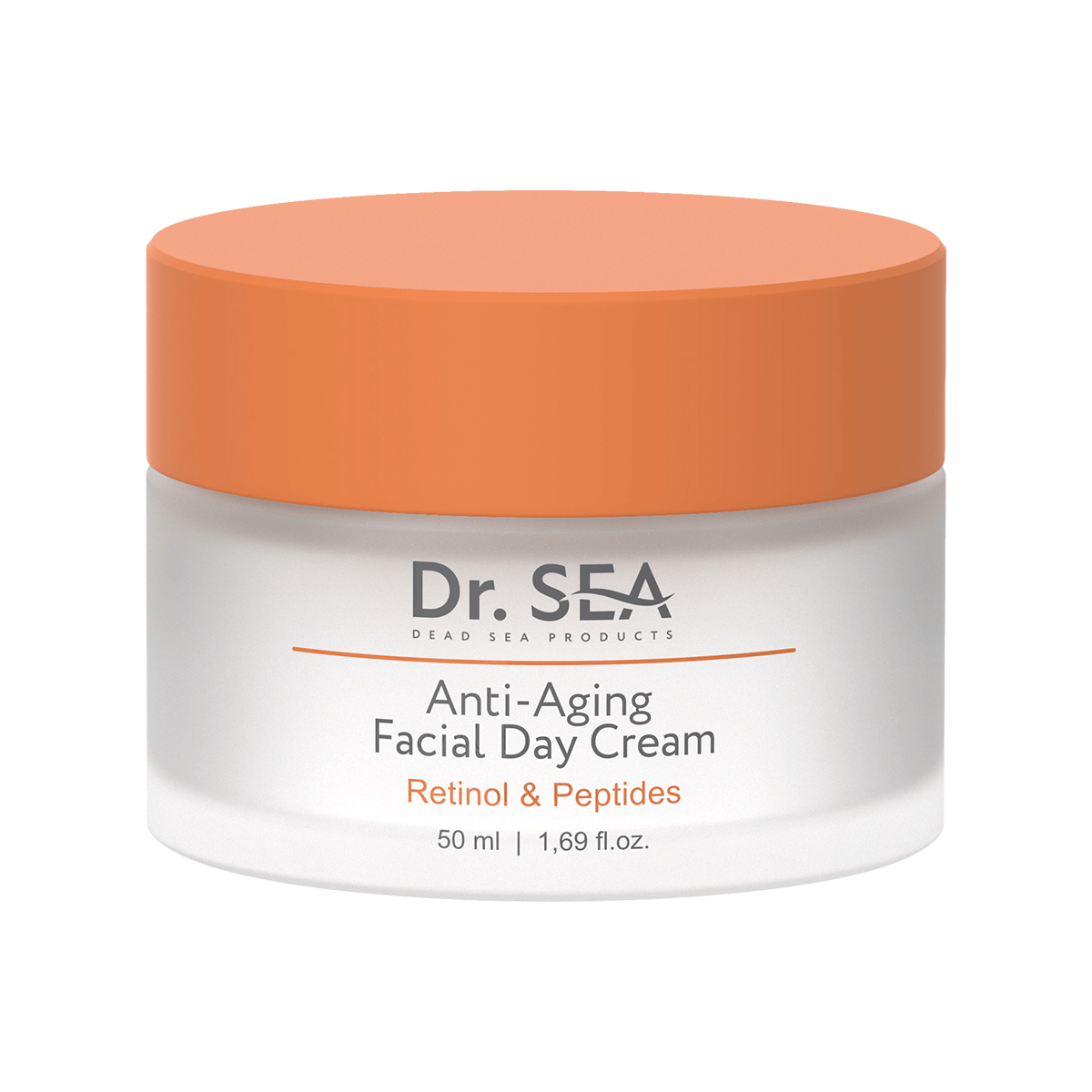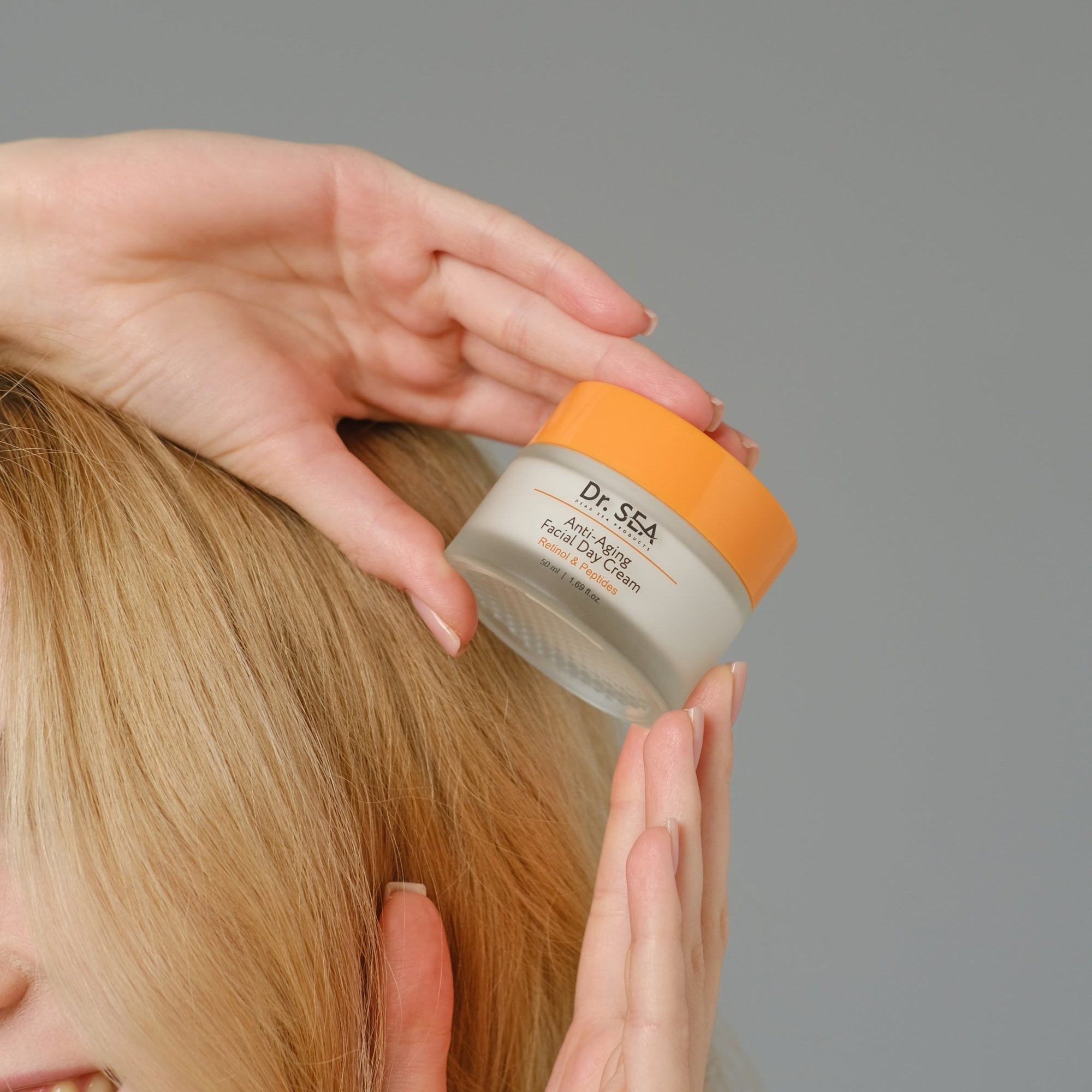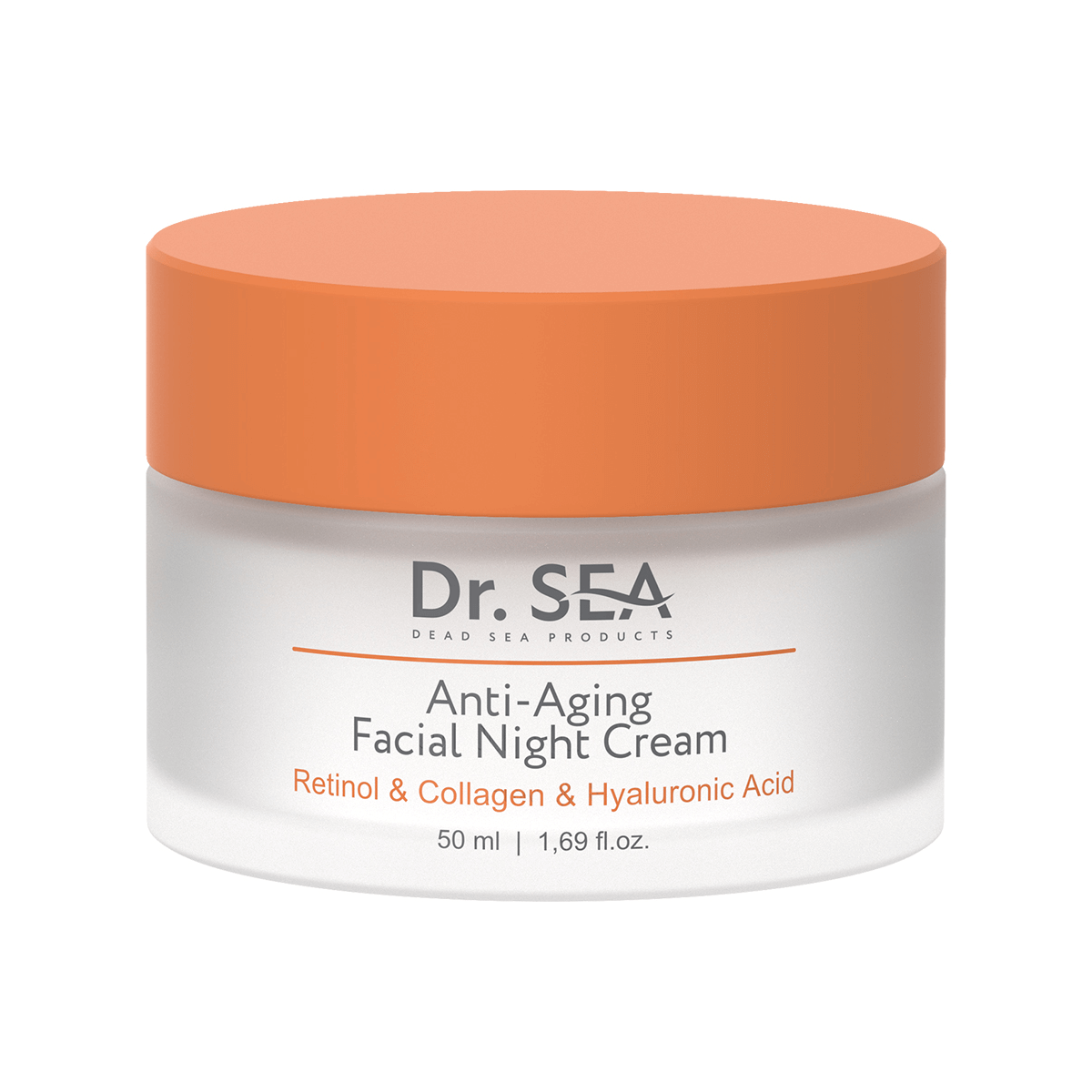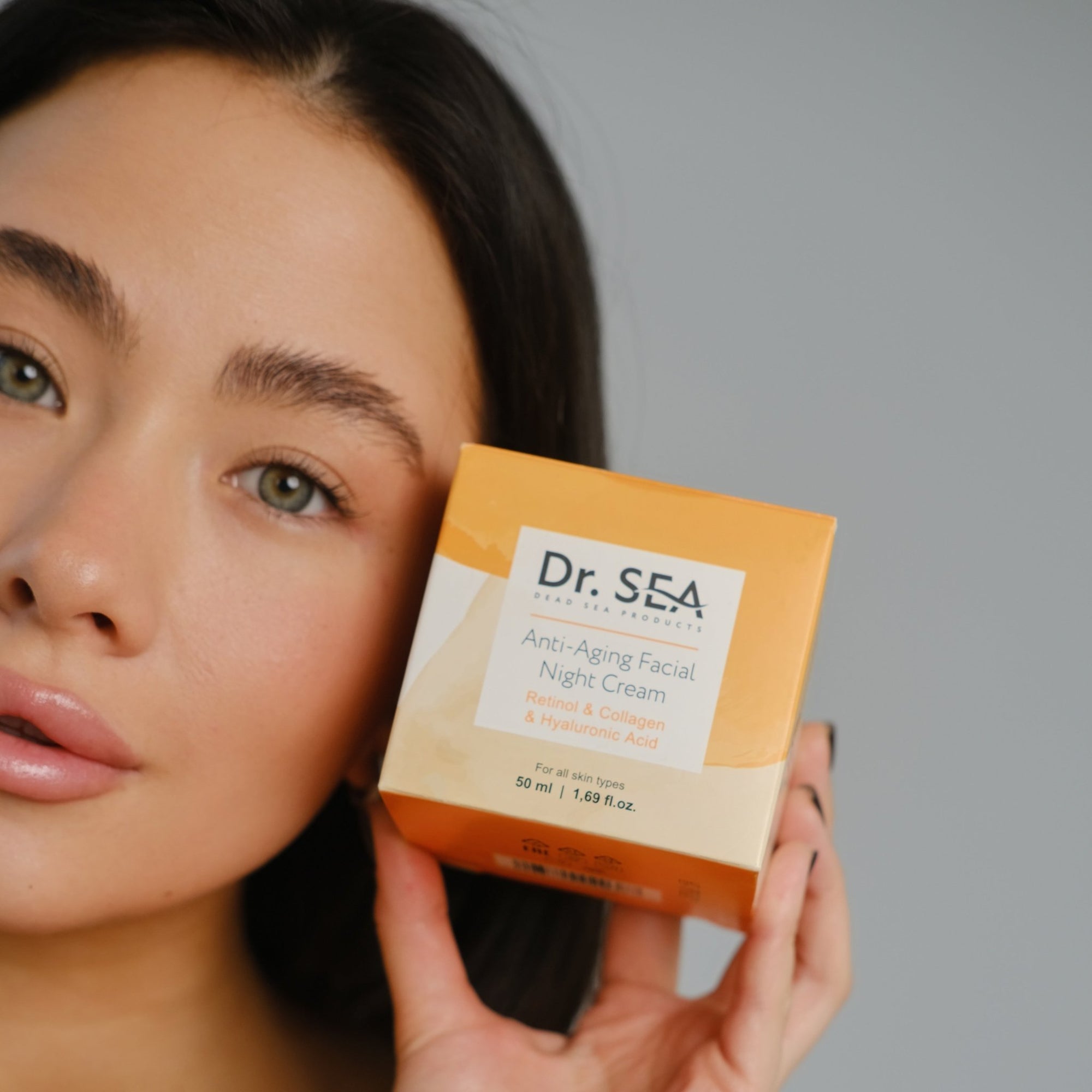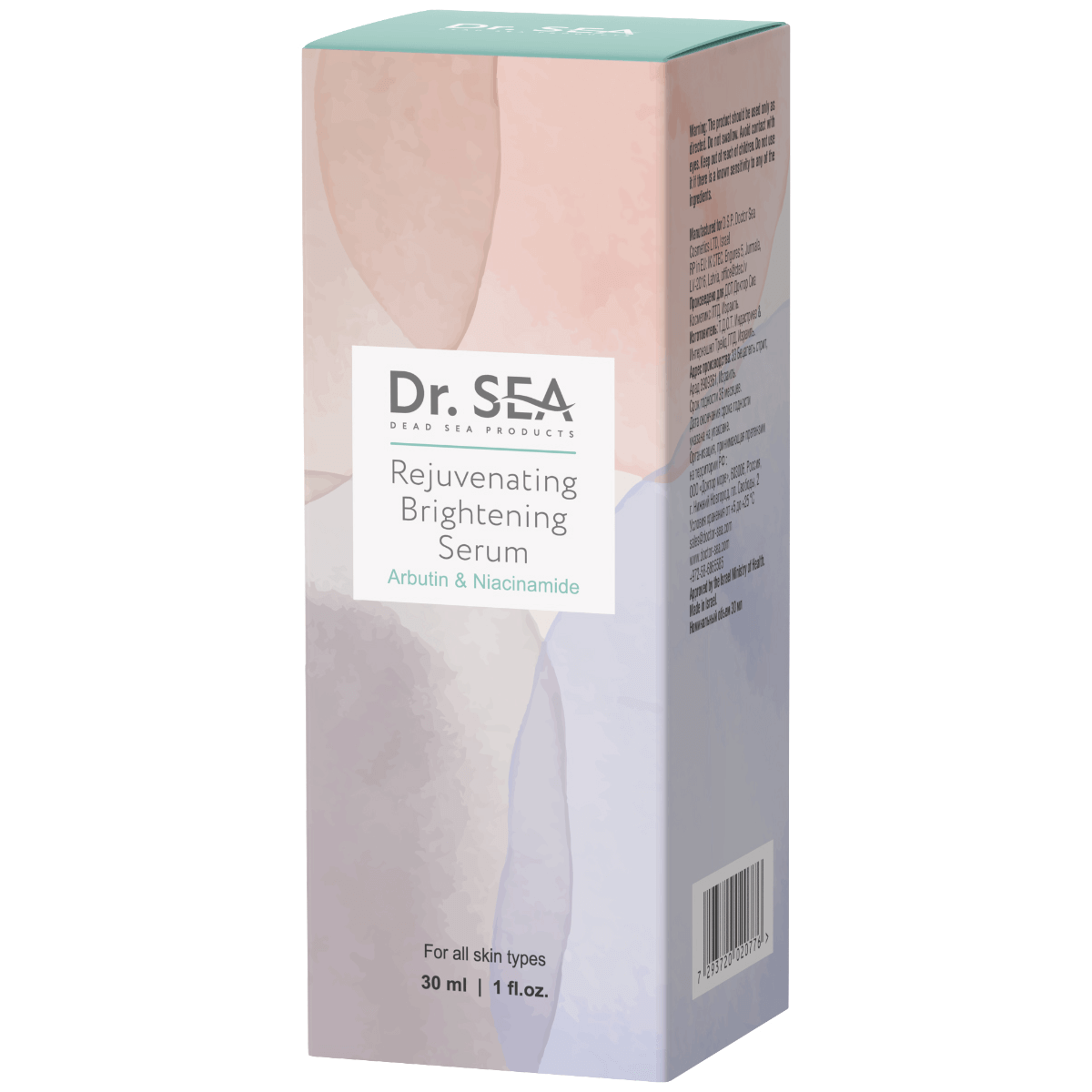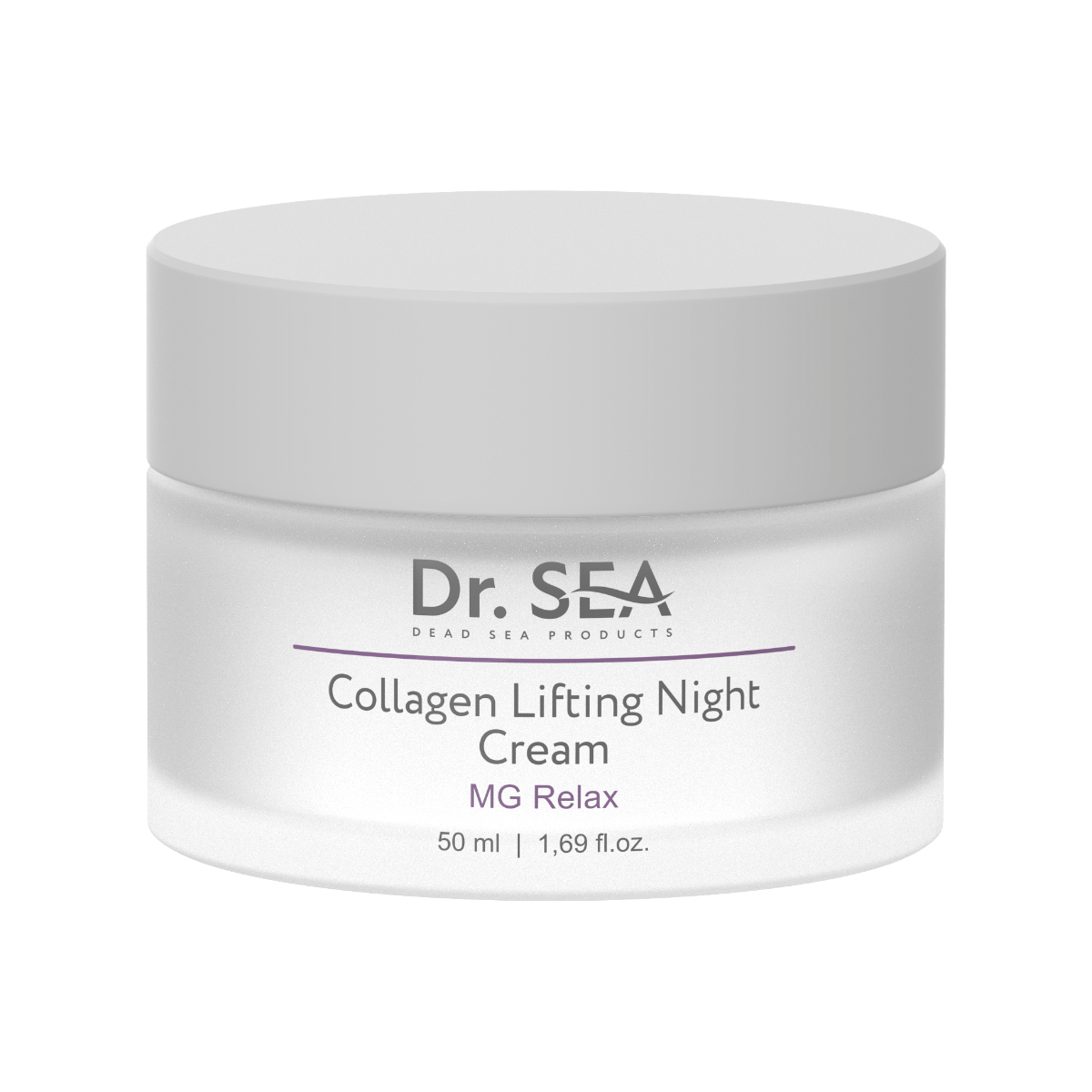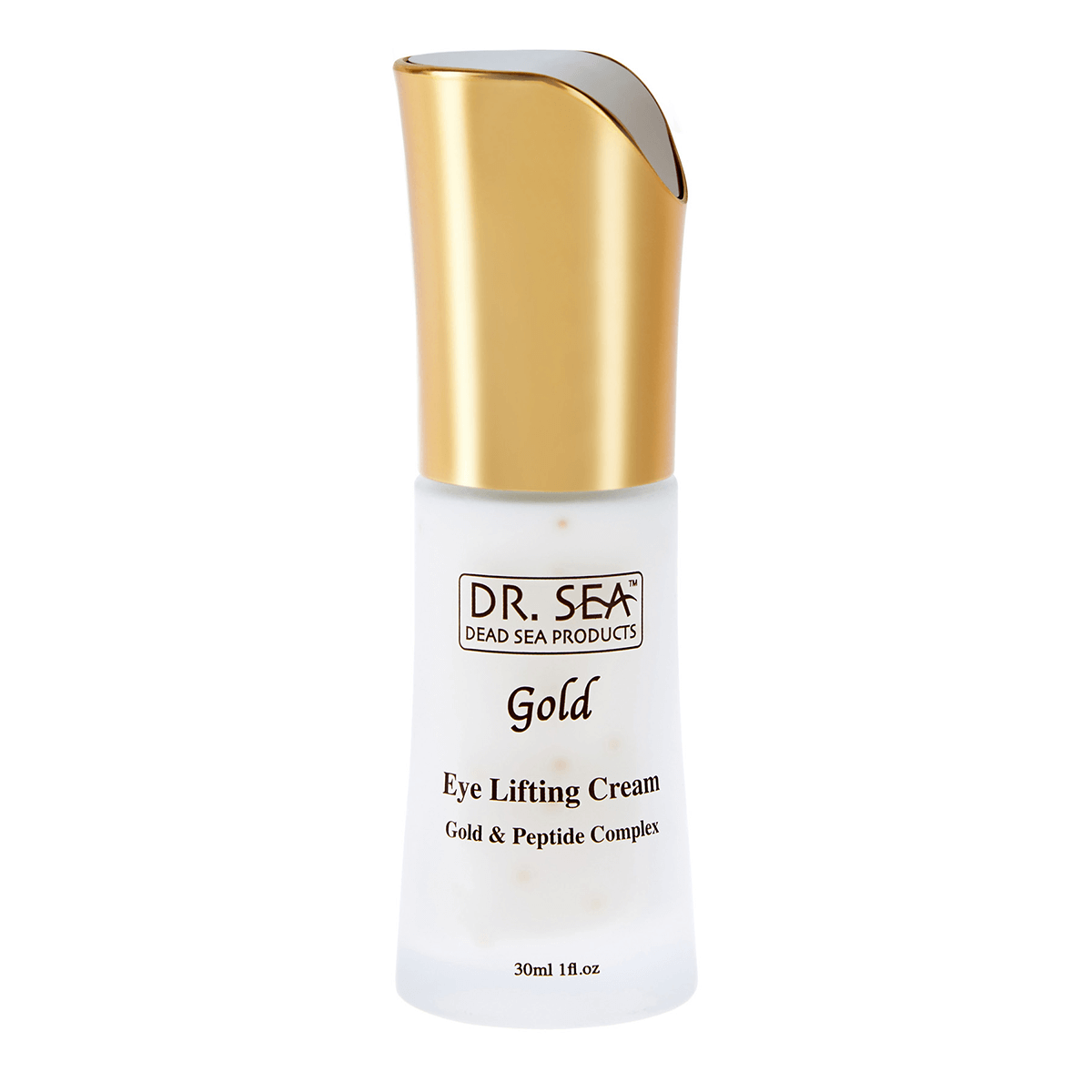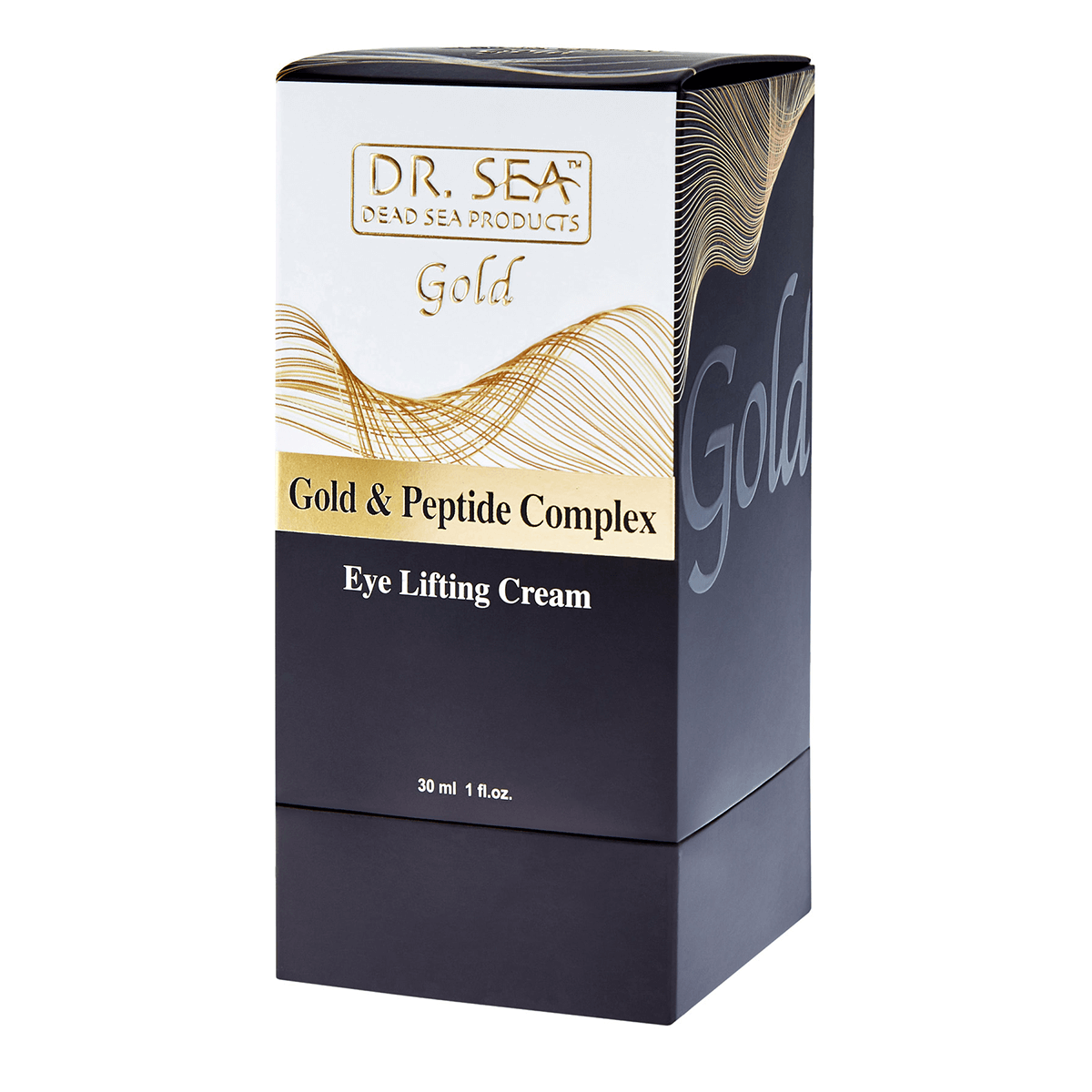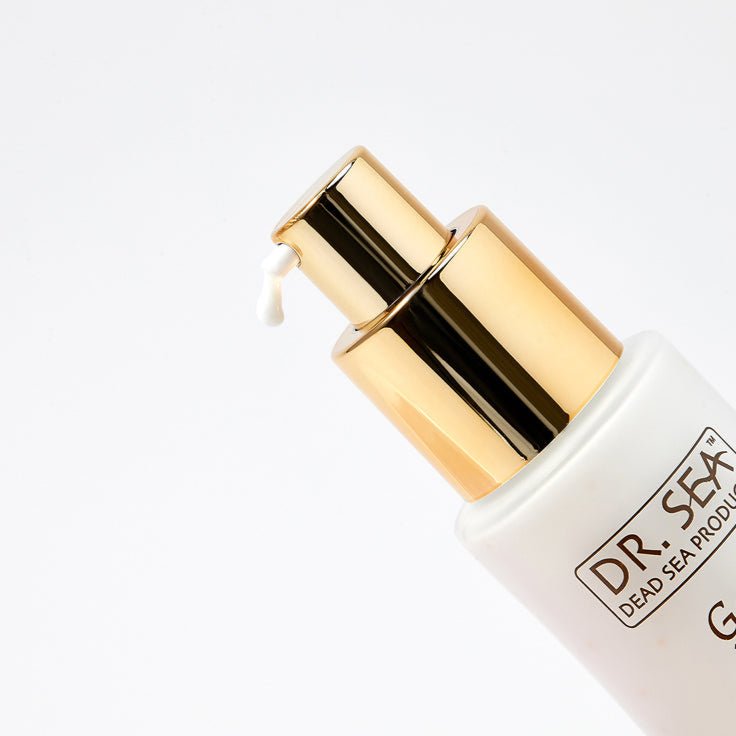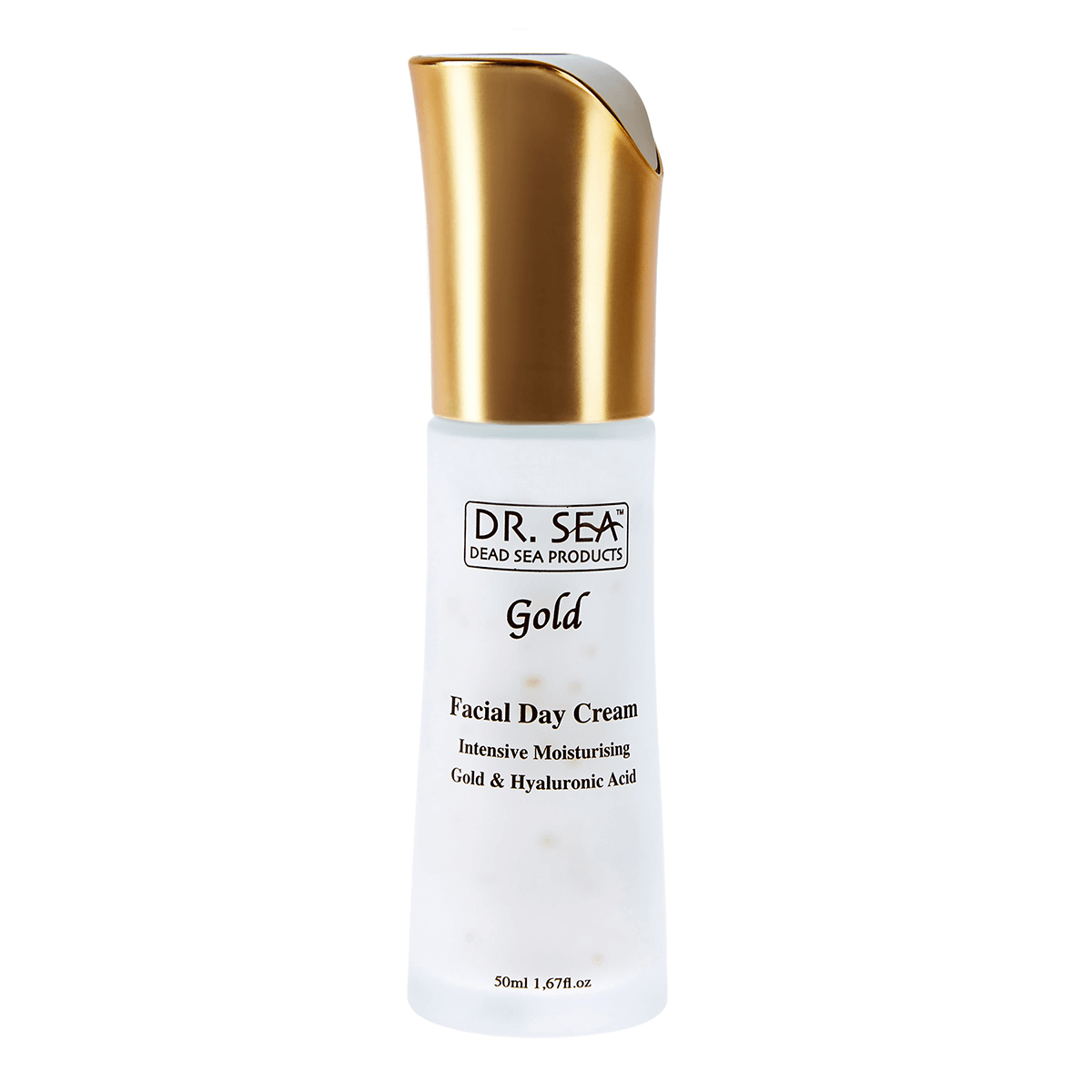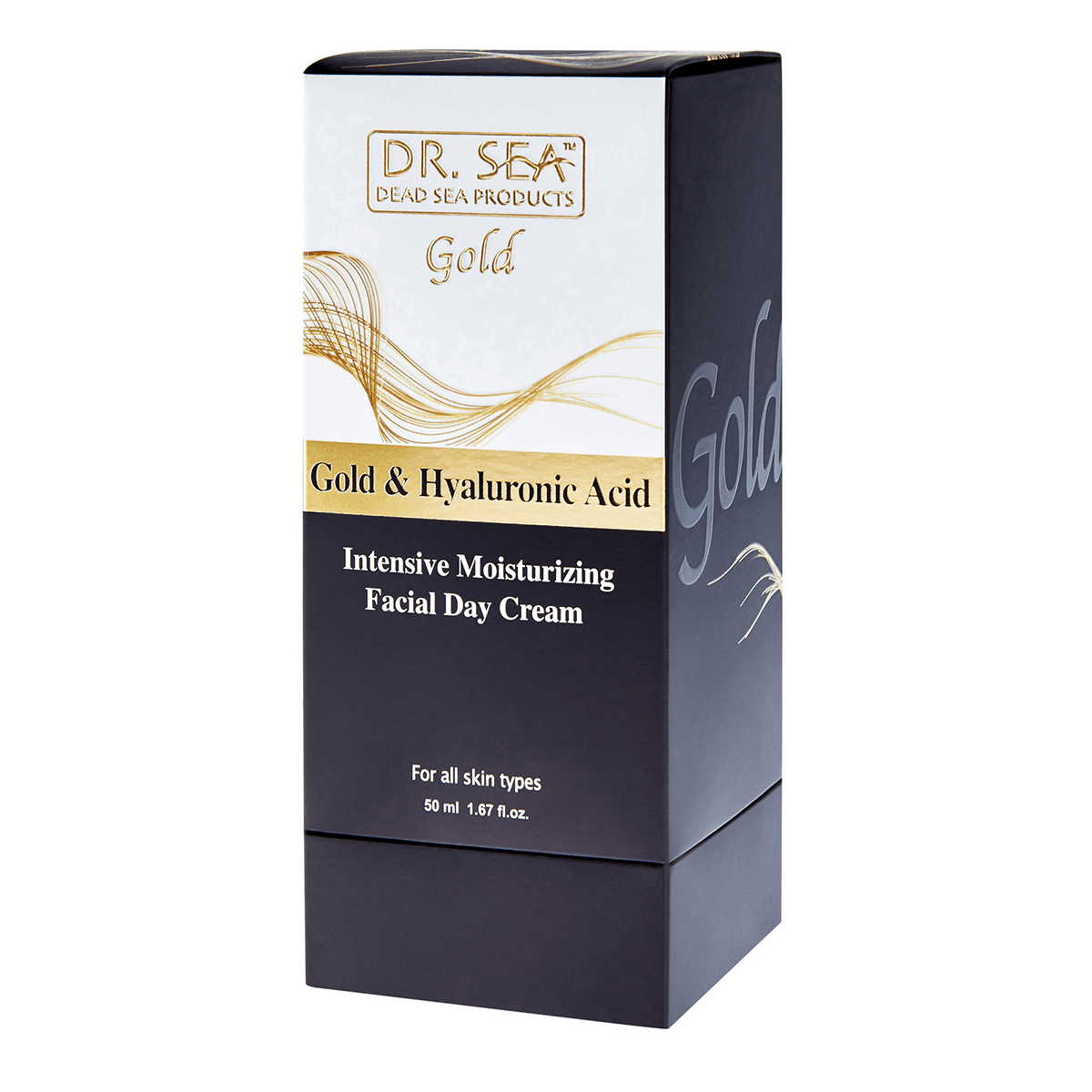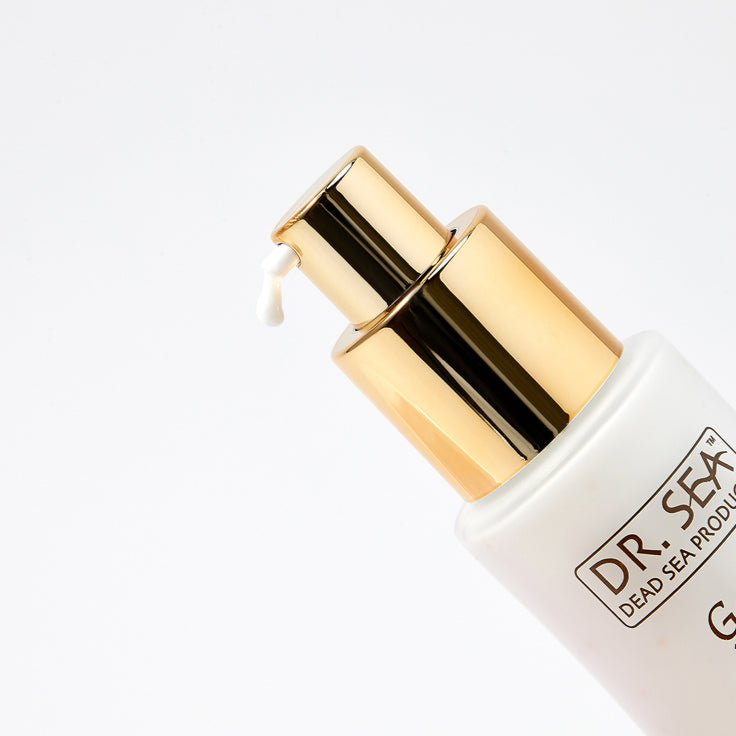Introduction
Fashion has long been a powerful medium transcending mere aesthetics, serving as a voice of identity, resistance, and hope. In the complex and often fraught landscape of Israel, Palestine, and Zionism, fashion statements emerge not only as cultural expressions but as potent unifiers promoting peace, dialogue, and shared humanity. This article explores emblematic fashion statements that inspire unity amid division, underscoring how clothing and symbols become conduits for peace and cultural pride.
Key Facts on Fashion, Symbols, and Peace in Zionist and Palestinian Contexts
- The keffiyeh has symbolized Palestinian resistance and solidarity globally.
- Fashion acts as a medium of political activism, with symbols like the keffiyeh and slogans used to promote peace.
- Collaborative fashion projects, such as 'Two Neighbors,' encourage peace and mutual respect between Israeli and Palestinian artisans.
- High-profile figures like Bella Hadid wear keffiyeh-inspired fashion to raise awareness and show solidarity.
- Symbols like the peace sign and Star of David carry distinct political meanings and are frequently used in activism.
- The fashion industry has promoted peace initiatives like Benetton's campaigns and brands supporting Palestinian resilience.
- Fashion expressions can support Zionist narratives or critique colonial and racial divides, raising ethical debates.
- Cultural symbols, such as tatreez embroidery, preserve Palestinian identity and foster cultural pride through fashion.
- Fashion can advocate for peace and humanitarian aid, exemplified by brands donating proceeds and creating peace-themed garments.
- Ethical issues in fashion concern the appropriation and weaponization of symbols, emphasizing the need for respectful representation.
1. The Keffiyeh: A Symbol of Resistance, Identity, and Global Solidarity
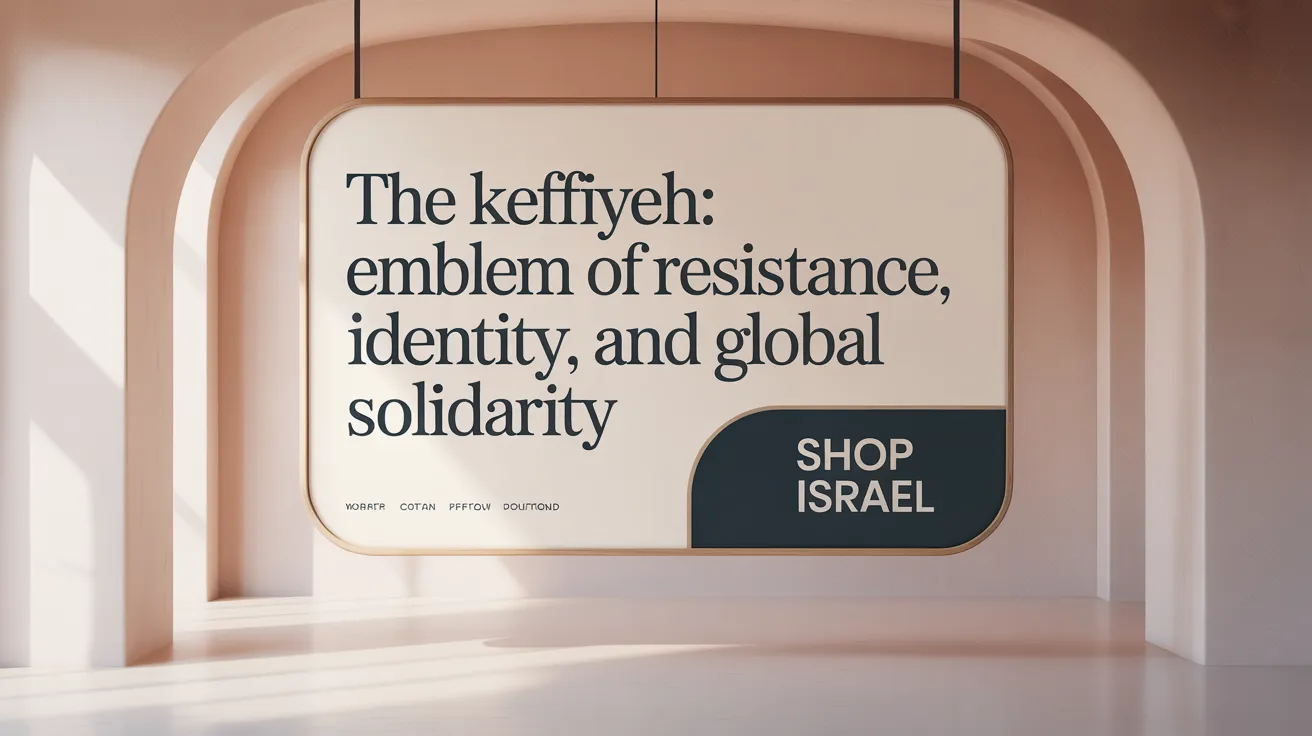
What is the symbolism and cultural significance of fashion statements related to Zionism and peace?
Fashion statements related to Zionism and peace frequently employ symbols like the keffiyeh, olive branches, and Palestinian embroidery, each carrying profound cultural and political messages. The keffiyeh, a traditional Palestinian cotton scarf, has historically symbolized resistance, land attachment, and resilience. It has grown beyond its functional use to become an enduring emblem of Palestinian identity and solidarity worldwide. (The Keffiyeh as a symbol of Palestinian resistance, Keffiyeh traditional Arab head-covering)
During protests and public demonstrations, especially in places like Melbourne, the keffiyeh has been displayed prominently in banners and artwork designed by Palestinian artists and activists. These visual displays serve not only as expressions of resistance but also as calls for unity and peaceful activism. The embroidered details and design elements often include olive leaves and waterways, which symbolize hope, peace, and the struggles of Palestinian land. (Melbourne protests and the Keffiyeh banner, Peaceful co-existence in Israel campaign)
Fashion statements inspired by the keffiyeh—such as clothing, accessories, and high-profile designer pieces—highlight the importance of visual symbolism in conveying political messages. Celebrities like Bella Hadid have worn keffiyeh-inspired dresses at events like Cannes, using their platform to raise awareness and foster global solidarity. (Bella Hadid's Keffiyeh-inspired dress at Cannes, Fashion as Political Expression)
How does fashion serve as a medium for political expression, resistance, and activism in the context of Zionism and Palestinian identity?
Fashion functions as a powerful arena for political expression within the context of Zionism and Palestinian identity. It provides a tangible way for individuals and communities to showcase resistance, cultural pride, and solidarity. Symbols like the keffiyeh are incorporated into clothing, accessories, and performance art, transforming them from mere fashion statements into acts of activism. (Fashion as Political Expression, Fashion and activism)
Palestinian artists such as Aseel Tayah utilize traditional clothes, music, and performance art to tell stories of Palestinian culture and ongoing activism without resorting to violence. Instead, they use their craft to elevate awareness, challenge stereotypes, and promote peace. (Aseel Tayah's use of traditional Palestinian art)
Internationally, fashion campaigns and apparel—like T-shirts with slogans such as 'Free Palestine'—stimulate political discourse and symbolize collective support. Organizations such as the Australian Friends of Palestine Association promote peace and resistance through attire, selling embroidered scarves and T-shirts that carry political messages, fostering a sense of community through shared visual language. (Australian Friends of Palestine Association promoting art and peace, Wear The Peace fashion brand)
The adoption of traditional symbols in contemporary fashion highlights how clothing and accessories serve as accessible forms of protest. For youth and global audiences, these symbols act as wearable flags of resistance, making political statements visible in everyday life. (Role of clothing and accessories in pro-Palestinian activism, Fashion as a tool for dissent)
| Aspect | Examples | Additional Details |
|---|---|---|
| Symbolic garments | Keffiyeh, protest dresses | Used internationally, worn by celebrities and activists (Bella Hadid's Keffiyeh-inspired dress at Cannes, Angelica Mesisca Barrientos' 'Free Palestine' protest dress) |
| Artistic storytelling | Performances, music, traditional clothes | Telling stories of Palestinian culture and resistance (Aseel Tayah's use of traditional Palestinian art) |
| Political campaigns | 'Free Palestine' T-shirts | Raising awareness and solidarity (Political expressions in fashion, Australian Friends of Palestine Association) |
| Cultural organizations | AFOPA and others | Promote peace through art, fashion, and apparel (Australian Friends of Palestine Association promoting art and peace) |
This intersection of fashion, activism, and culture exemplifies how clothing can transcend aesthetics to become powerful symbols advocating for justice, peace, and cultural preservation amid ongoing conflicts. (Fashion as political expression and activism)
2. Collaborative Fashion Initiatives: Threads that Weave Peace across Cultures
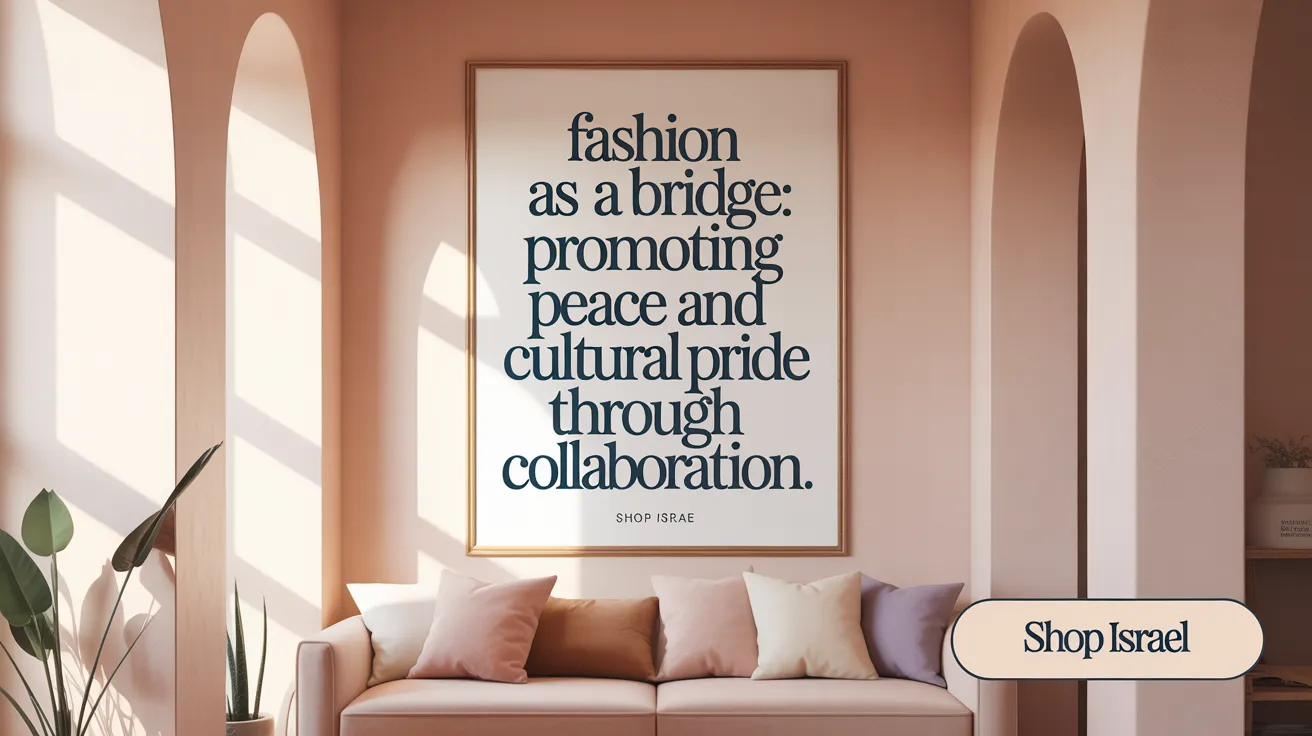
What has been the historical and contemporary role of fashion in promoting peace, unity, and cultural pride among Zionist and Palestinian communities?
Historically, fashion has served as a powerful tool for expression, resistance, and identity for both Zionist and Palestinian communities. During periods of upheaval and conflict, clothing and textiles have been used to symbolise cultural pride and political stance. For example, Palestinian women have employed traditional embroidery, such as tatreez, to preserve and showcase their cultural heritage amidst occupation and violence. This is explored in the role of fashion as political expression and its capacity to act as cultural and political statements in resistance.
In contemporary settings, fashion continues to play a vital role in fostering peace and understanding. Initiatives like 'Two Neighbors' exemplify how collaborative fashion projects can promote unity. This project brings together Palestinian and Israeli seamstresses, highlighting shared creativity and mutual respect. By working together on embroidered garments, they craft a narrative of hope and reconciliation, demonstrating that fashion can transcend political divisions. Such projects showcase fashion promoting peace and cultural understanding.
Fashion acts not only as a medium of cultural expression but also as a catalyst for dialogue and peacebuilding. It helps break down stereotypes and build bridges through shared aesthetic dialogue, fostering empathy and understanding. This is supported by analysis of fashion and activism where symbolism such as the keffiyeh plays a key role in pro-Palestinian expressions and mobilising solidarity.
How do fashion designs incorporate and communicate themes of peace, coexistence, and cultural identity within Zionism and Palestinian activism?
Fashion designs profoundly reflect themes of peace, coexistence, and cultural pride by weaving traditional symbols and craftsmanship into contemporary garments. Palestinian embroidery, like tatreez, is often embroidered onto clothing to symbolize resilience and cultural identity, reinforcing a sense of pride and resistance. This aligns with the broader understanding of fashion as political messages and identity communication through symbolism in dress.
In activist fashion, symbols like the keffiyeh—originally a traditional Palestinian scarf—have been adopted globally as symbols of resistance and solidarity. High-profile events, such as celebrities wearing keffiyeh-inspired dresses (e.g., Bella Hadid), amplify messages of peace and resistance on international stages, as documented in the role of keffiyeh in fashion and activism and its political symbolism explored here.
Collaborative projects, such as the 'Two Neighbors' initiative, integrate these cultural symbols into shared designs, emphasizing harmony and mutual respect. These designs aim to communicate messages of hope, peace, and unity, illustrating how cultural identity can be celebrated and shared to promote peaceful coexistence.
Fashion’s semiotics—colors, symbols, embroidery patterns—are carefully chosen to convey complex messages. Bright colors and traditional motifs reinforce cultural pride, while symbols of peace, like olive branches or doves, are incorporated to symbolize hope for reconciliation. This is part of a wider tradition of fashion as a form of protest and expression and the history of peace symbols in fashion.
Through these artistic expressions, fashion becomes an accessible, impactful means to nurture understanding, challenge stereotypes, and promote enduring peace between communities historically marked by conflict. Such transformative uses of fashion reject colonial erasures and highlight the political importance of cultural resistance, as detailed in discussions on colonialism and sustainable fashion and fashion’s role in cultural and political identity.
Symbols and Their Political Implications in Fashion
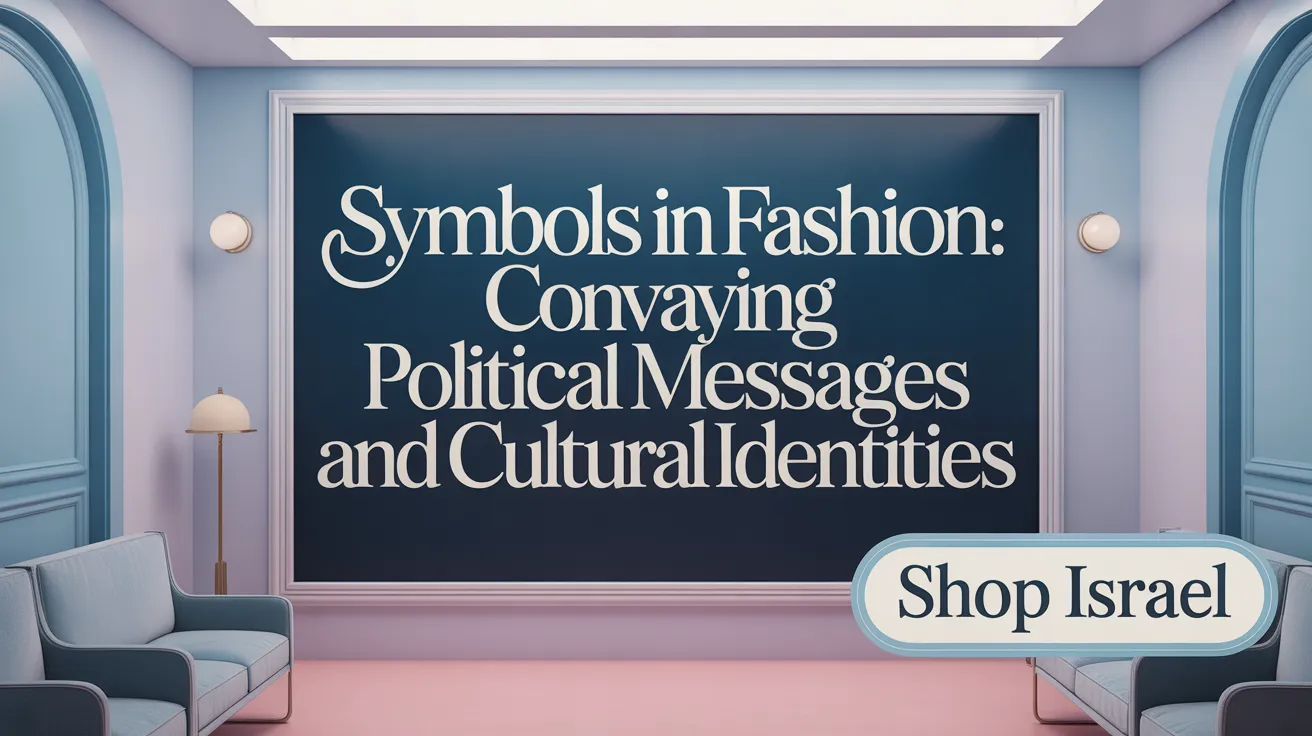
Fashion has long been a platform for expressing political beliefs and cultural identities through the use of symbols. Among these, the peace sign and Zionist-related icons carry profound political connotations that influence their use in clothing and accessories.
The peace sign, originally designed in 1958 by Gerald Holtom for the British nuclear disarmament movement, has transcended its initial context to become a universal emblem of anti-war sentiment. Its distinctive circular shape with intersecting lines is instantly recognizable and has been extensively adopted in fashion during protests and social movements, such as the hippie era of the 1960s. The symbol’s widespread popularity in jewelry, T-shirts, and accessories exemplifies how fashion can serve as a visual plea for harmony and global peace (50 years of the peace symbol, Hippie movement of the 1960s).
Conversely, symbols associated with Zionism—such as the Israeli flag, the Star of David, or other related icons—have complex political implications when integrated into fashion. These icons often represent Jewish identity and support for Israel's sovereignty. Their use can be a statement of cultural pride, political stance, or solidarity. However, they can also provoke controversy depending on the context, especially when used in protests or fashion items that comment on the Israeli-Palestinian conflict (Keffiyeh traditional Arab head-covering, Jewish contribution to fashion).
The use of these symbols in fashion acts as a form of activism. They communicate messages about political alignment, resistance, or social justice. For example, wearing a keffiyeh, a traditionally Palestinian scarf, has historically symbolized Palestinian resistance and solidarity. When celebrities or protesters wear such items, they amplify political messages that challenge mainstream narratives and draw attention to ongoing conflicts (Fashion and activism, Wear The Peace fashion brand).
In summary, symbols like peace signs and Zionist icons are powerful tools within fashion to express political and cultural identities. Their deployment varies—from promoting peace and anti-war messages to asserting support or protest regarding national and religious affiliations—highlighting fashion’s role as a subtle yet impactful form of activism (Fashion as Political Expression, Fashion as political expression).
Fashion Industry Responses to the Israeli-Palestinian Conflict
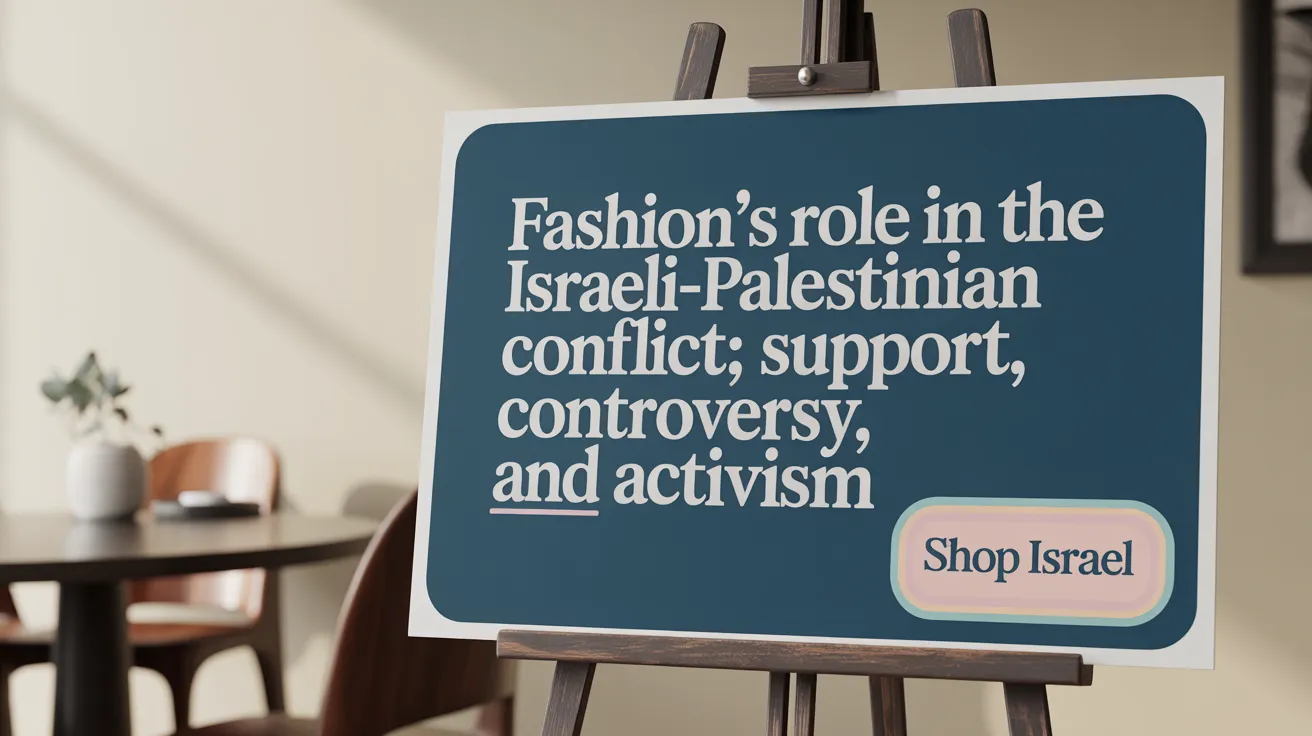
What influence has the fashion industry had in response to social and political conflicts involving Israel and Palestine?
The fashion industry has played a notable role in reflecting and shaping societal attitudes towards the Israeli-Palestinian conflict. Many brands, designers, and organizations have engaged in political expression through apparel and campaigns.
Some initiatives aim to promote peace and solidarity. For example, campaigns like Benetton’s "Peaceful co-existence in Israel" featured photographs portraying Arabs and Jews living harmoniously. These images, taken by Oliviero Toscani, emphasized everyday human connection across racial and religious divides, distributing over 5 million copies worldwide to foster hope.
Supporting Palestinian causes, brands like "Wear The Peace" have utilized fashion as a humanitarian tool. Founded by Murad Nofal and Mustafa Mabruk, the brand donates all profits from accessories and employs a ‘buy one, give one’ scheme to aid refugees in Palestinian territories. Their apparel, featuring slogans like "PEACE" and "HUMAN," sparks conversations around diplomacy and resistance.
However, the industry’s responses are not without controversy. Some fashion entities have faced pressure to distance themselves due to political sensitivities. In 2023, a global fashion brand threatened to withdraw funding unless a prominent advocate ceased speaking about Palestine, highlighting political influence over industry decisions.
Designers and artists have also used clothing as protest. For instance, dresses emblazoned with slogans like ‘Free Palestine’ are worn during events to draw attention when words are censored, turning fashion into a bold statement of activism. This role of clothing and accessories in pro-Palestinian activism is analyzed in "Fashioned for Activism: The Role of Art in Pro-Palestinian Expressions".
While some brands maintain neutrality or focus on humanitarian aid, others openly support one side, engaging in debates about ethics and advocacy. These actions demonstrate the power of fashion not just as commerce but as a form of political and social commentary. The broader discussion on fashion as a political expression is detailed in "Fashion as a form of Political Expression".
| Brand/Initiative | Type of Support | Main Activities | Impact on Discourse |
|---|---|---|---|
| Benetton’s Peace Campaign | Peace advocacy | Photo campaigns, promoting coexistence | Fostered global dialogue on peace |
| Wear The Peace | Humanitarian fashion | Donations, slogans supporting Palestine | Increased awareness of refugee issues |
| Celebrities & Protest Fashion | Symbolic activism | Wearing Keffiyehs, slogans like 'Free Palestine' | Amplified Palestinian voice in high-profile spaces |
Overall, the fashion industry exerts considerable influence in both supporting peace initiatives and igniting debates about ethics and political responsibilities, making it a significant player in the broader societal responses to the Israeli-Palestinian conflict.
Ethical Dimensions and Critiques within Fashion Related to Zionism
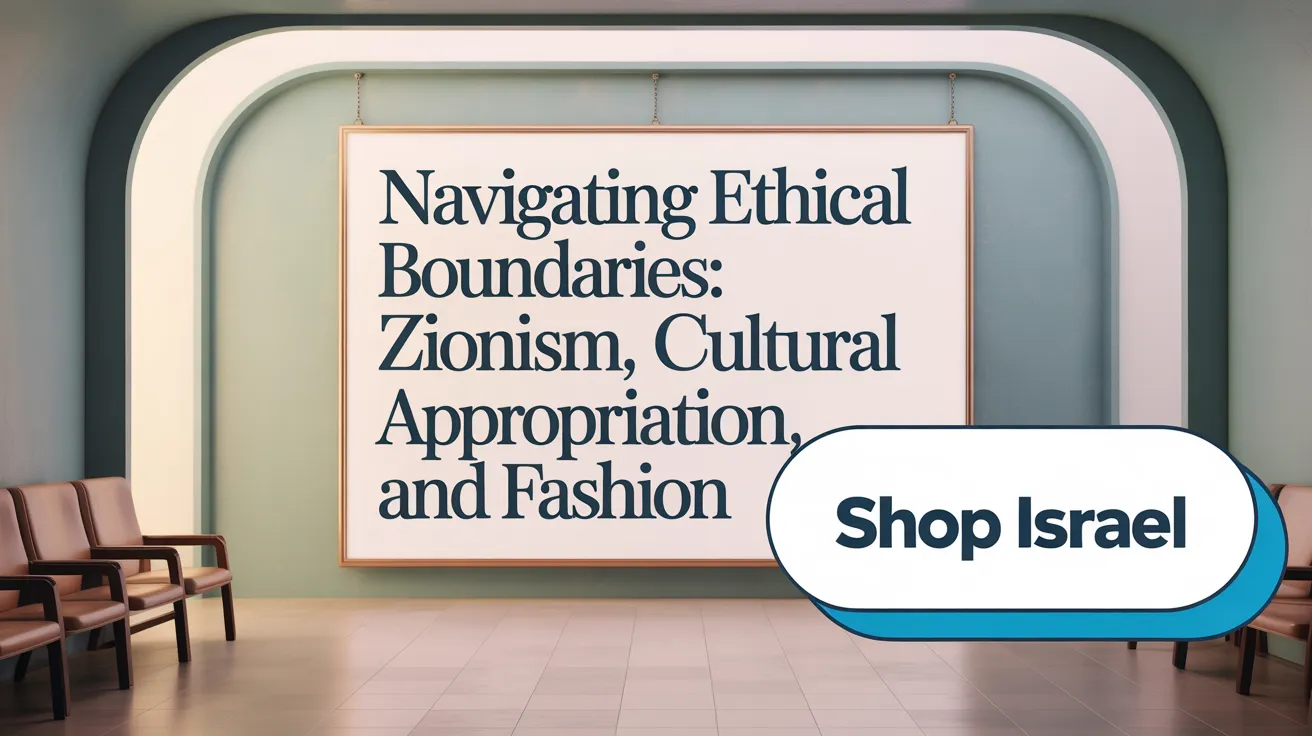
Fashion has long served as a powerful platform for expressing political, cultural, and social identities. When it comes to supporting or critiquing Zionist policies and movements, fashion’s role becomes complex and layered, involving issues of cultural representation, power dynamics, and ethics.
One prominent aspect is how fashion supports Zionist narratives through symbols and imagery. The keffiyeh, for instance, originally a traditional Palestinian garment and symbol of resistance, has at times been appropriated or weaponized within fashion to signify political allegiance. Its adoption by Western designers and celebrities can be viewed as either solidarity or cultural misappropriation, raising questions about respect, context, and power (The Keffiyeh as a symbol of Palestinian resistance, Keffiyeh traditional Arab head-covering).
Critics also argue that some fashion expressions implicitly endorse settler colonialism and racial segregation, reinforcing political divides. For example, the use of clothing and symbols that highlight territorial claims—like garments bearing slogans or motifs related to specific narratives—might unintentionally support a monolithic or exclusionary view of land and identity, thus perpetuating colonialist dynamics (Sustainable Fashion and Colonialism, Fashion as Political Expression).
From an ethical standpoint, fashion supporting Zionist policies often challenges notions of cultural appropriation and racial justice. The debate centers on whether fashion can act as a form of resistance or if it inadvertently becomes a tool of normalization for problematic policies. Through garments, slogans, and design choices, fashion can critique or endorse the status quo, serving as a reflection of the underlying power structures (Using fashion for political expression, Fashion and activism).
In essence, fashion’s engagement with Zionism involves navigating complex territory—highlighting the importance of respectful representation, awareness of historical context, and the acknowledgment of its influence as both a tool for activism and a potential instrument of cultural erasure. The ethical challenge lies in fostering fashion that promotes dialogue and understanding while resisting complicity in colonial and racial injustices (Fashion as political emancipation, Fashion as a form of protest).
Fashion as Advocacy and Humanitarian Messaging
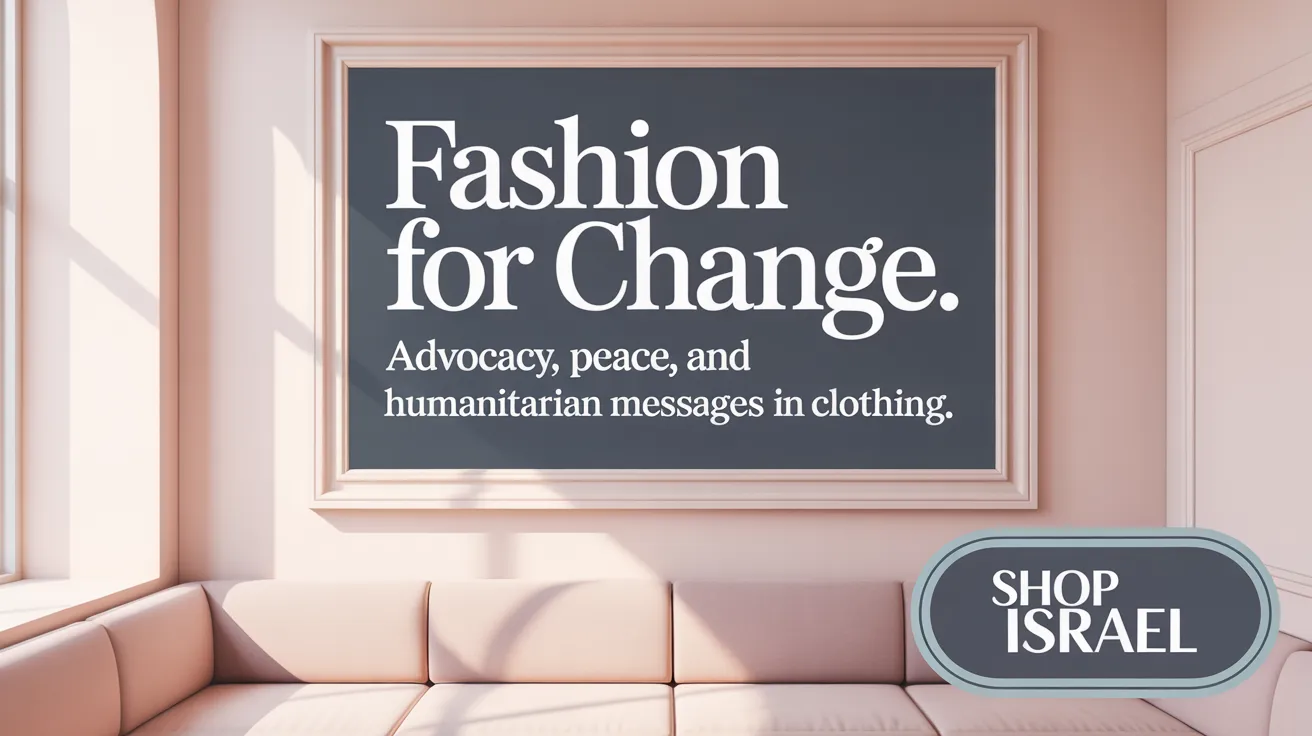
Fashion serves as a powerful platform for advocacy, fostering dialogue, and supporting humanitarian causes. Many initiatives leverage clothing and accessories to raise awareness, fund relief efforts, and promote cultural understanding.
One notable example is Wear The Peace, a brand founded by Murad Nofal and Mustafa Mabruk, which emphasizes peace and humanitarian aid through its apparel. Since its inception in 2016, it has donated over $720,000 to charities supporting Palestinian children and refugees. The brand uses simple designs like hoodies and caps with slogans such as 'PEACE' and 'HUMAN', adopting a 'buy one, give one' model to directly aid displaced populations.
Another impactful project is Valentino’s Peace Dress, a white gown embroidered with the word 'peace' in fourteen languages. Originally created during the Gulf War to promote unity, it has become an iconic symbol of peace advocacy, used in subsequent campaigns advocating hope beyond conflict.
Fashion initiatives also focus on cultural preservation and sustainability as means of activism. Céline Semaan's work, for example, includes a silk scarf depicting Gaza lit by explosions, which funds dignity kits for women in displaced communities. Her efforts extend to organizing fashion events that highlight Palestinian and Lebanese craftsmanship, emphasizing sustainable practices and honoring cultural identity.
Collaboration between designers and community organizations further demonstrates how fashion can serve diplomatic and humanitarian goals. These projects employ apparel as a medium not only for raising funds but also for sparking conversations on peace, justice, and cultural resilience.
| Initiative | Focus Area | Impact | Example |
|---|---|---|---|
| Wear The Peace | Peace and refugee support | Over $720,000 donated | Apparel with slogans, 'buy one give one' model |
| Valentino’s Peace Dress | Symbol of peace advocacy | Symbolizes unity in conflicts | 'Peace' in fourteen languages embroidered |
| Céline Semaan’s Projects | Cultural preservation, sustainability | Funds for displaced women, crafts promotion | Scarves depicting Gaza, sustainable fashion events |
| Collaborative Campaigns | Dialogue and diplomacy | Promote understanding and peace | Art-fashion fusion initiatives |
Fashion’s ability to communicate messages of peace, support vulnerable communities, and preserve cultural heritage makes it an essential tool for advocacy and humanitarian messaging. By wearing and sharing meaningful apparel, individuals and organizations continue to challenge conflict and promote resilience worldwide.
Conclusion
Fashion remains a vibrant and powerful medium that transcends conflict, offering opportunities for cultural expression, political activism, and the promotion of peace between Zionist and Palestinian communities. Through iconic symbols, cross-cultural collaborations, and humanitarian initiatives, fashion weaves narratives of resistance, coexistence, and shared identity. These statements not only evoke cultural pride but foster dialogue and unity in spaces often marked by division. As fashion continues to evolve, its role as a unifier and advocate for peace becomes increasingly significant, reminding us of the profound capacity of clothing to speak beyond words and build bridges where politics might fail.
